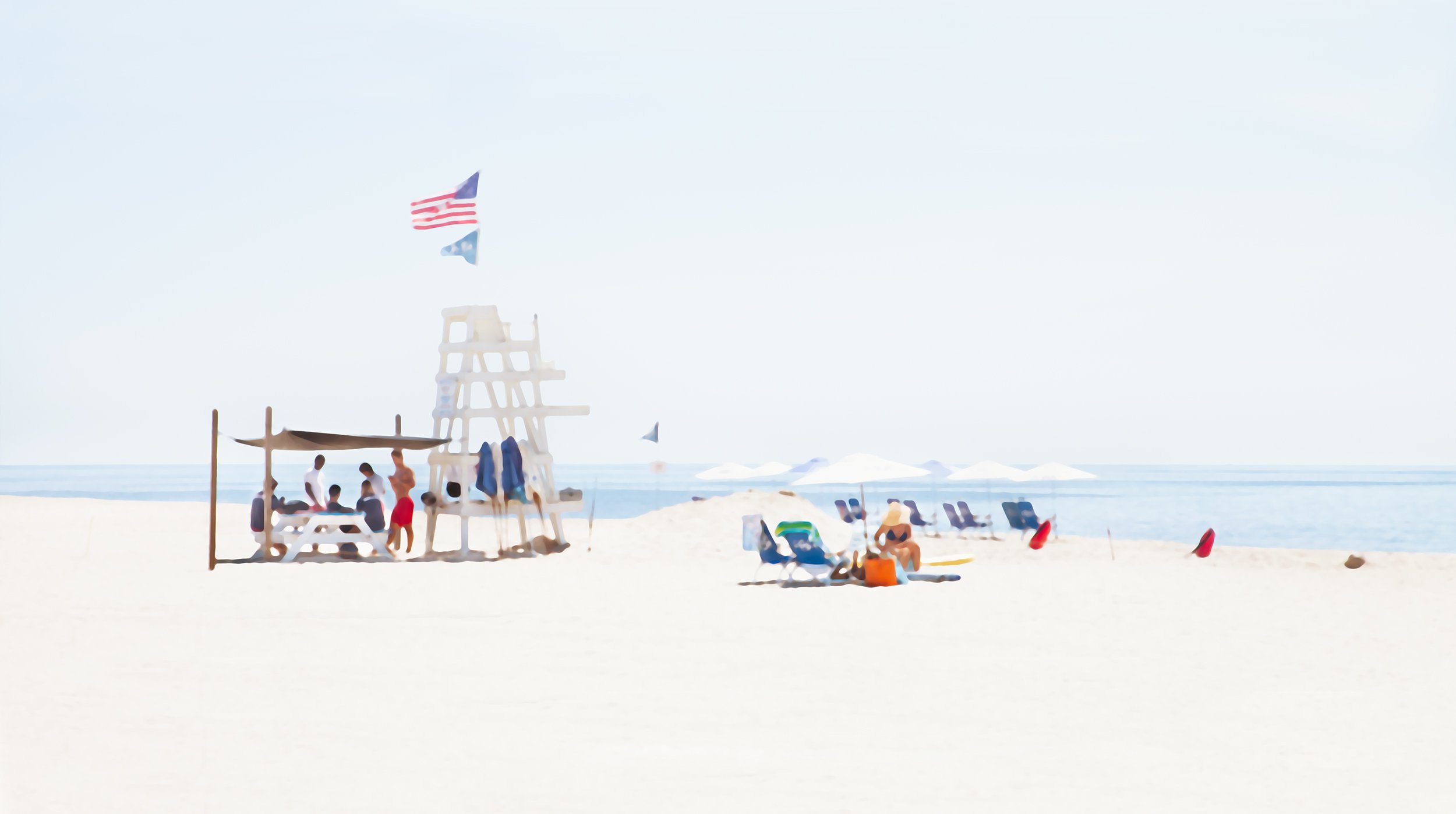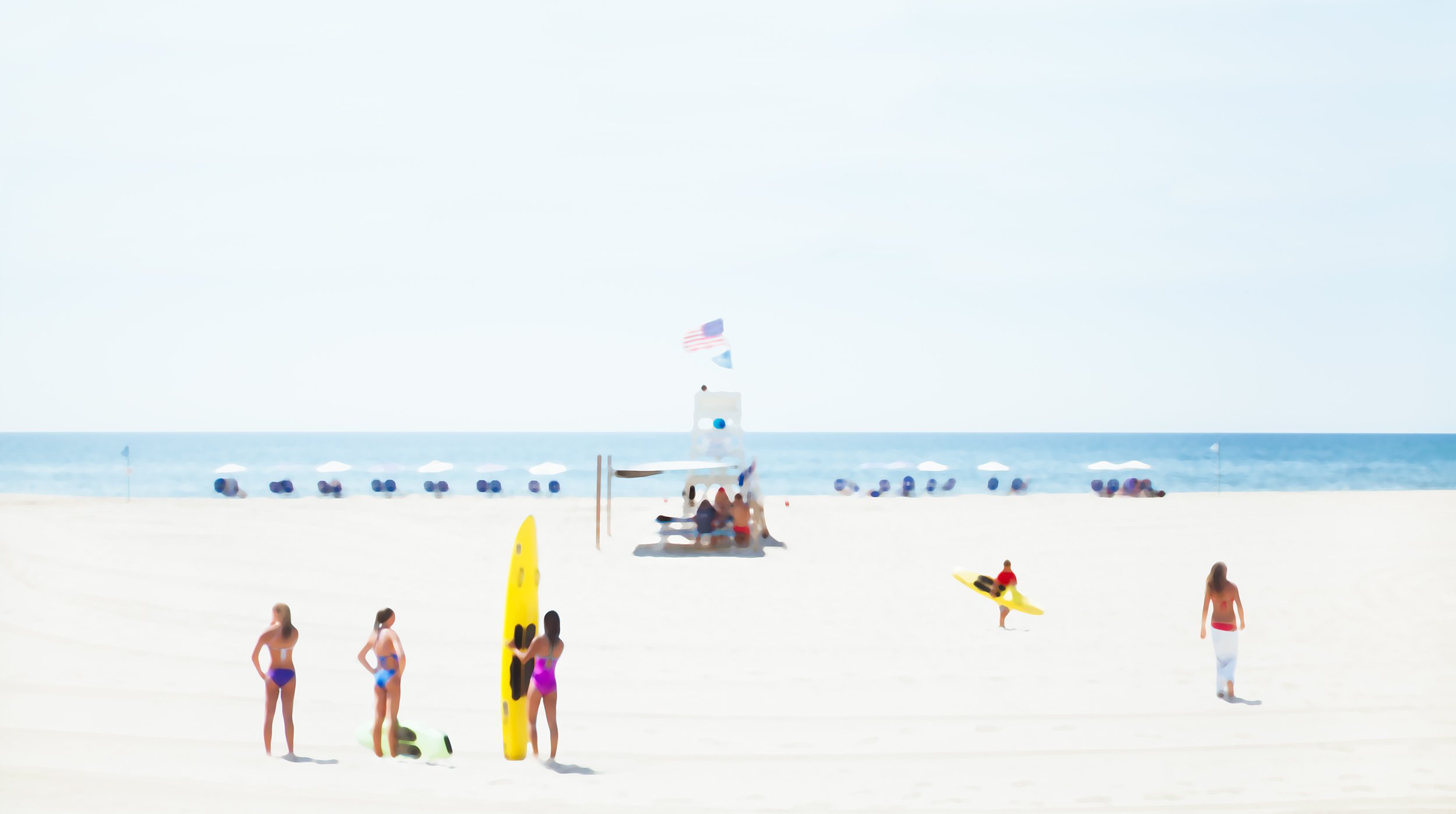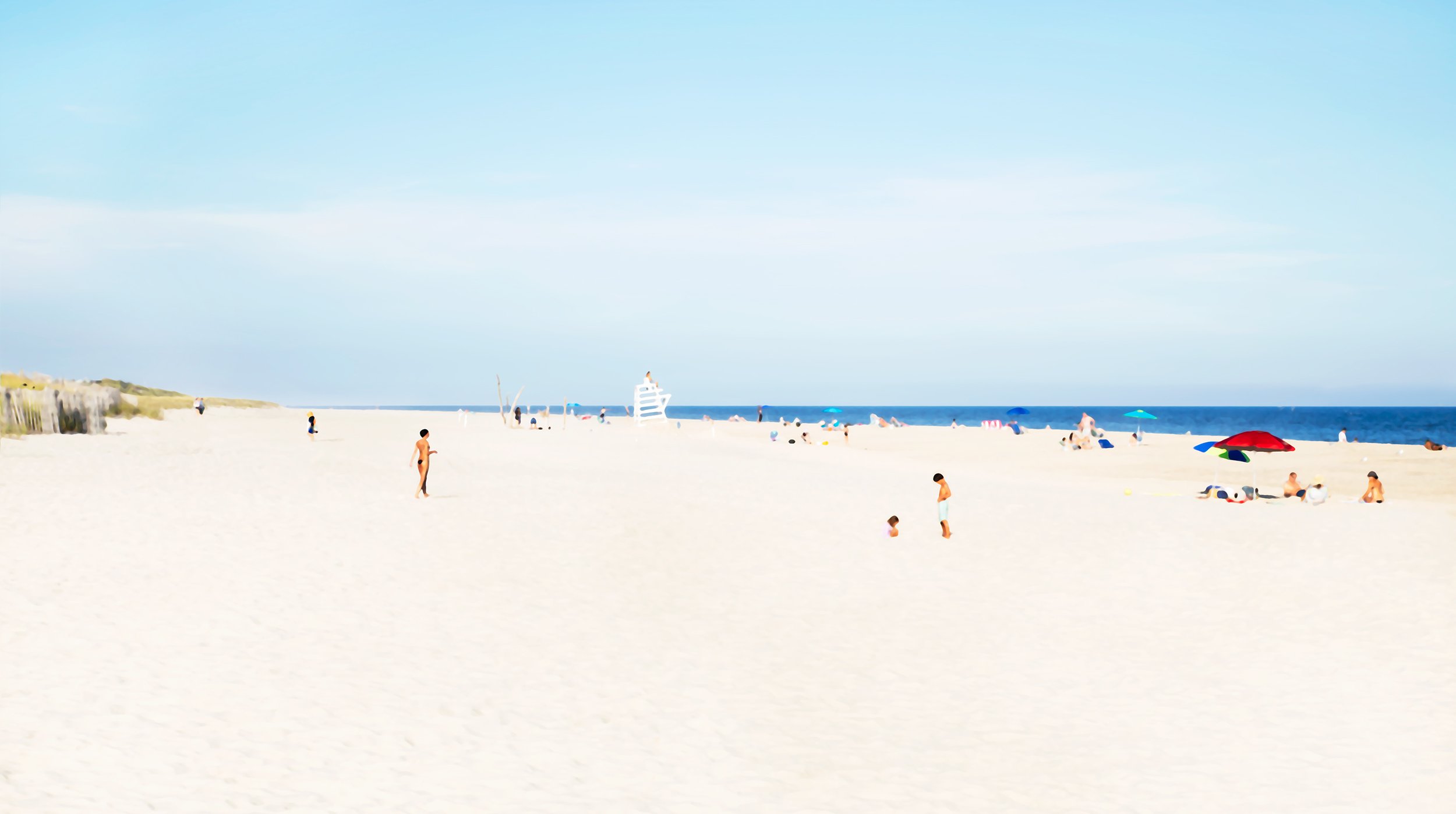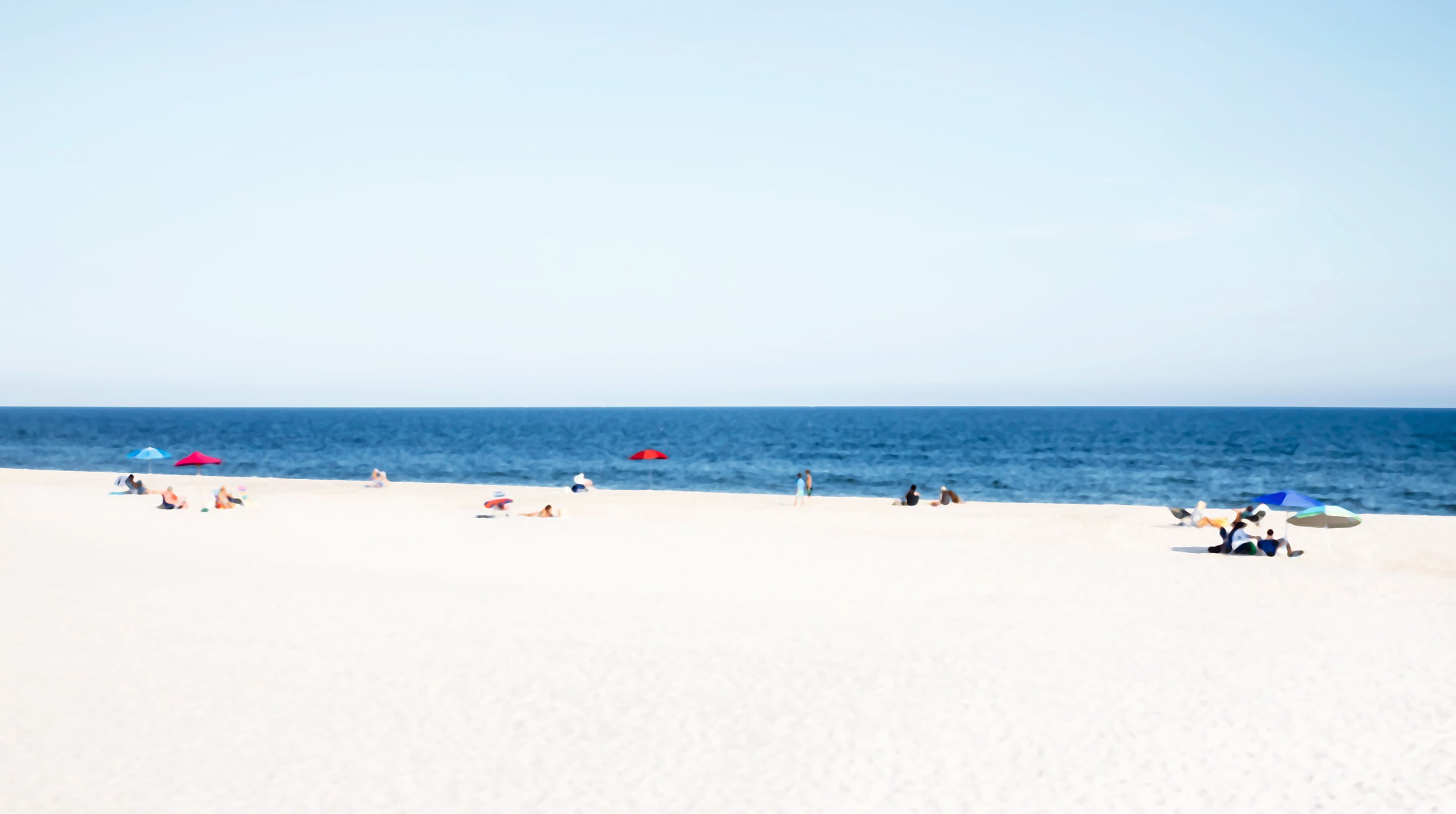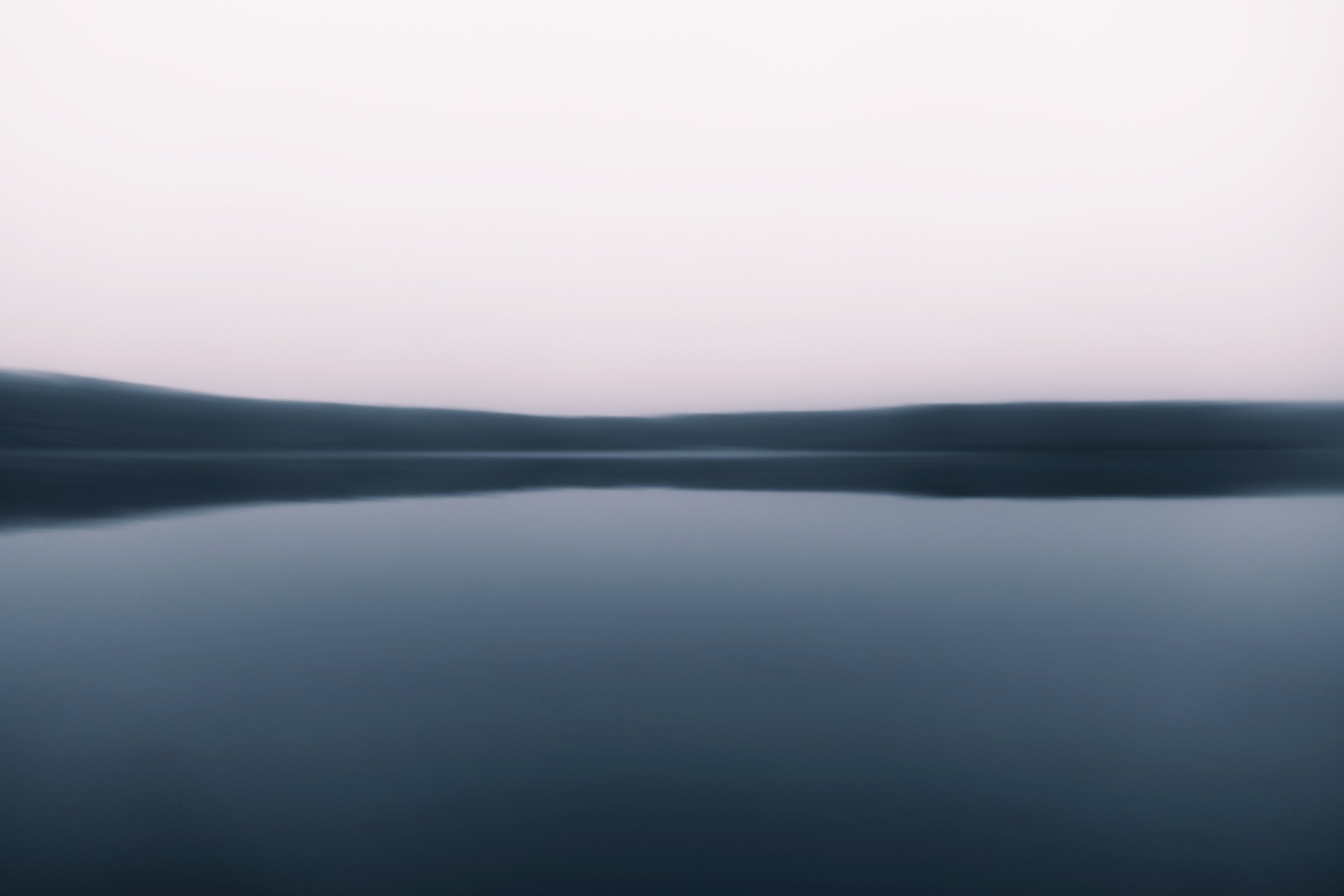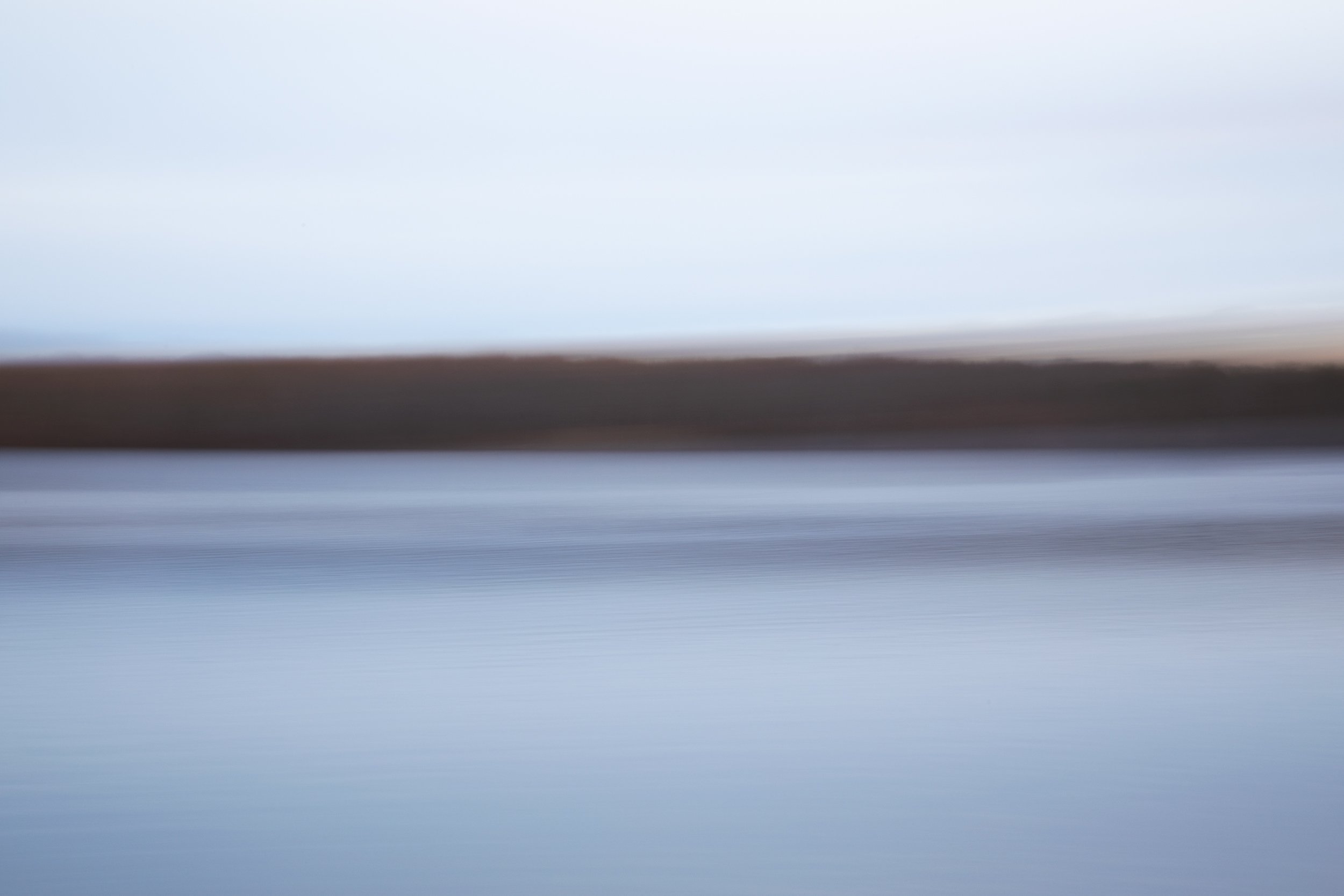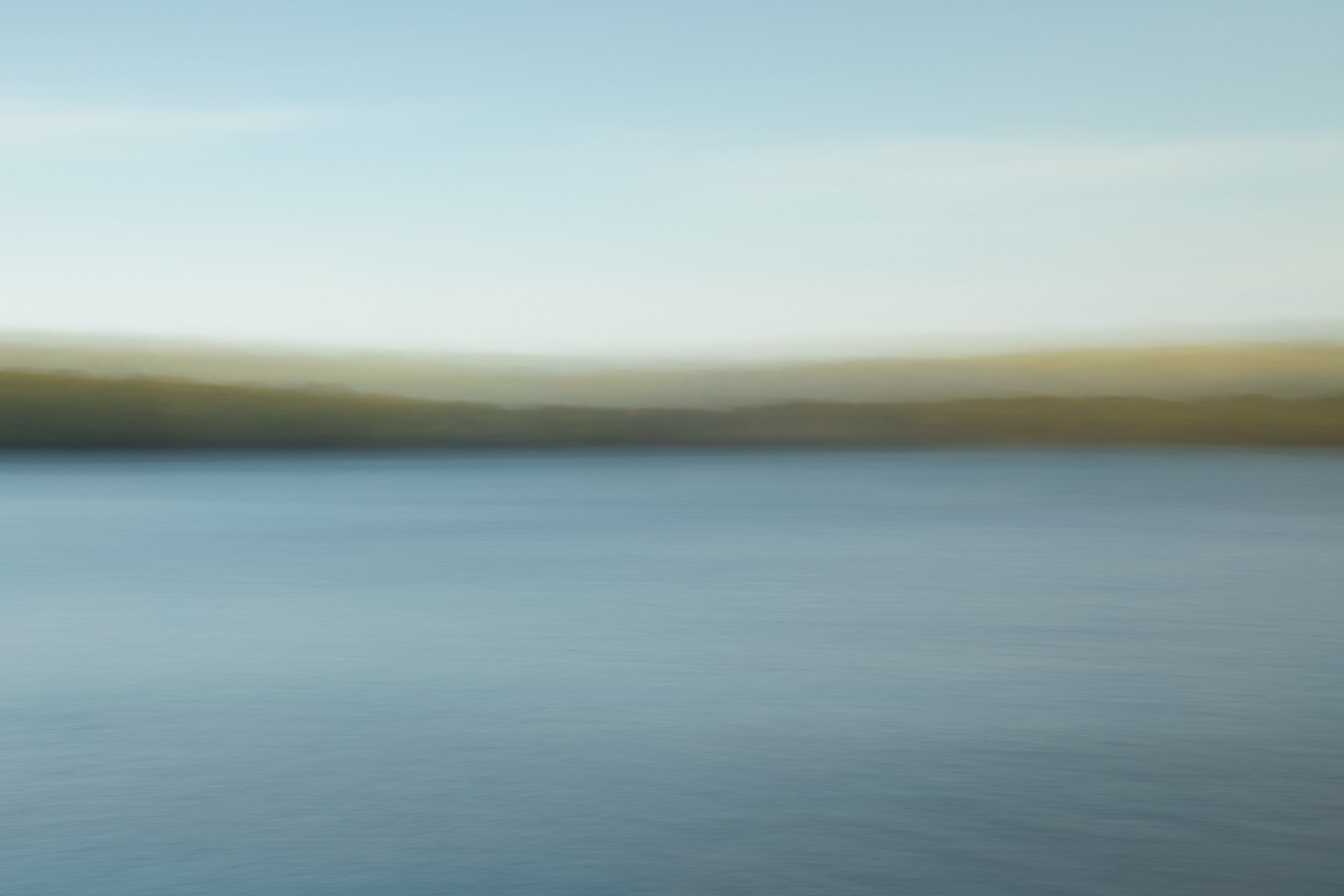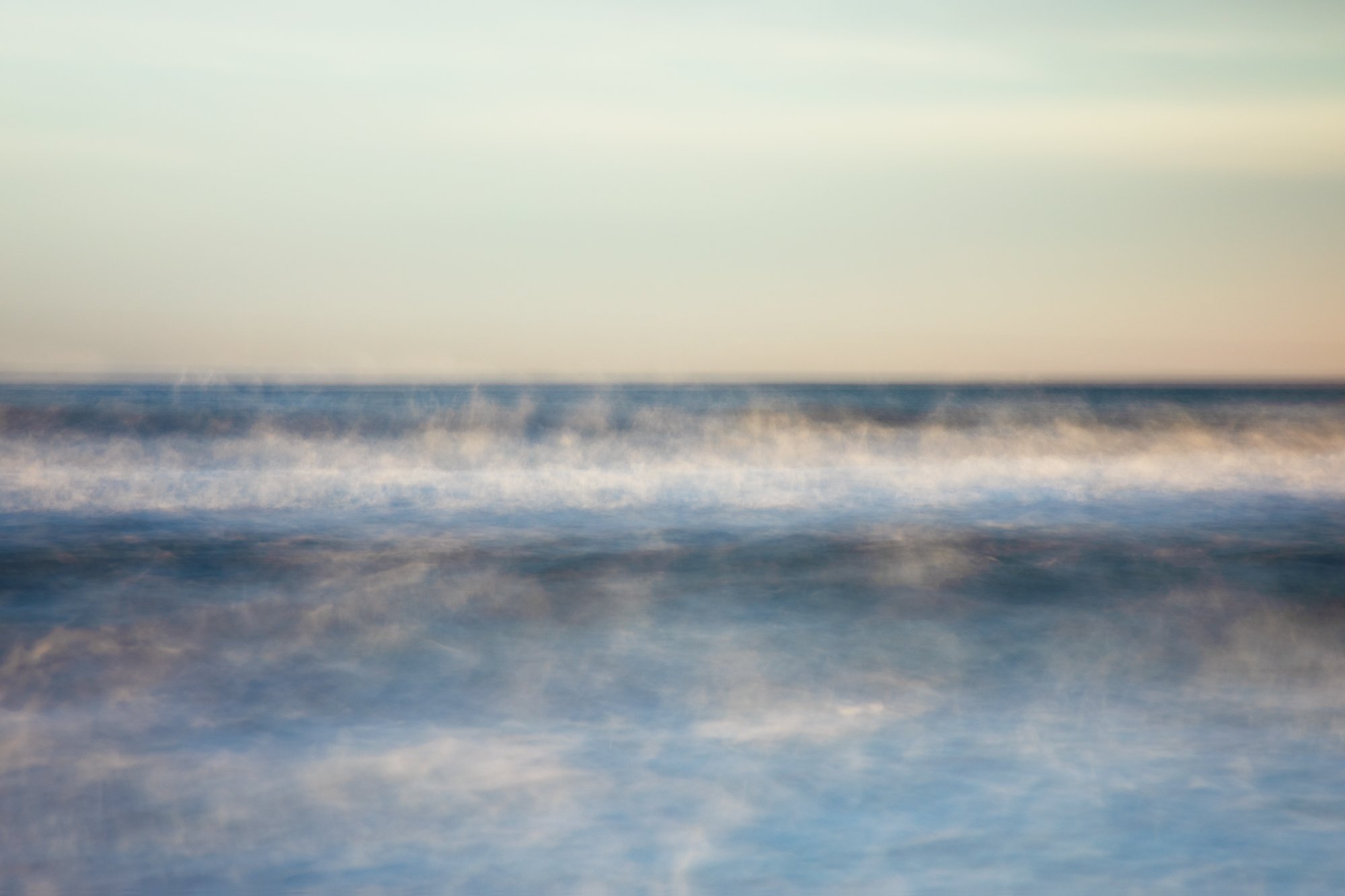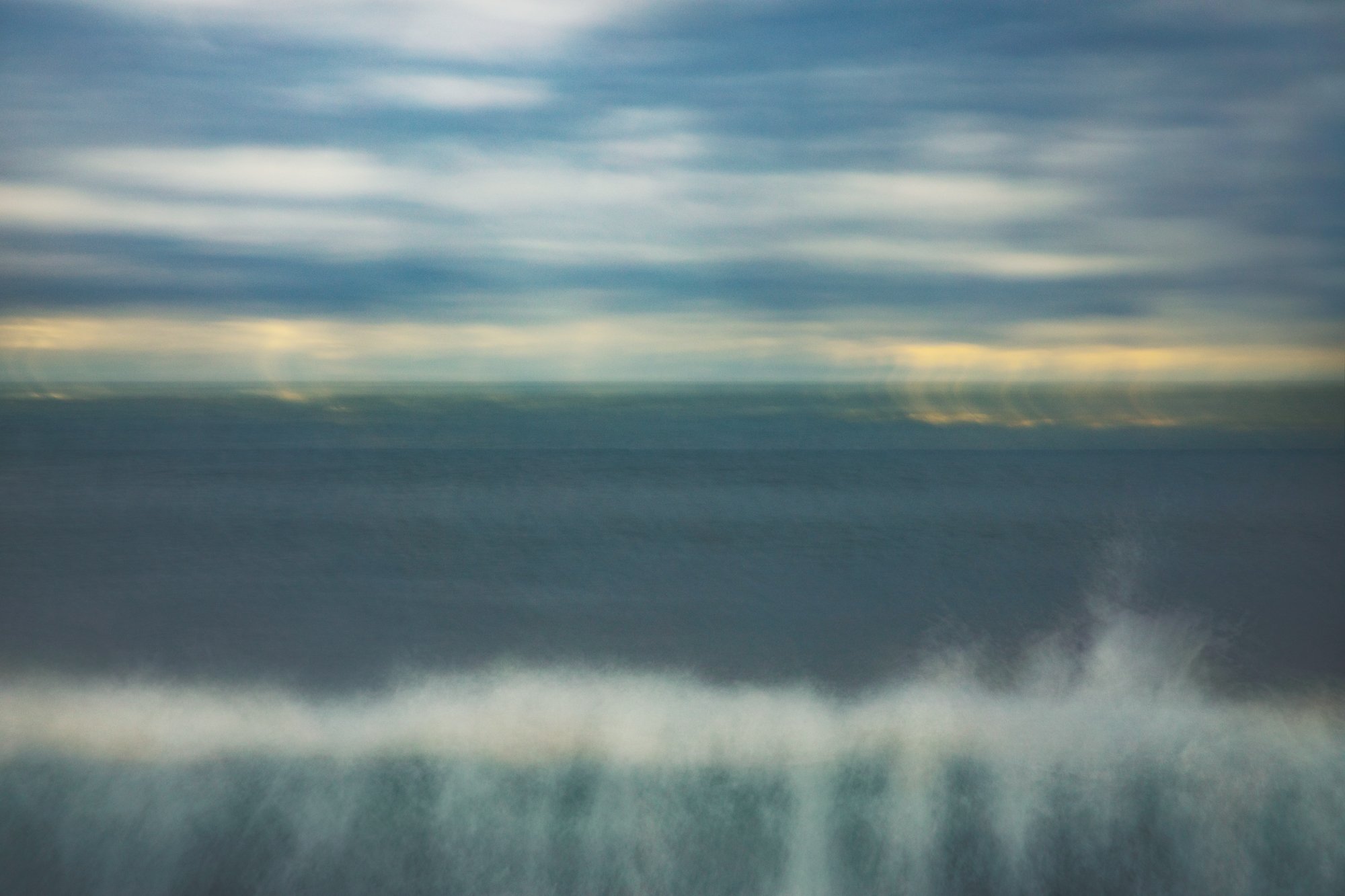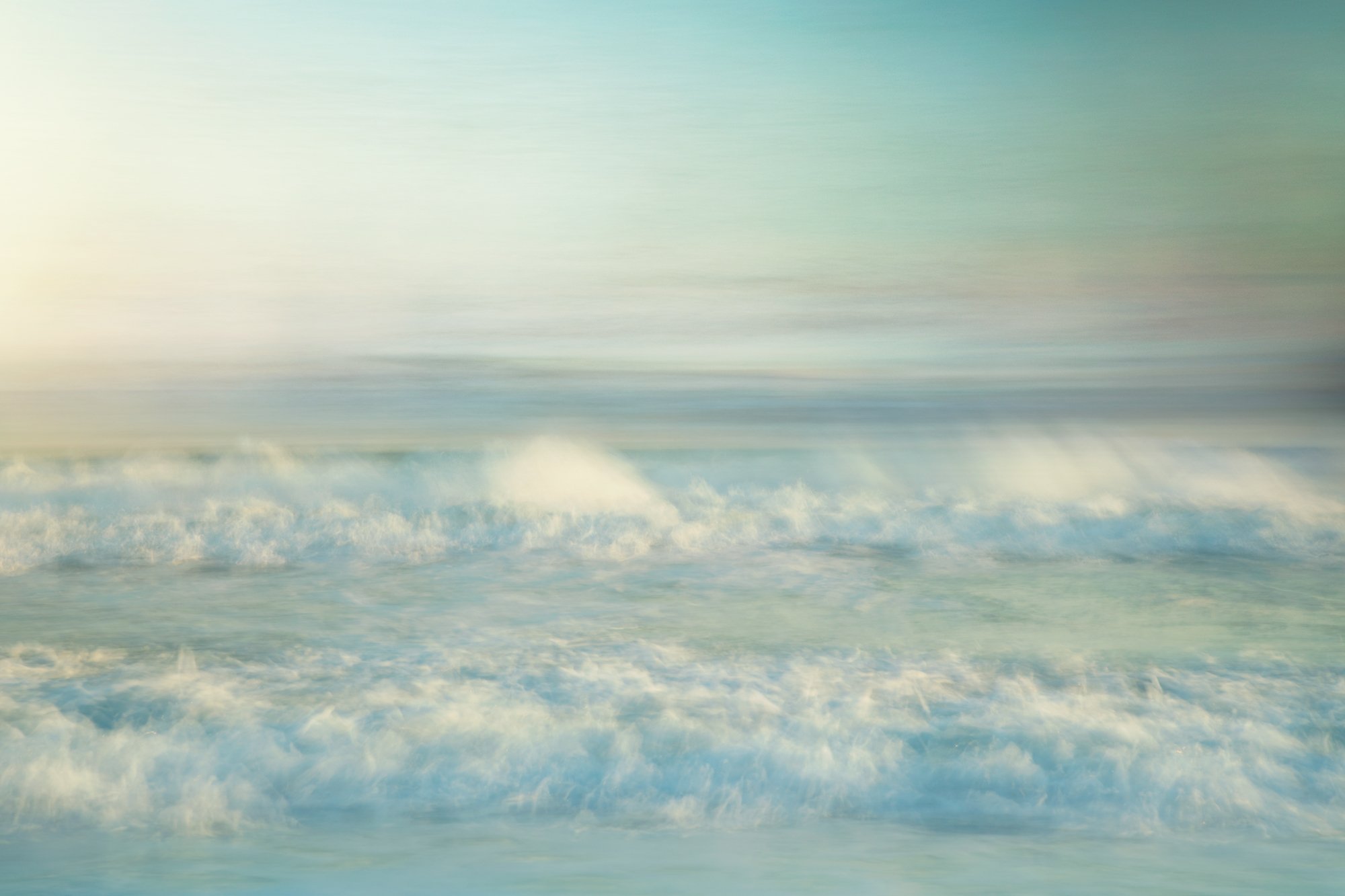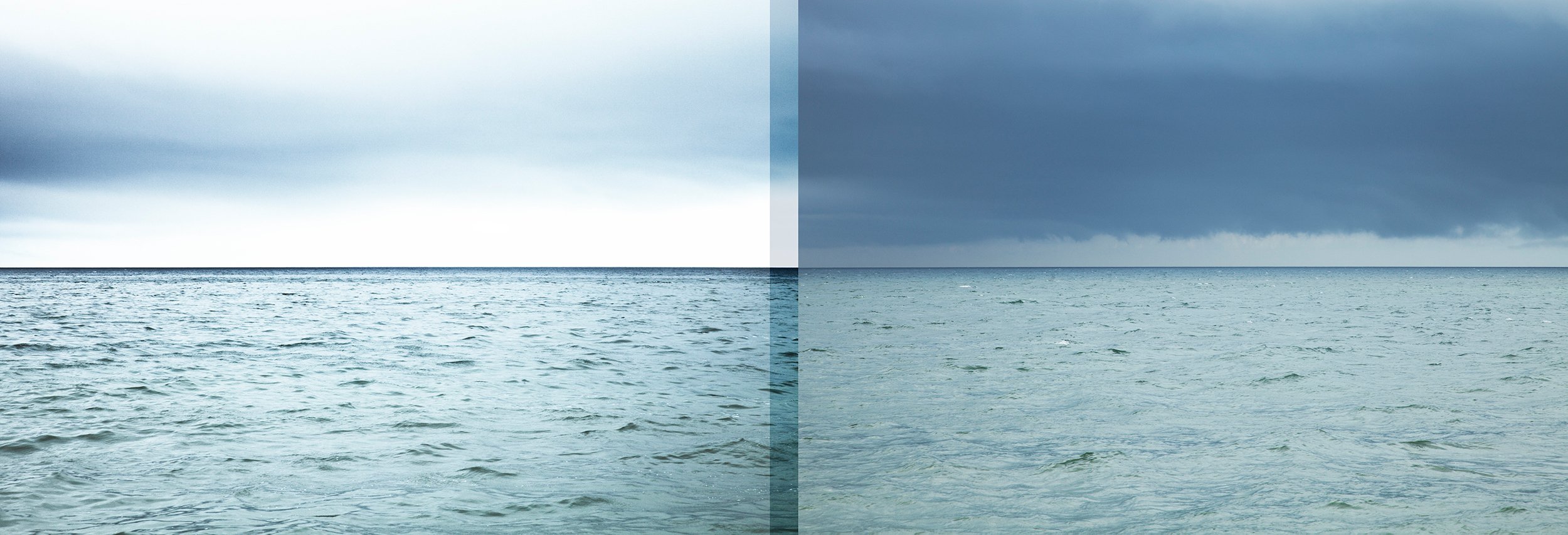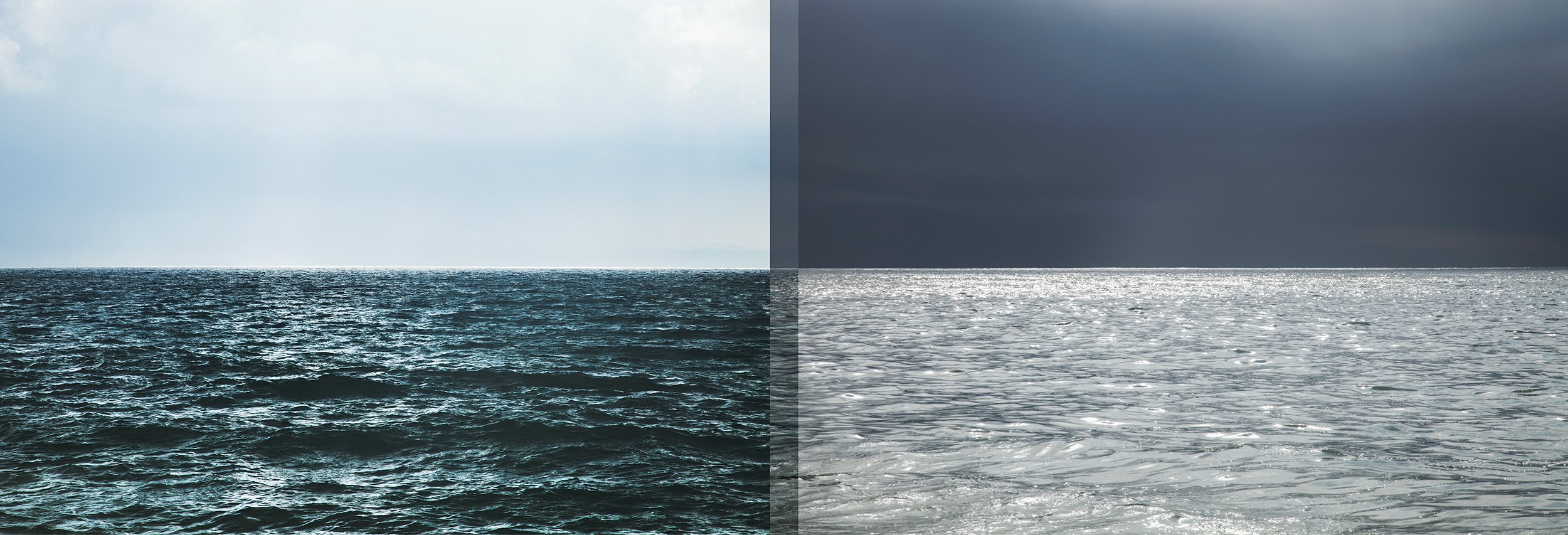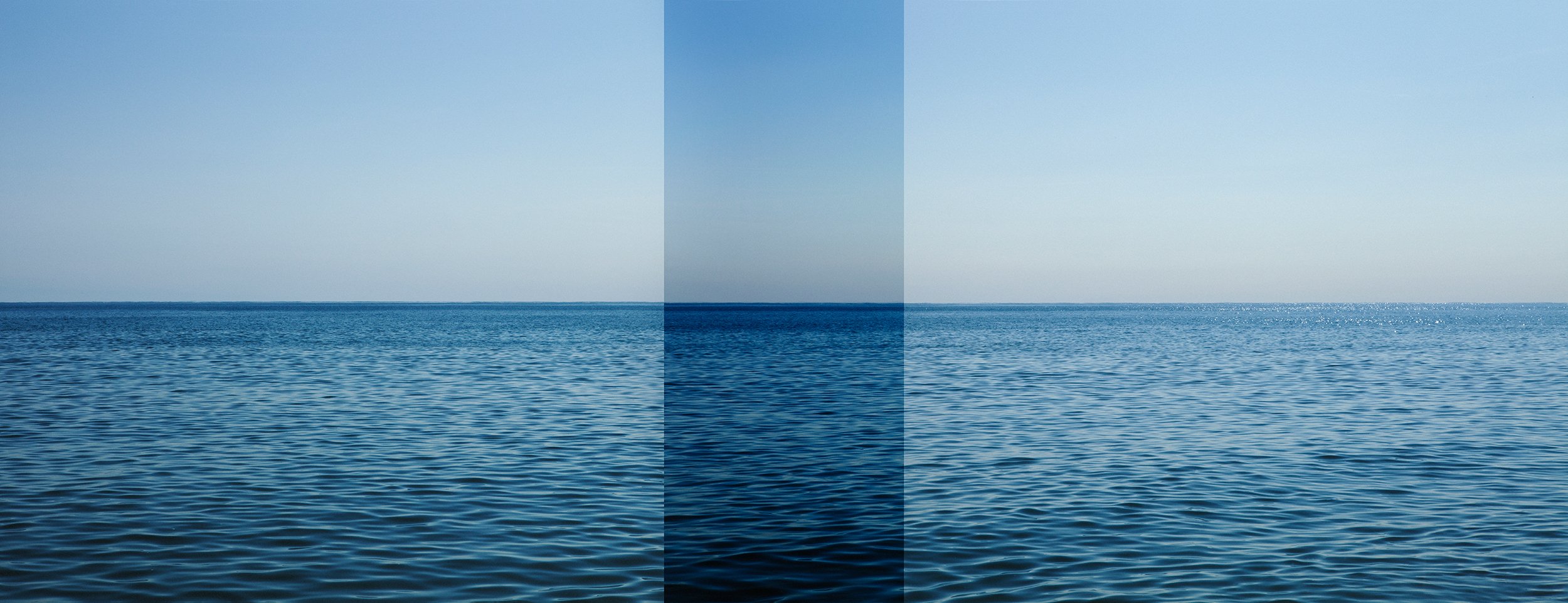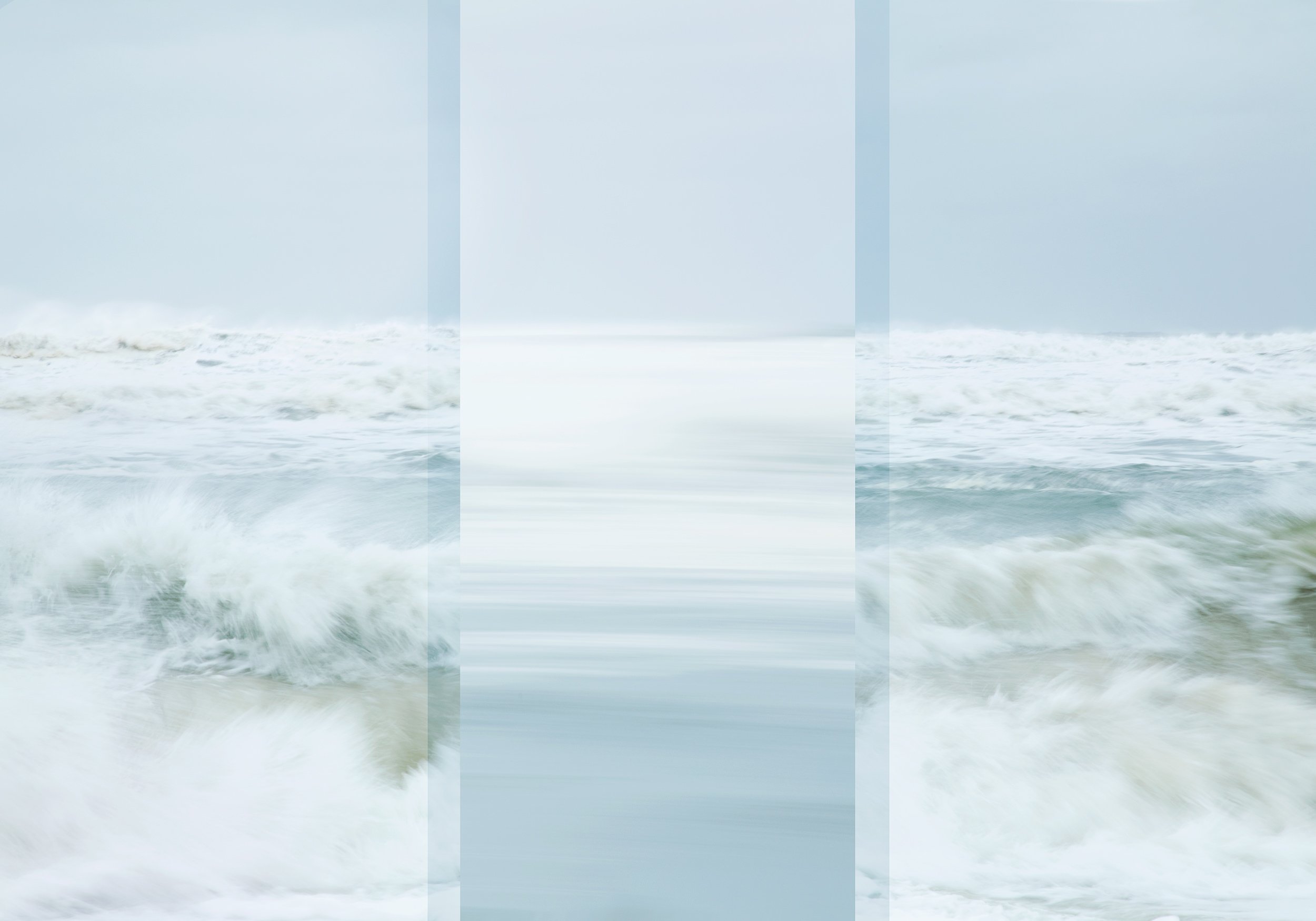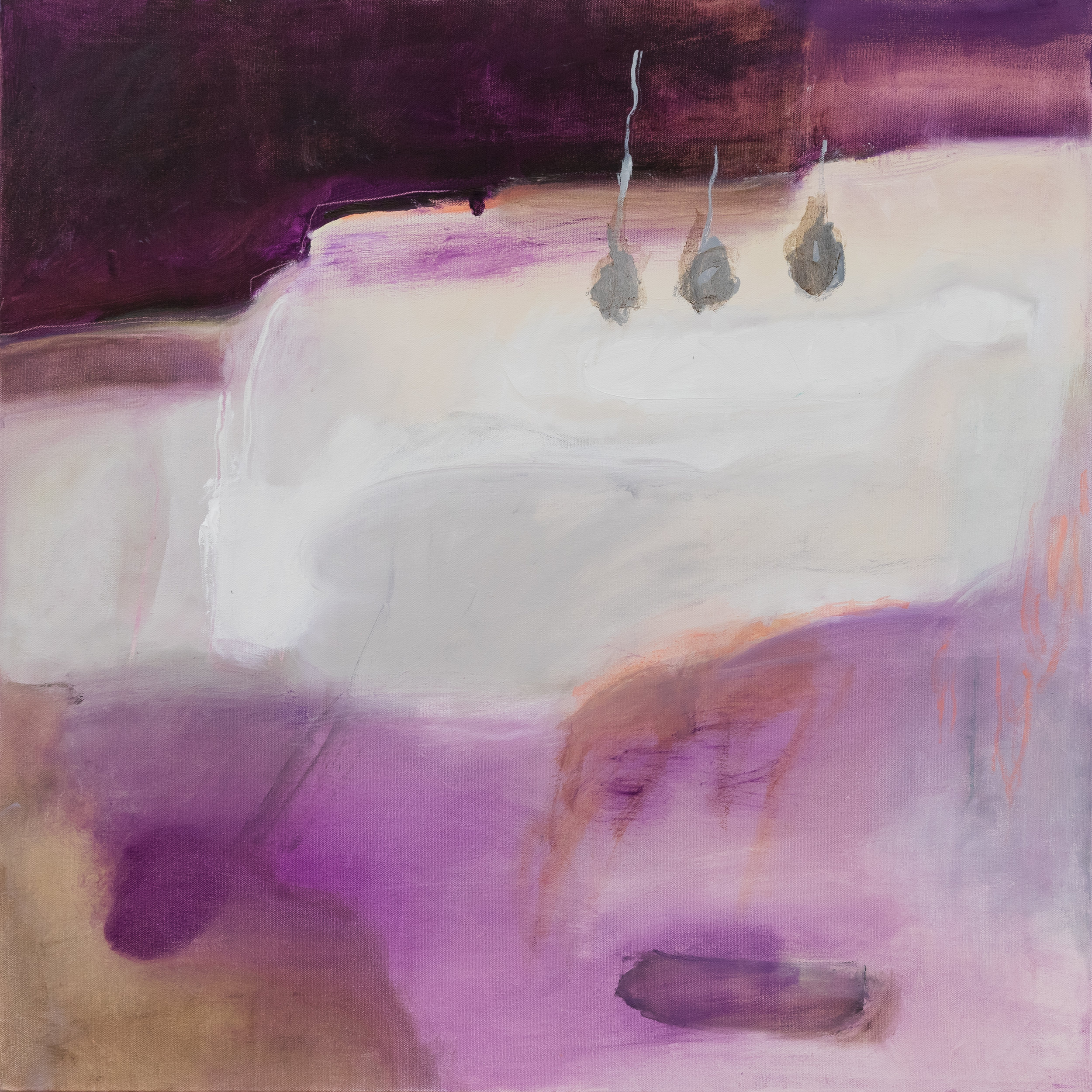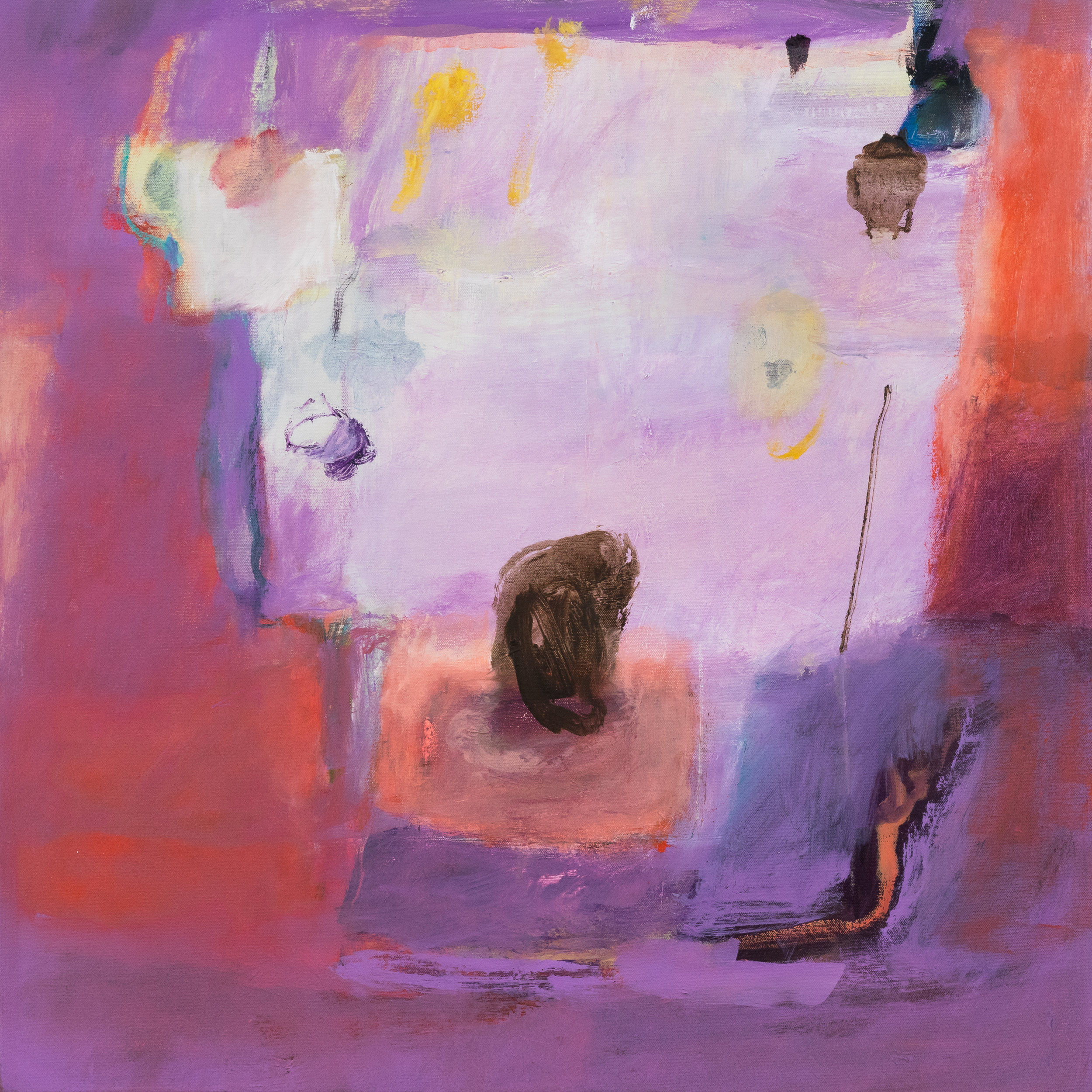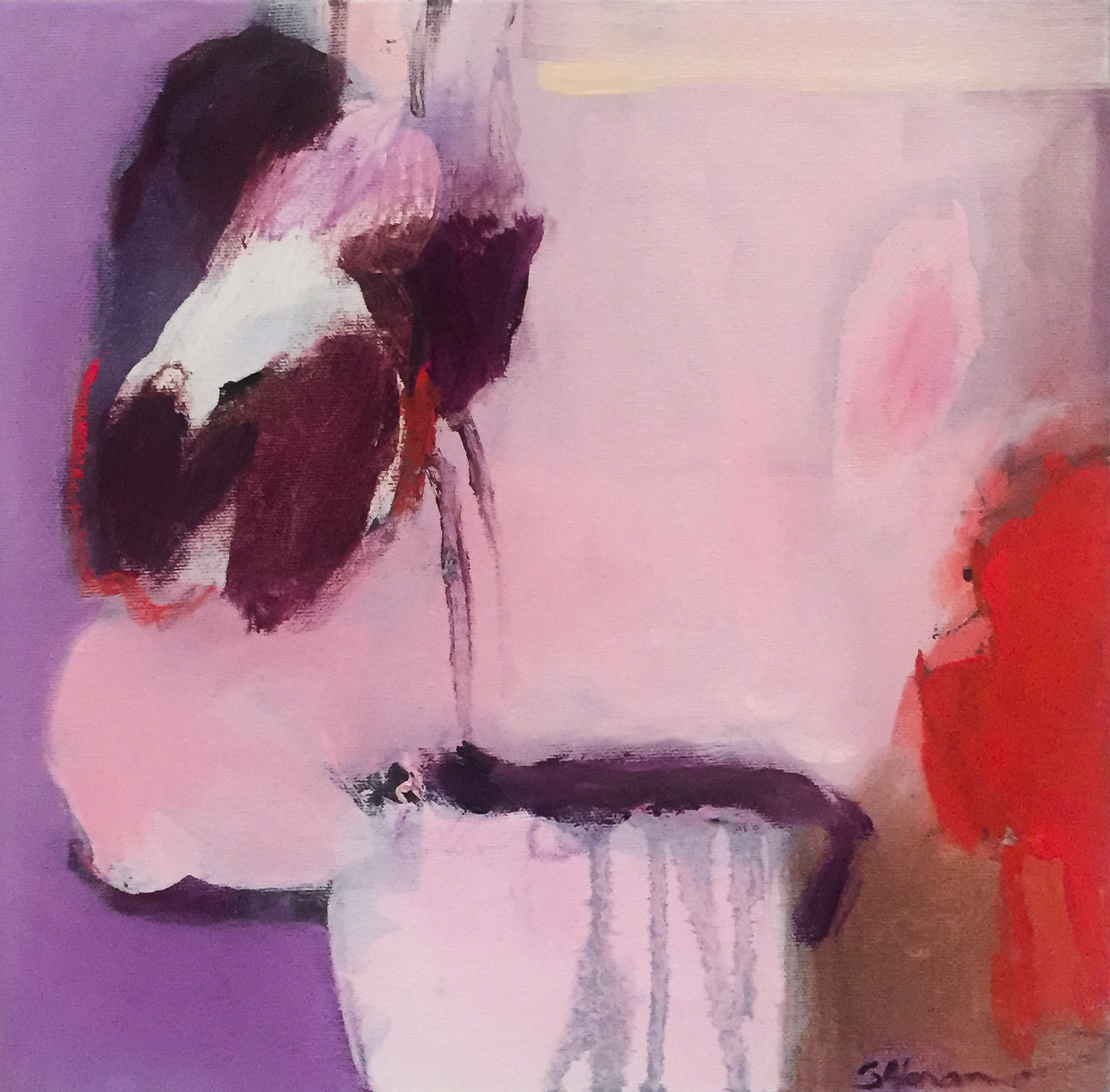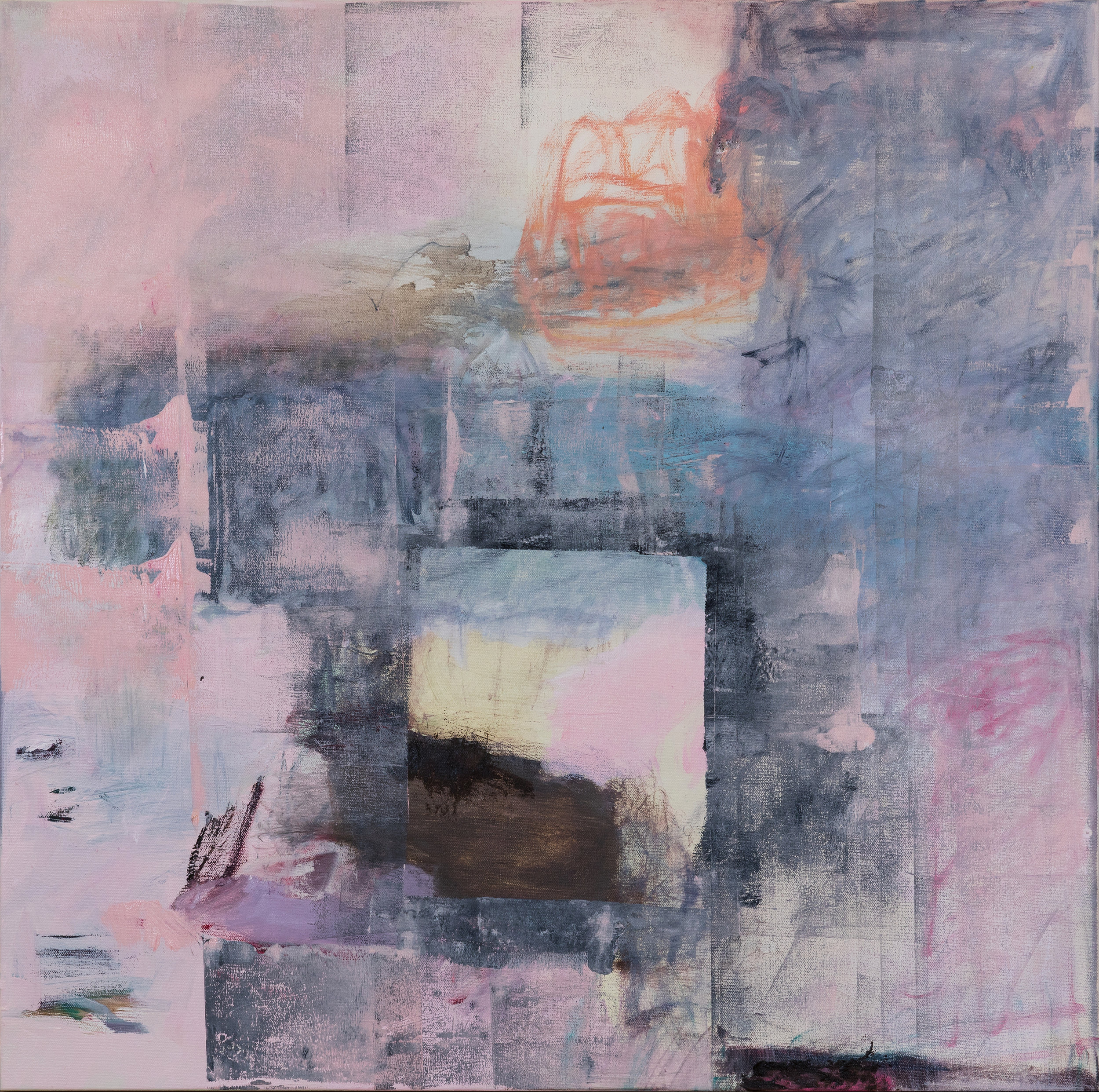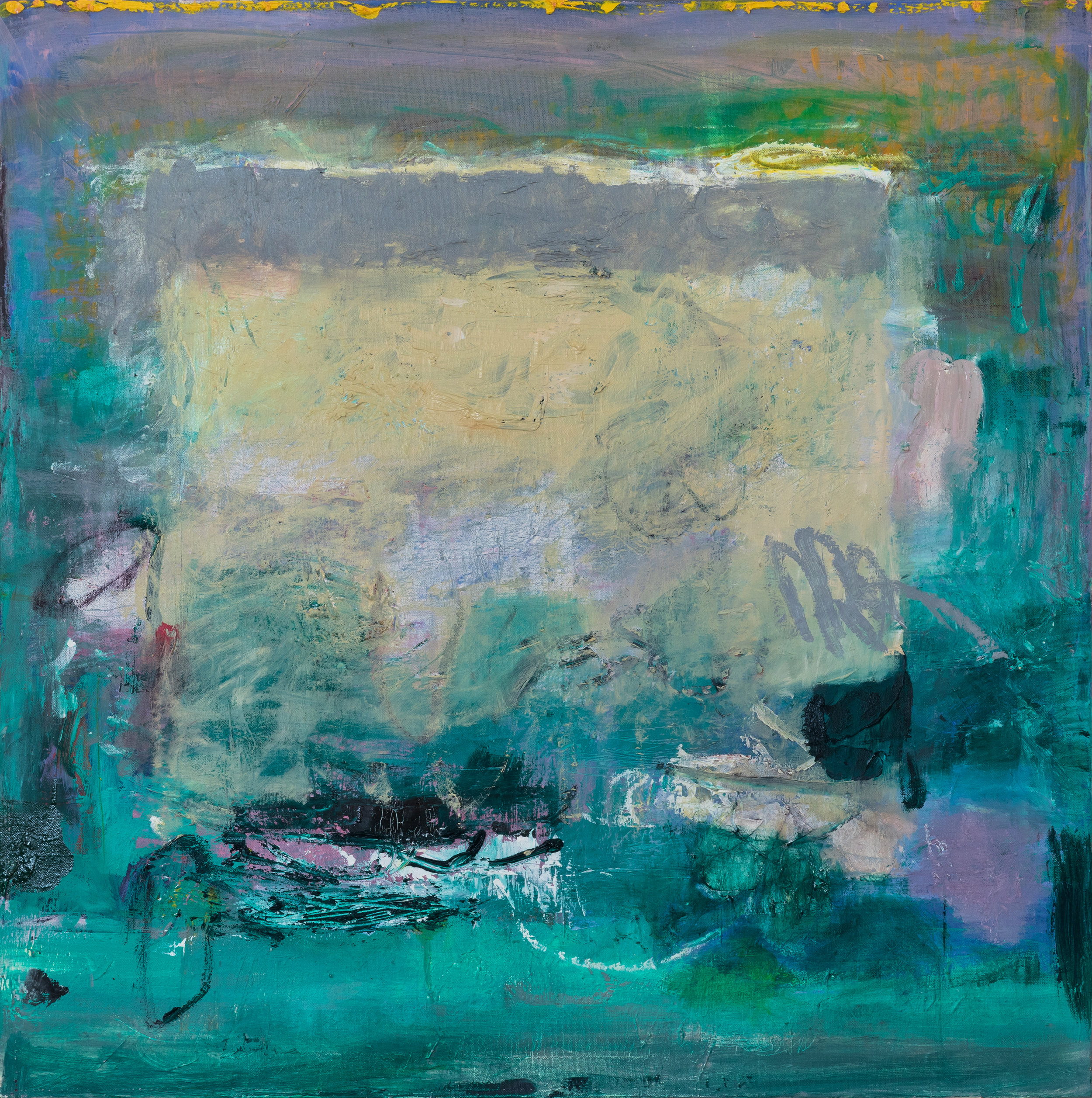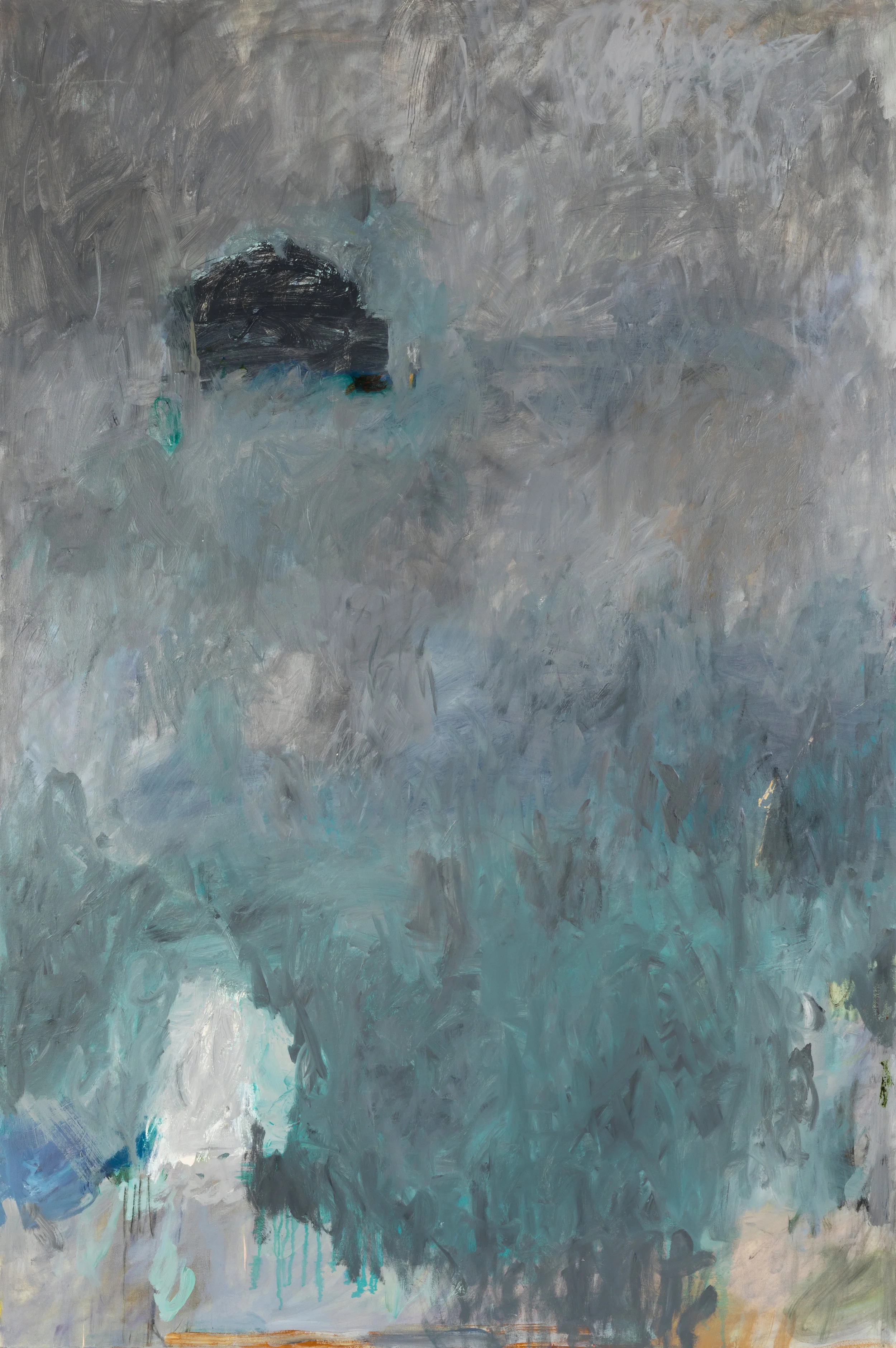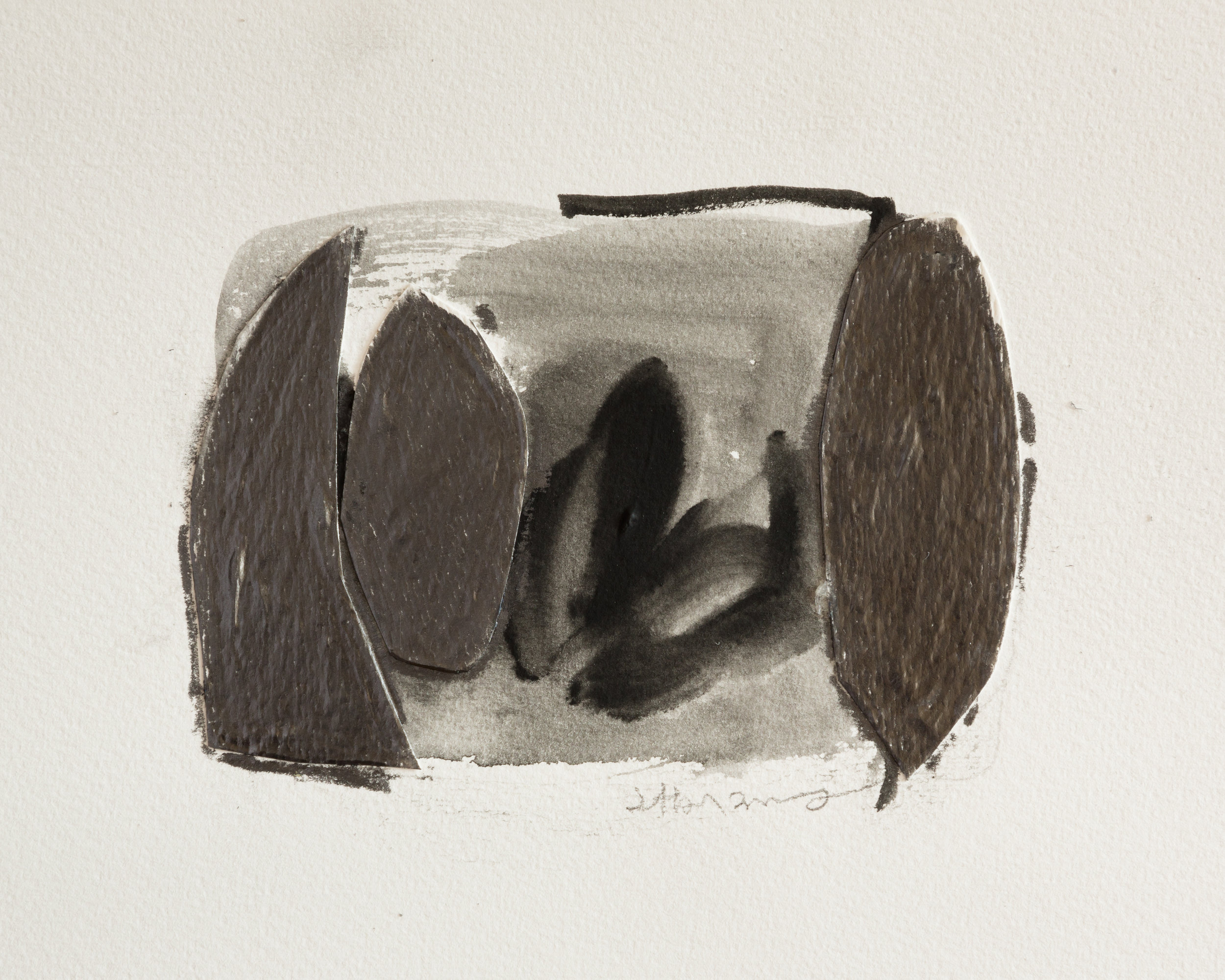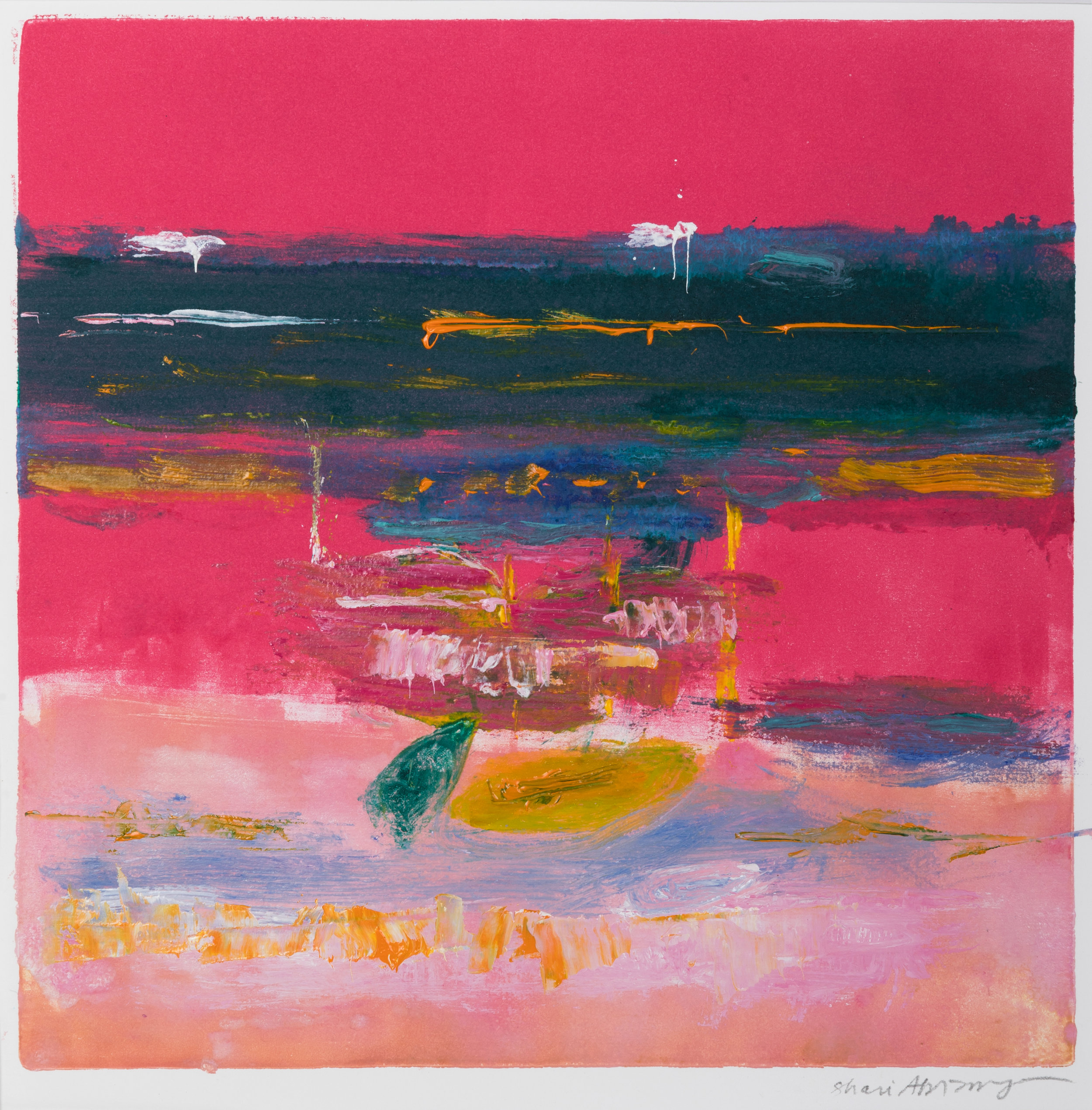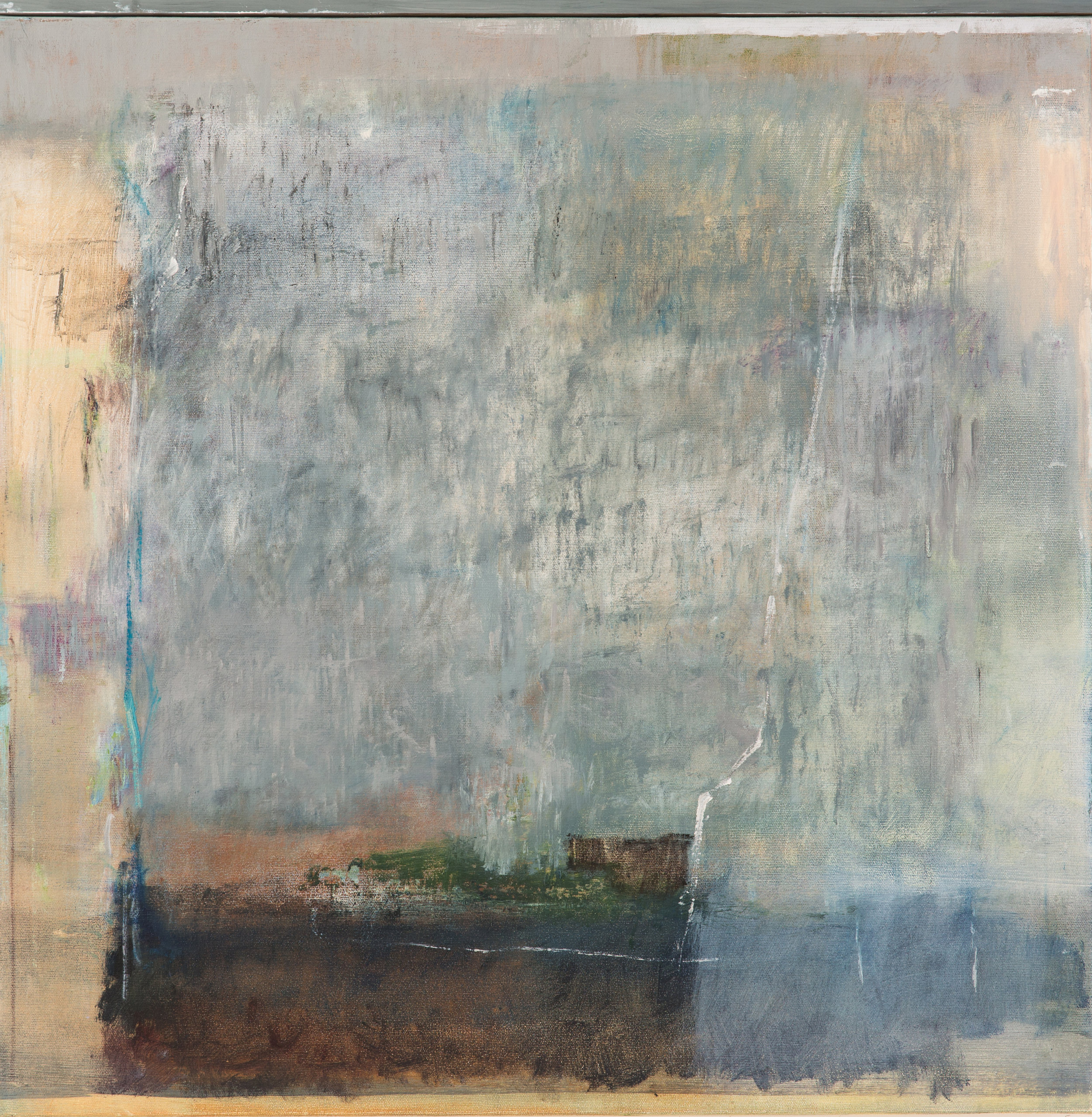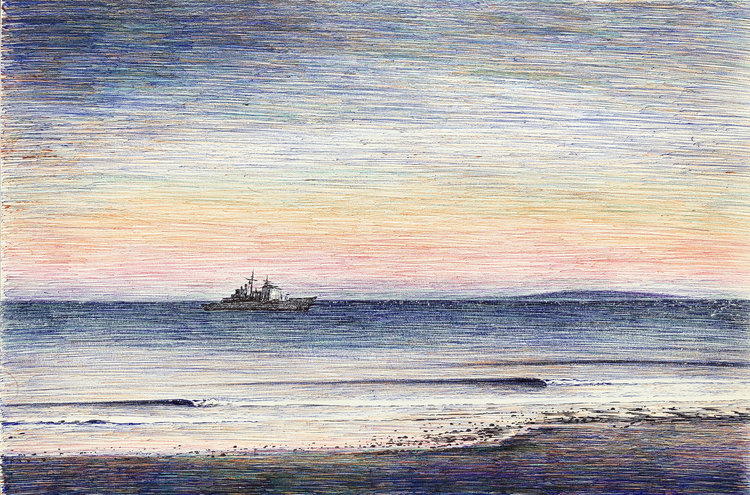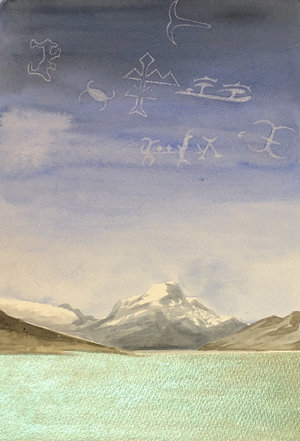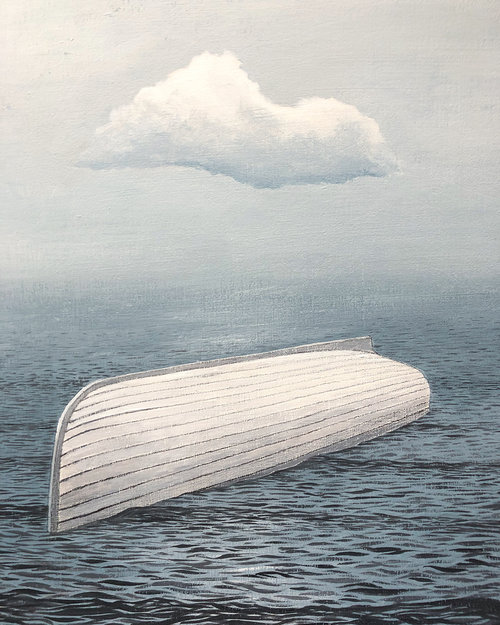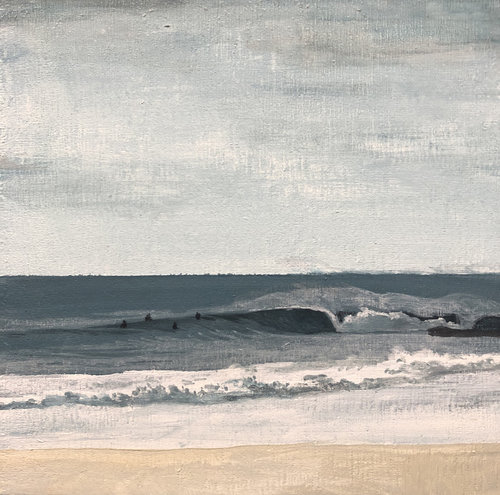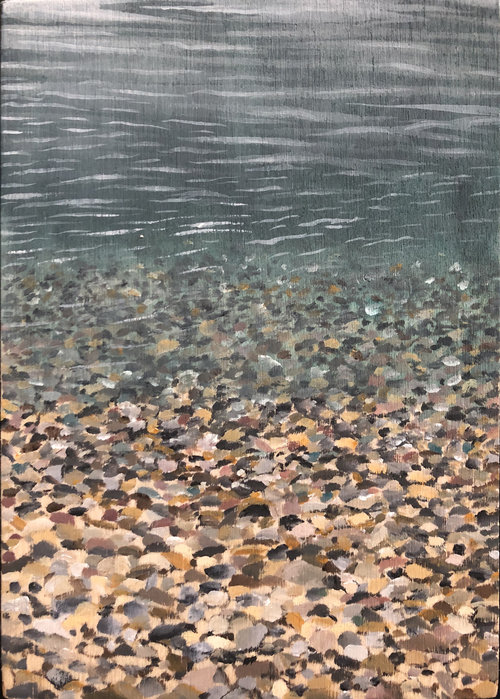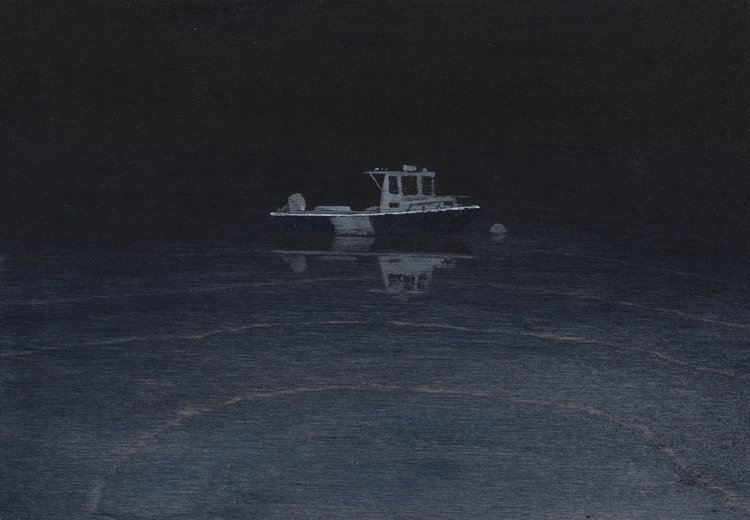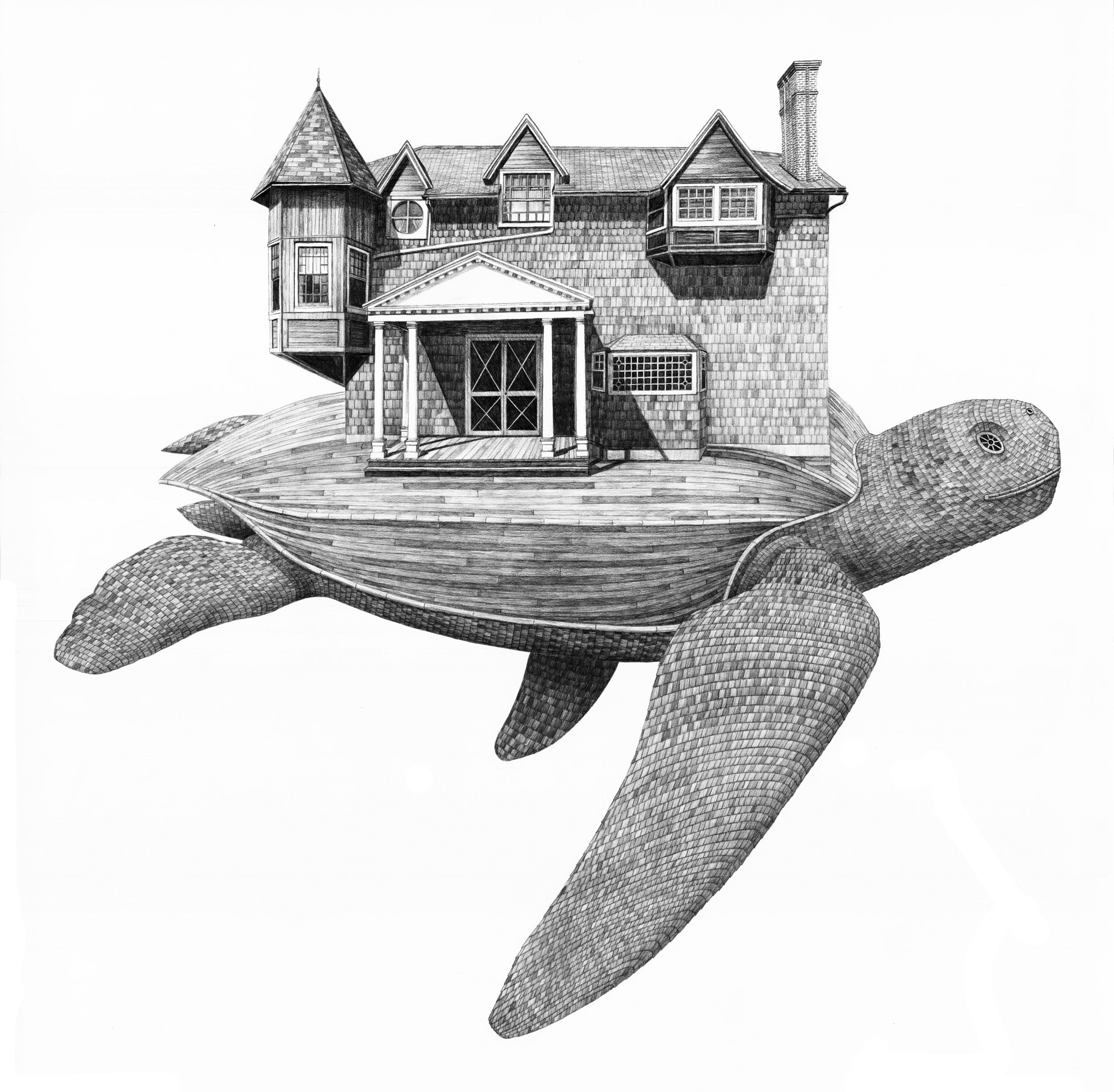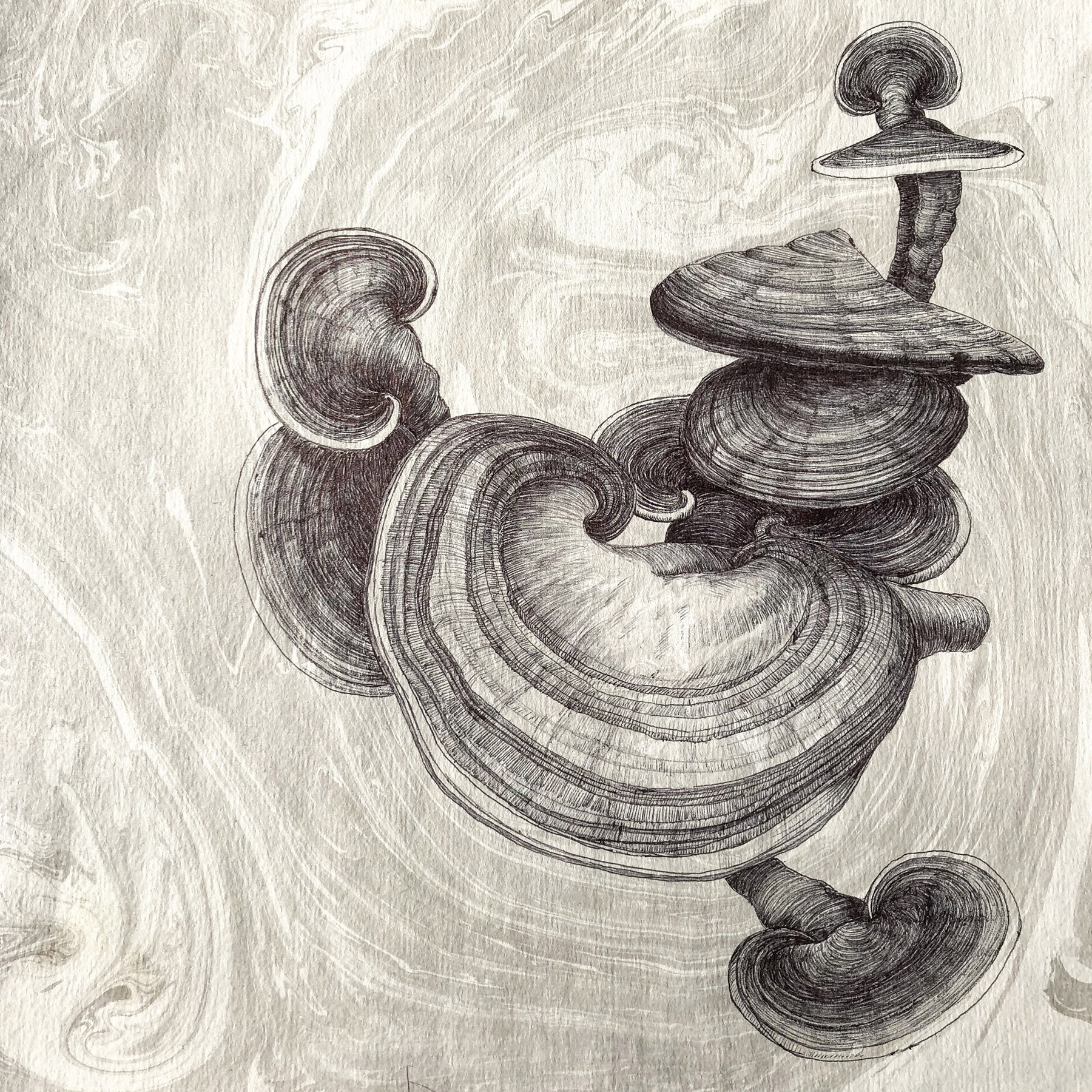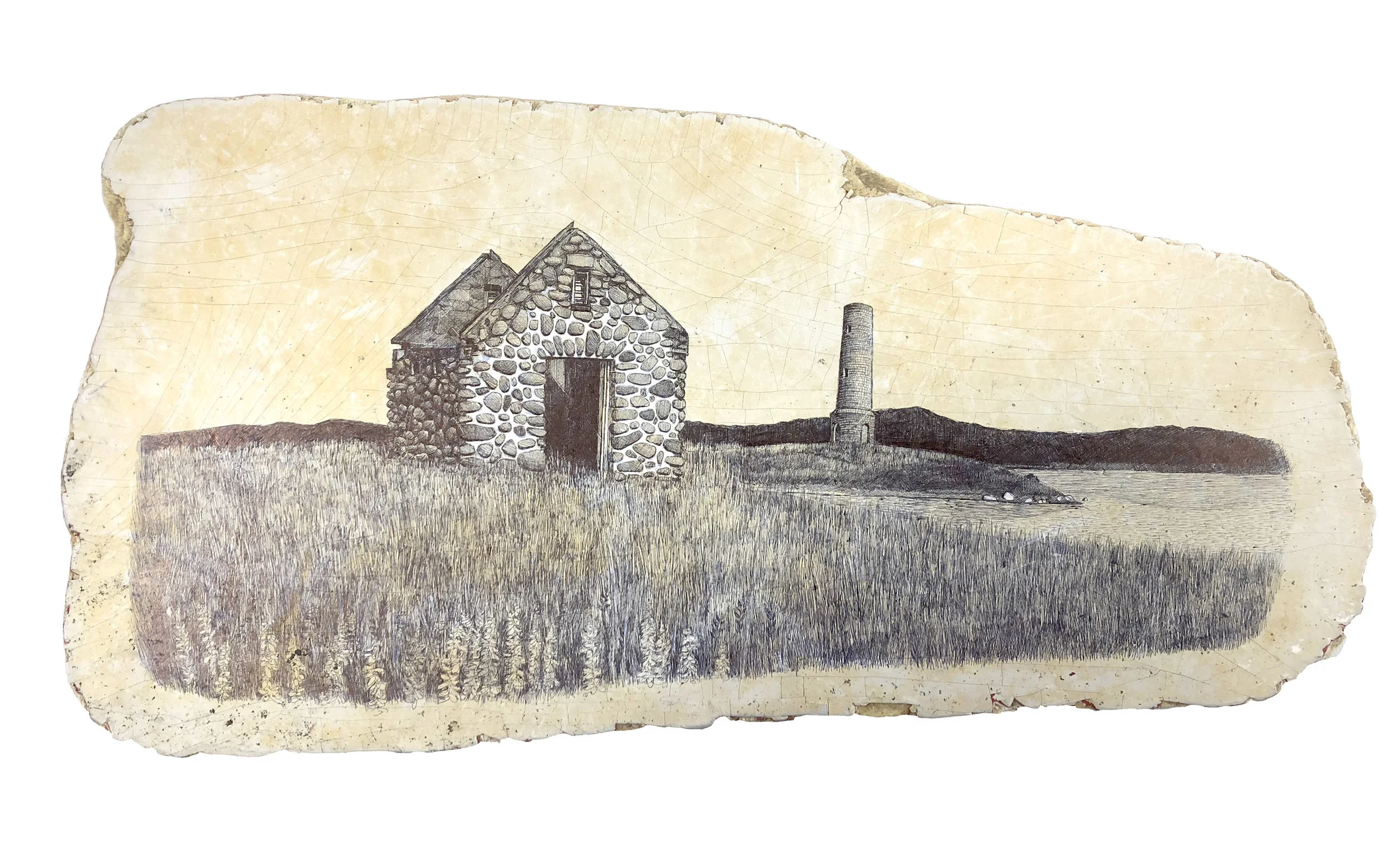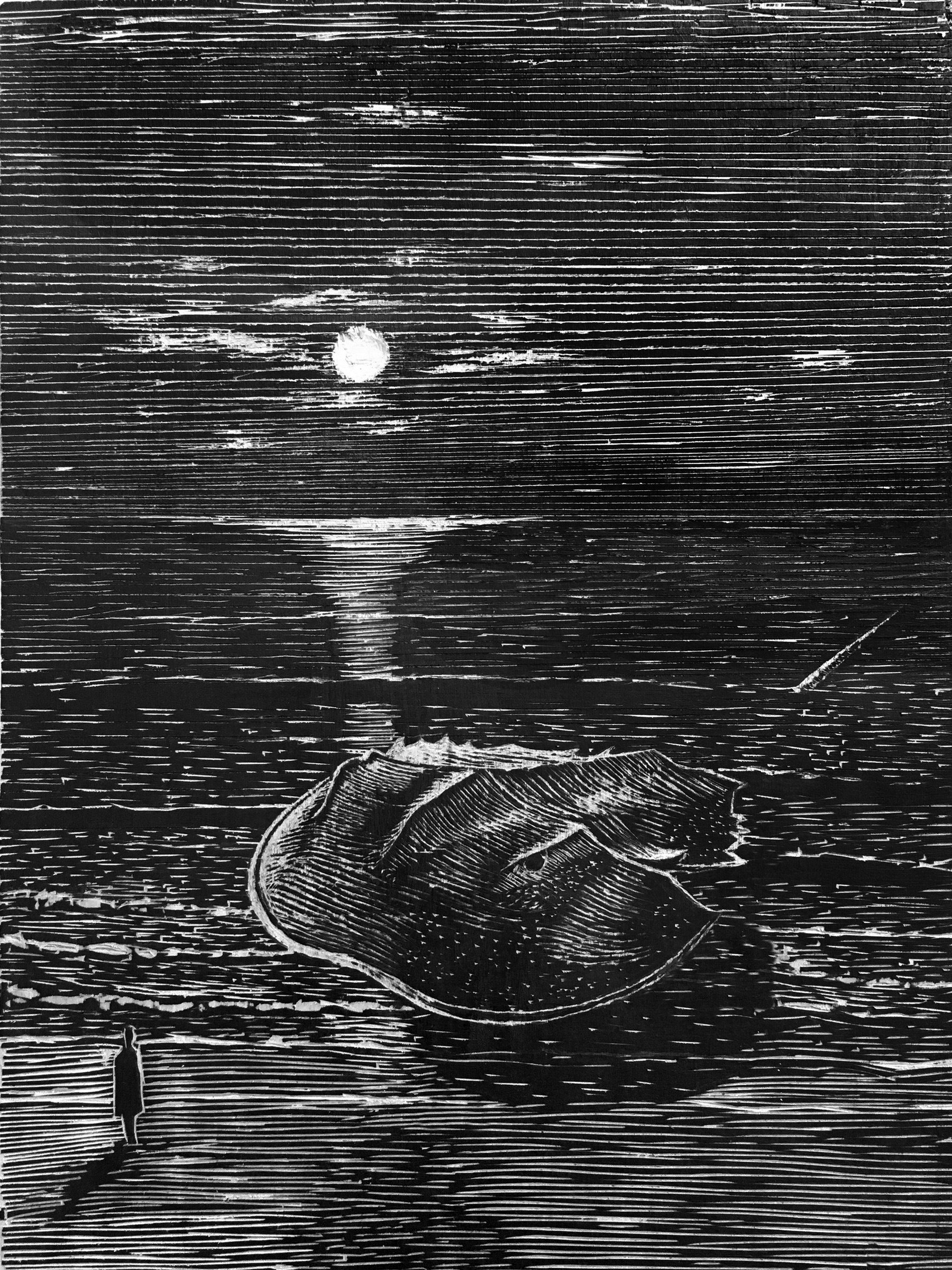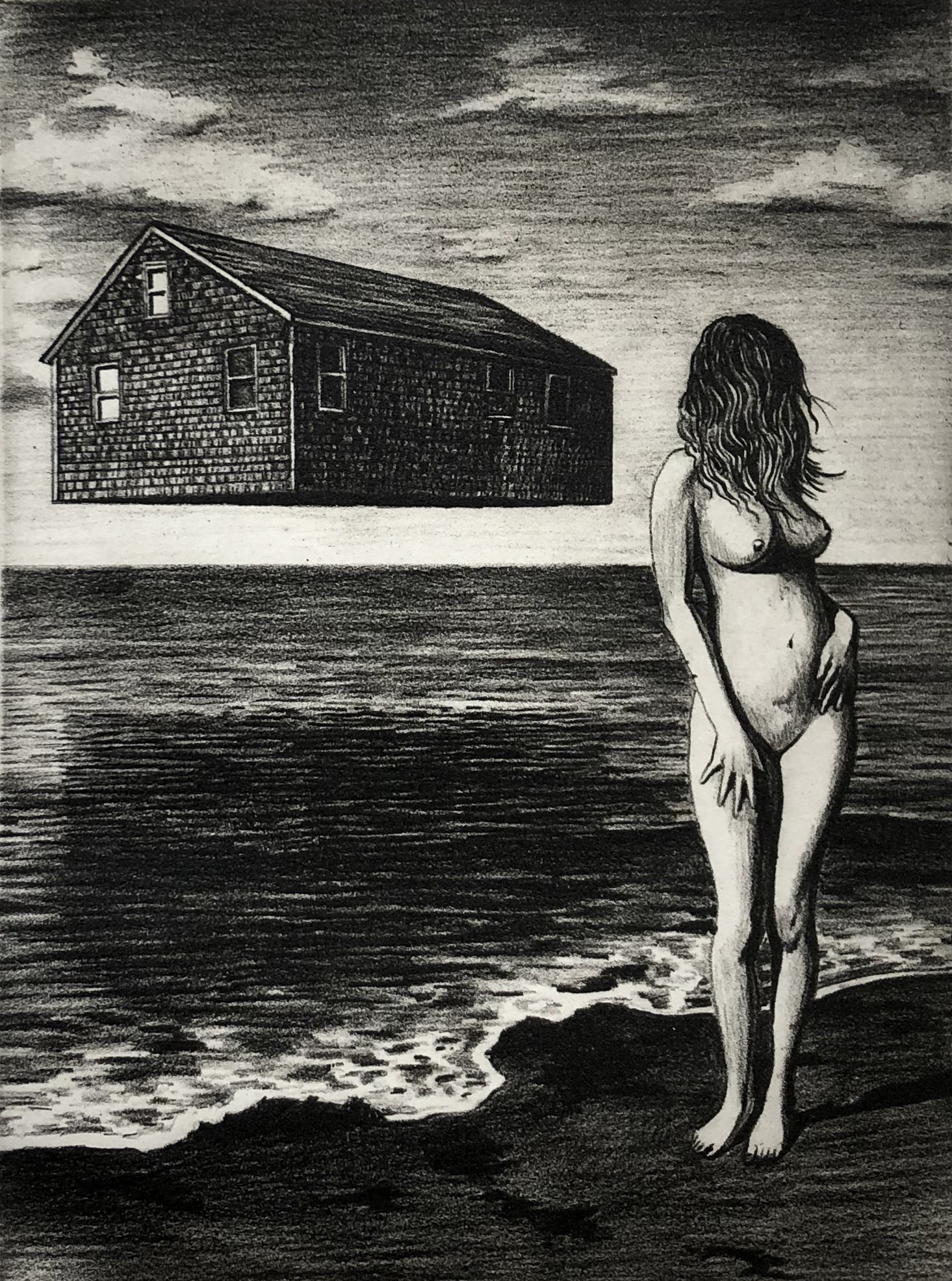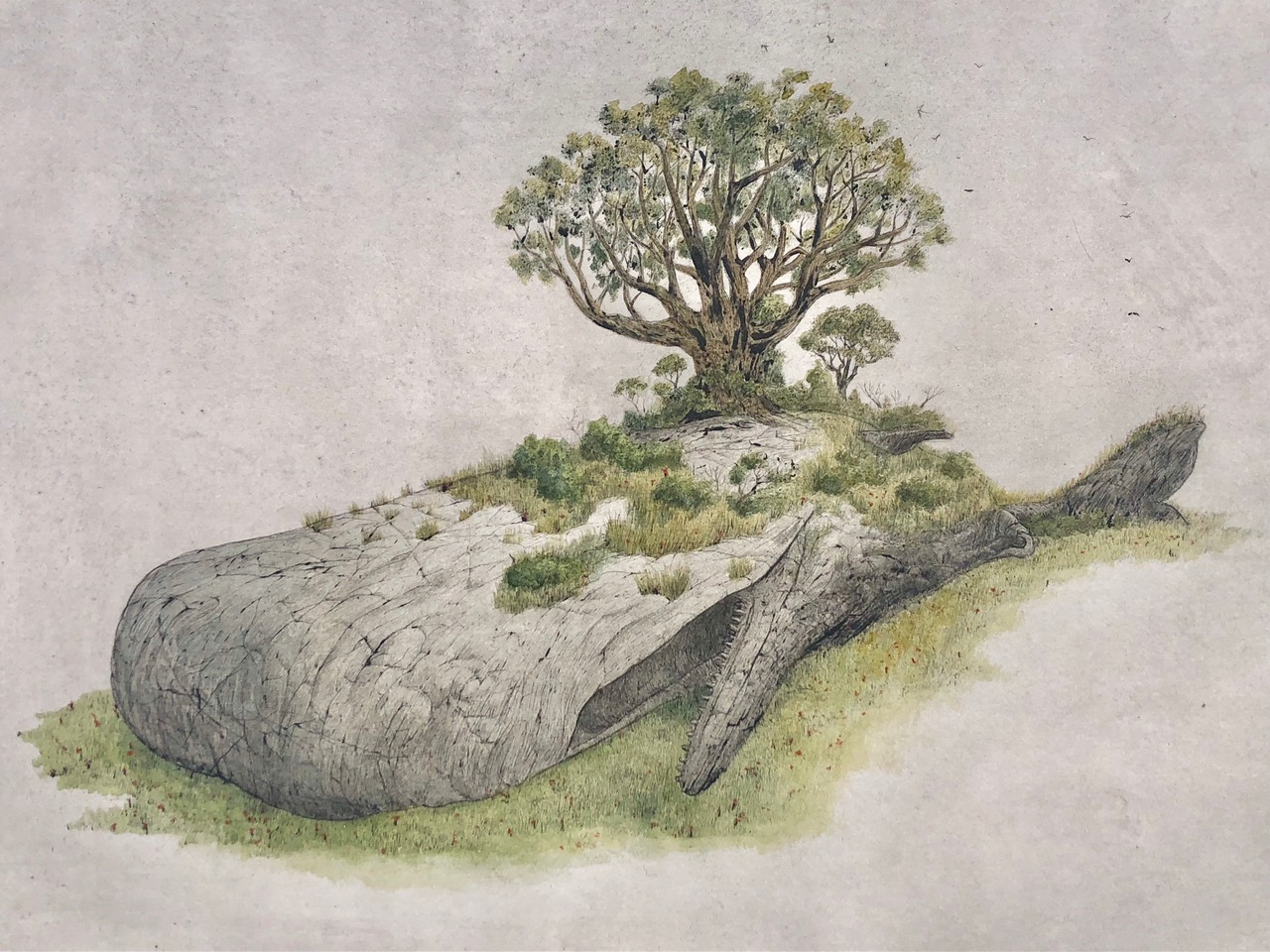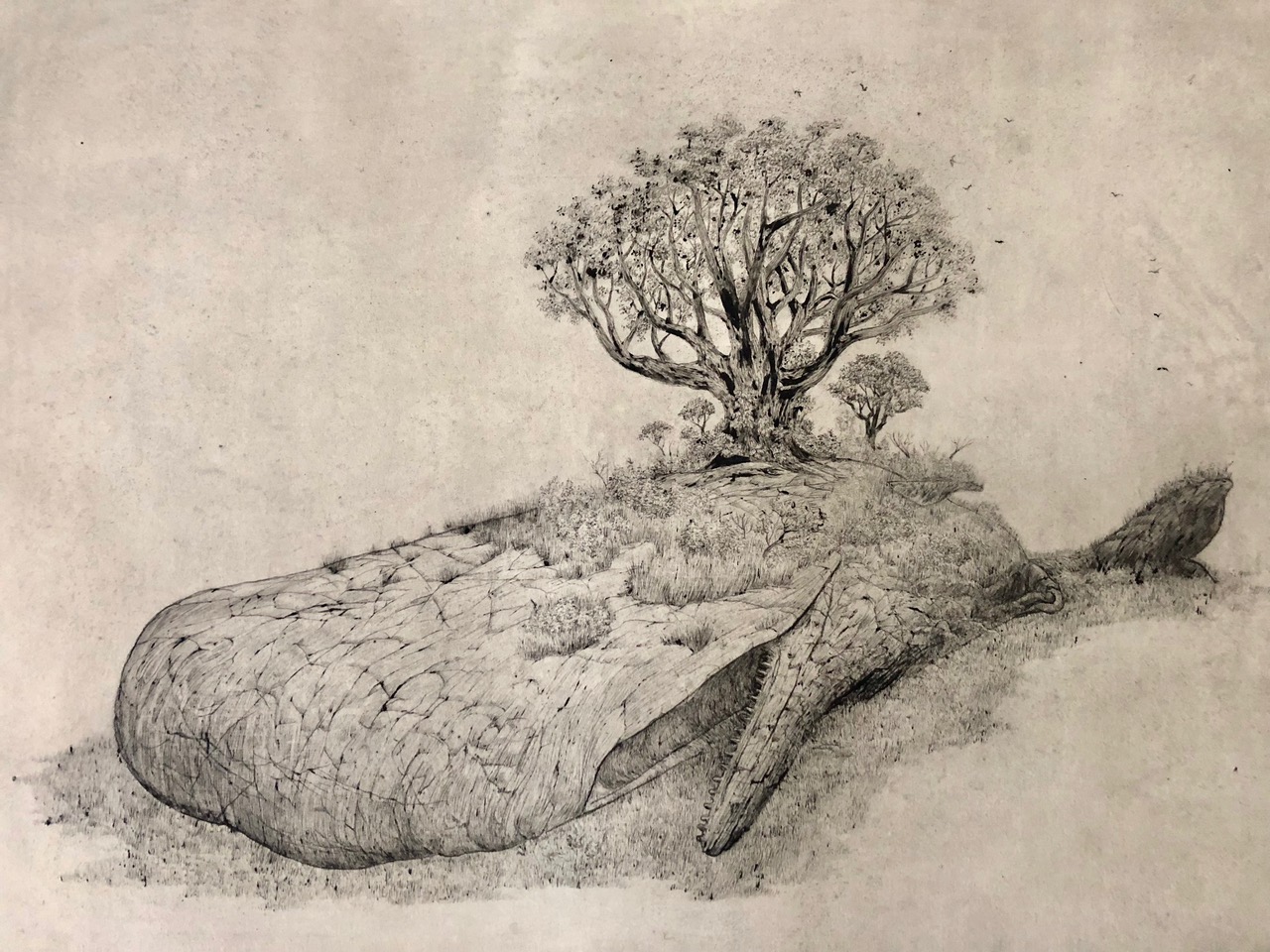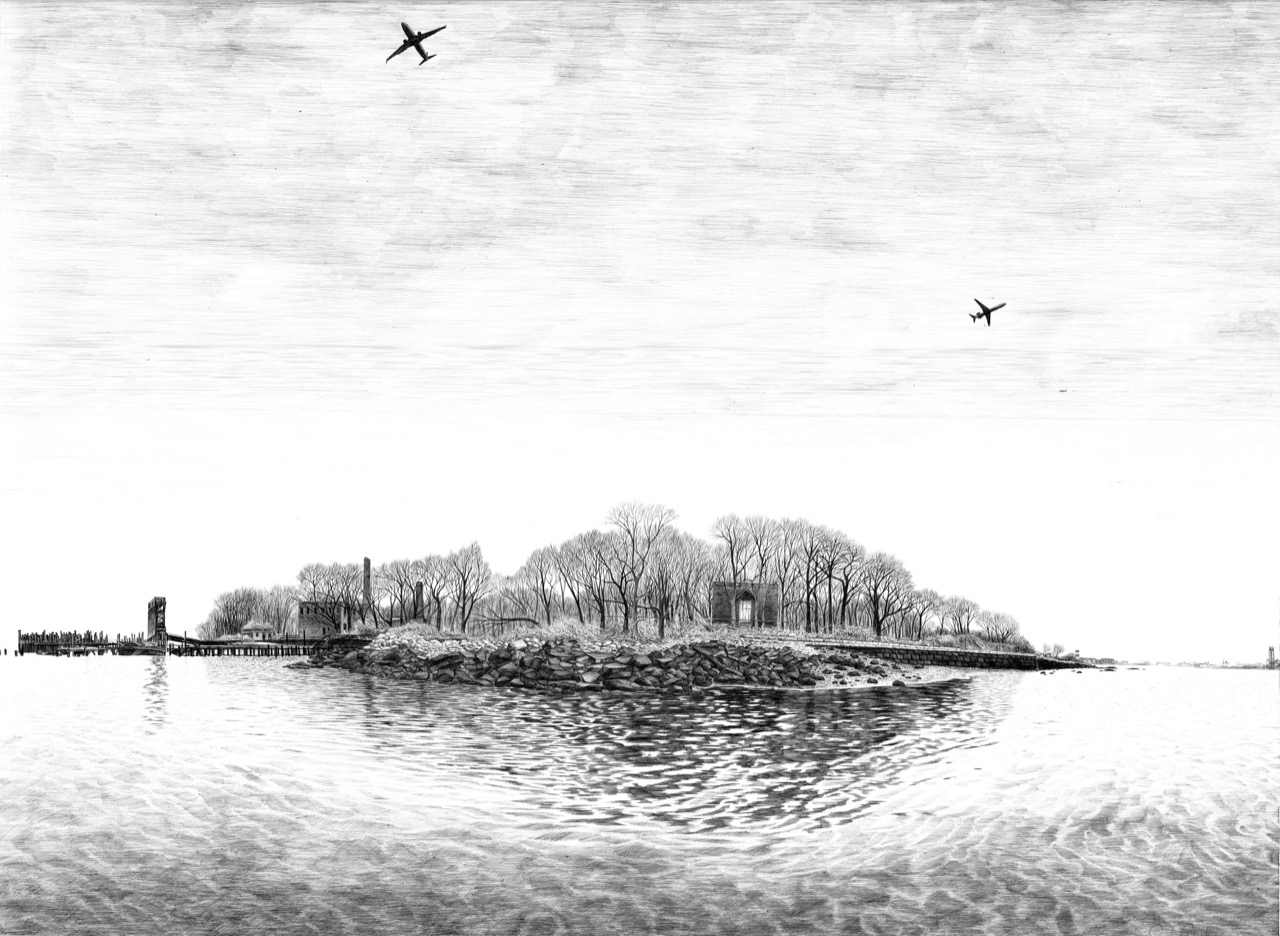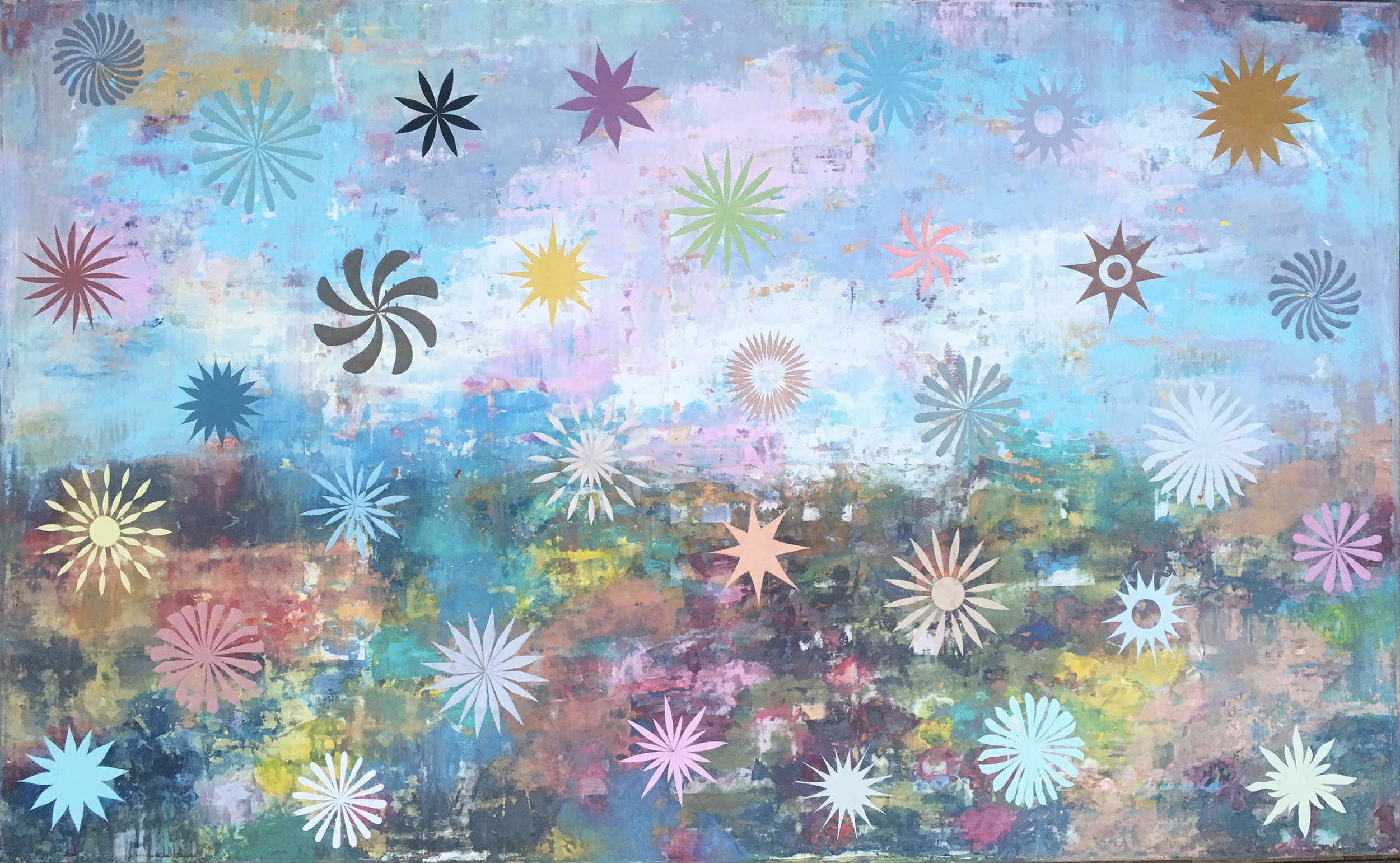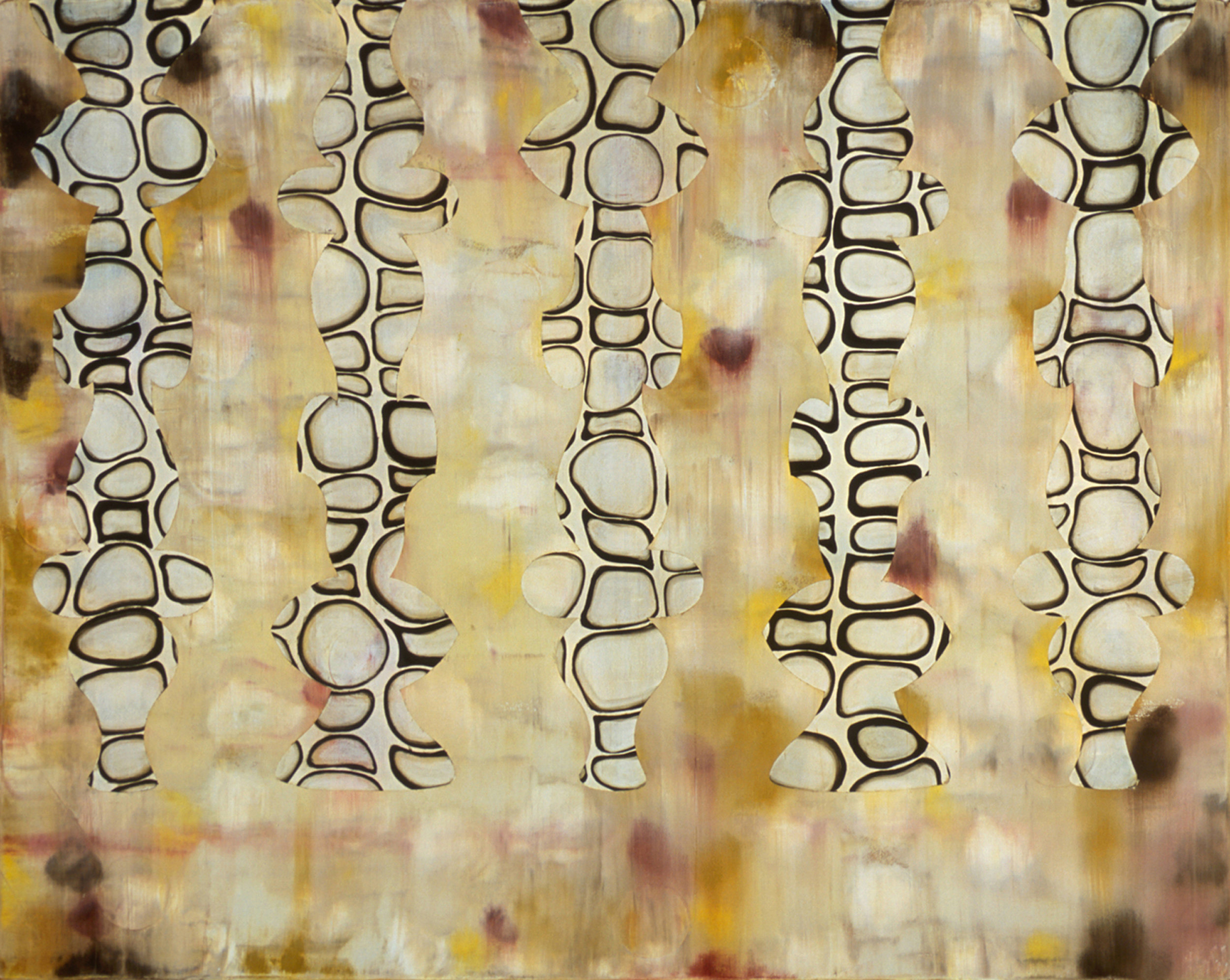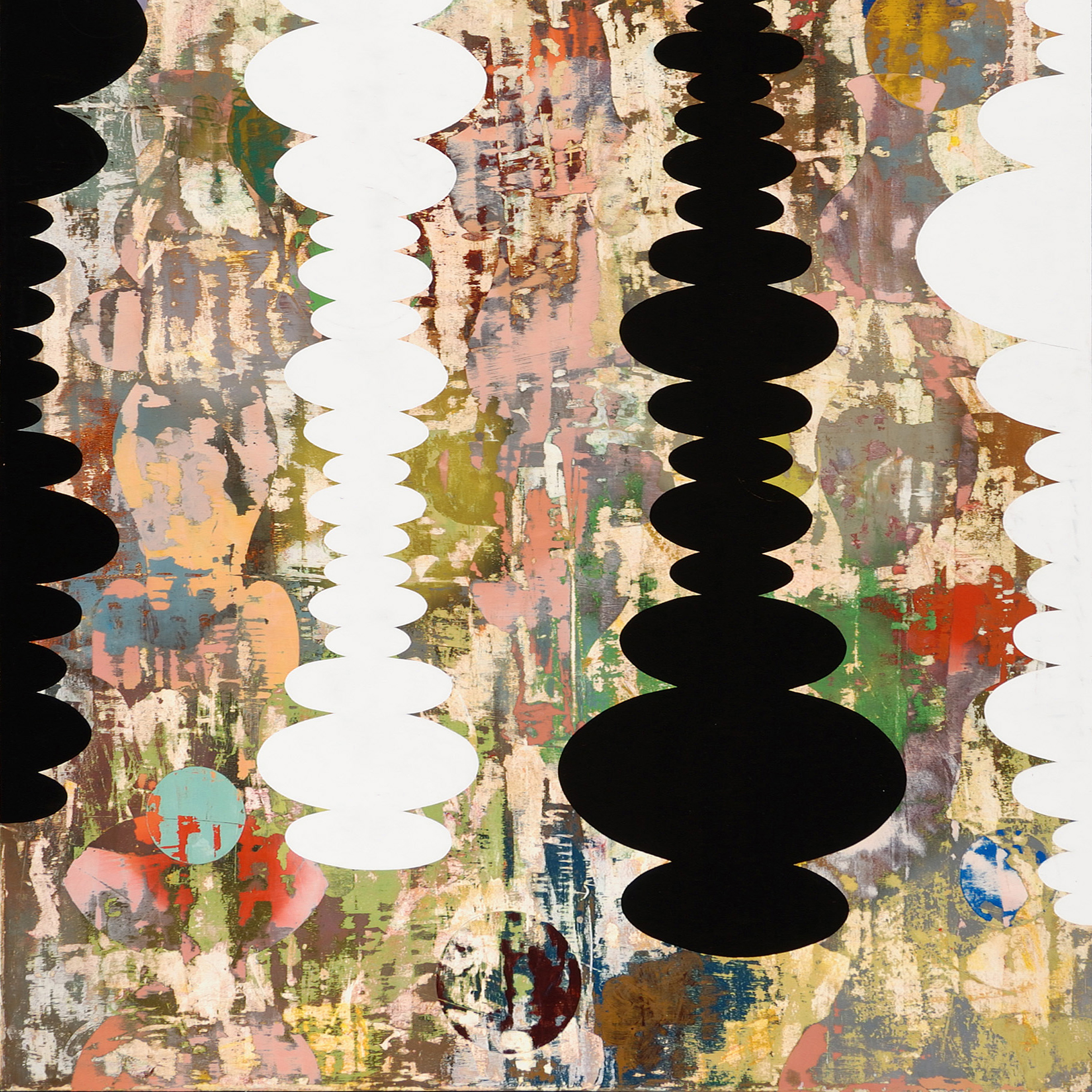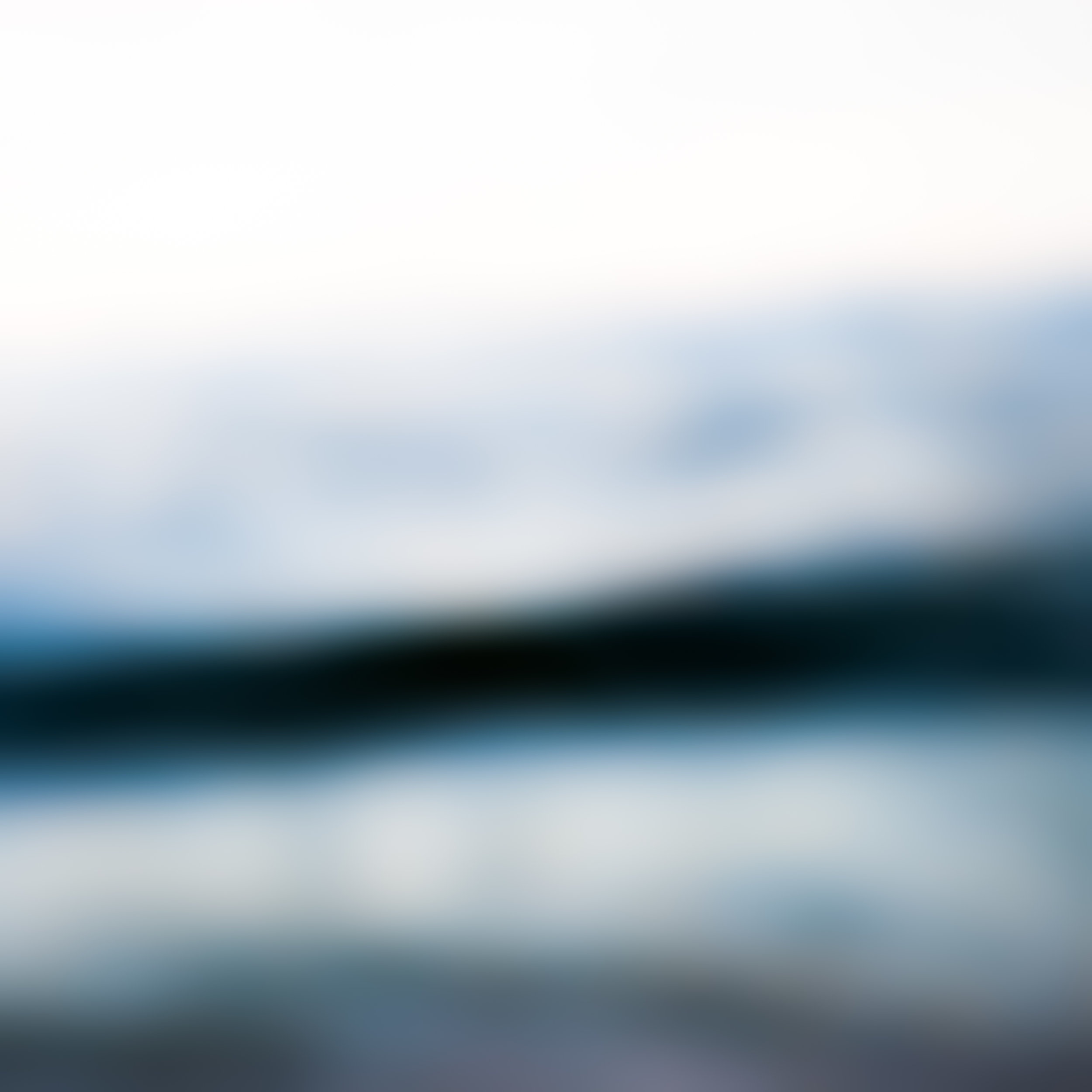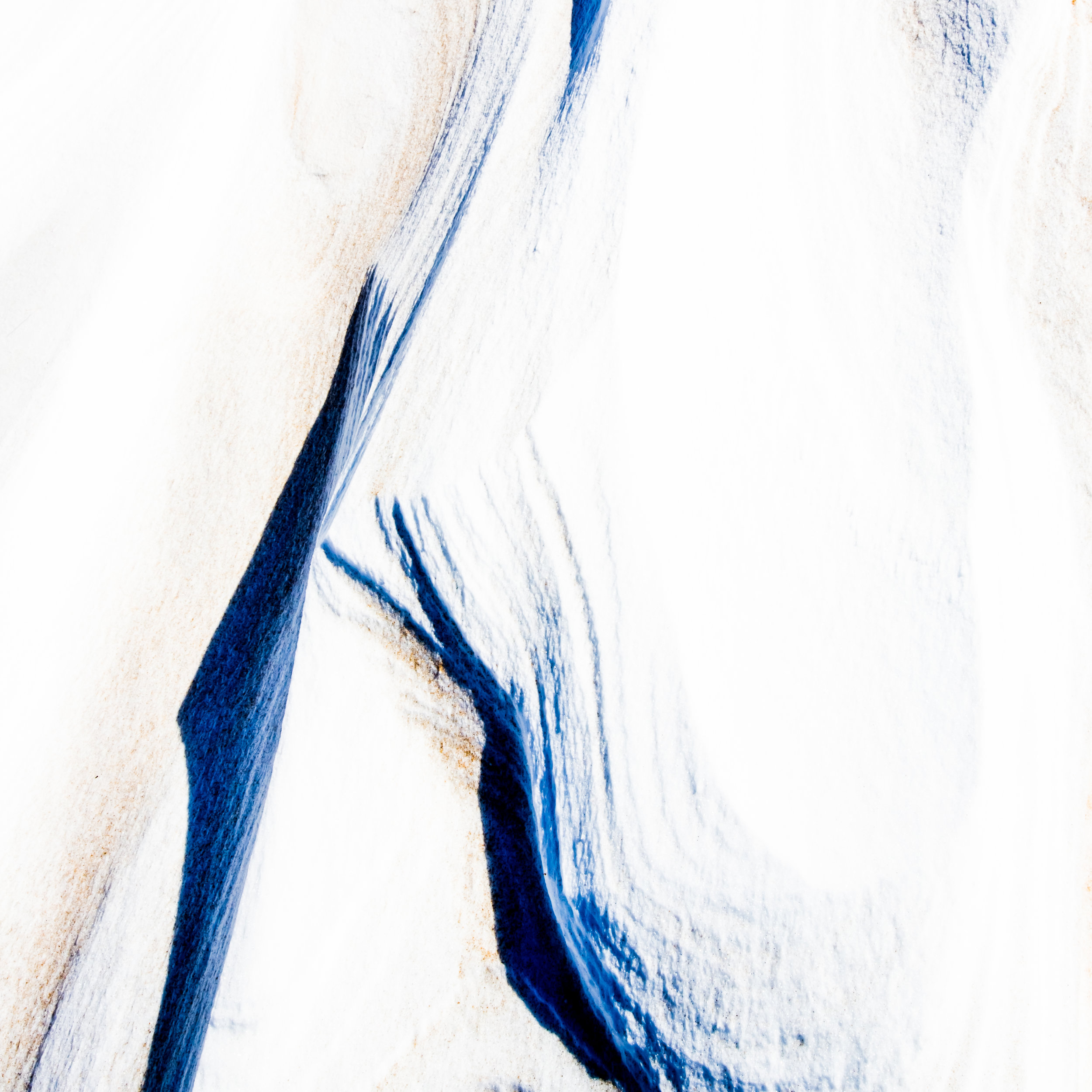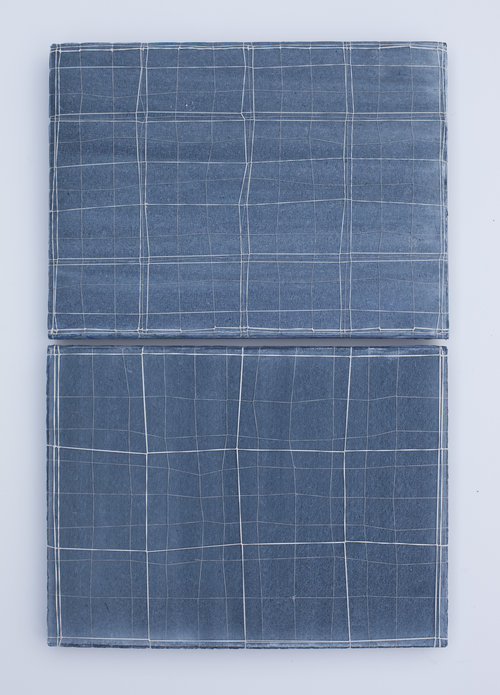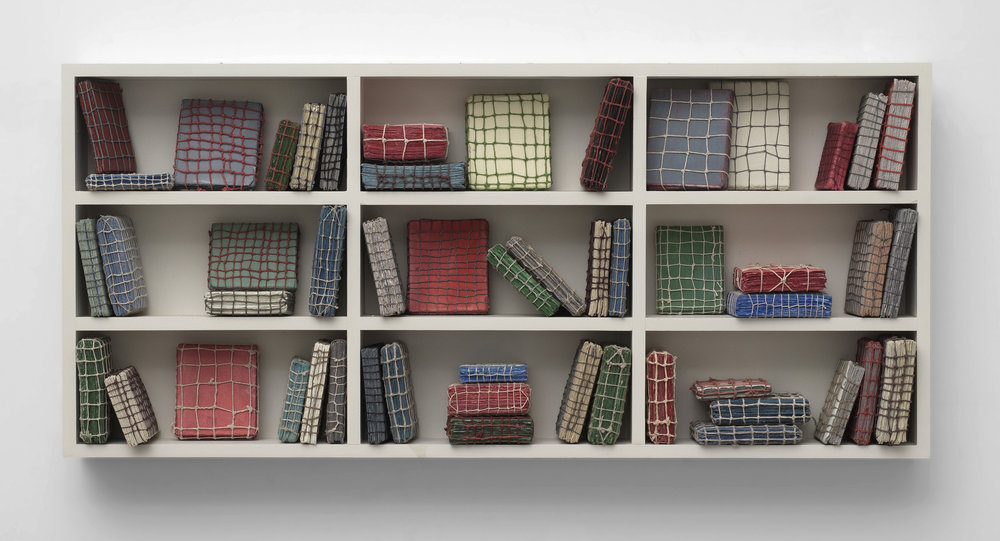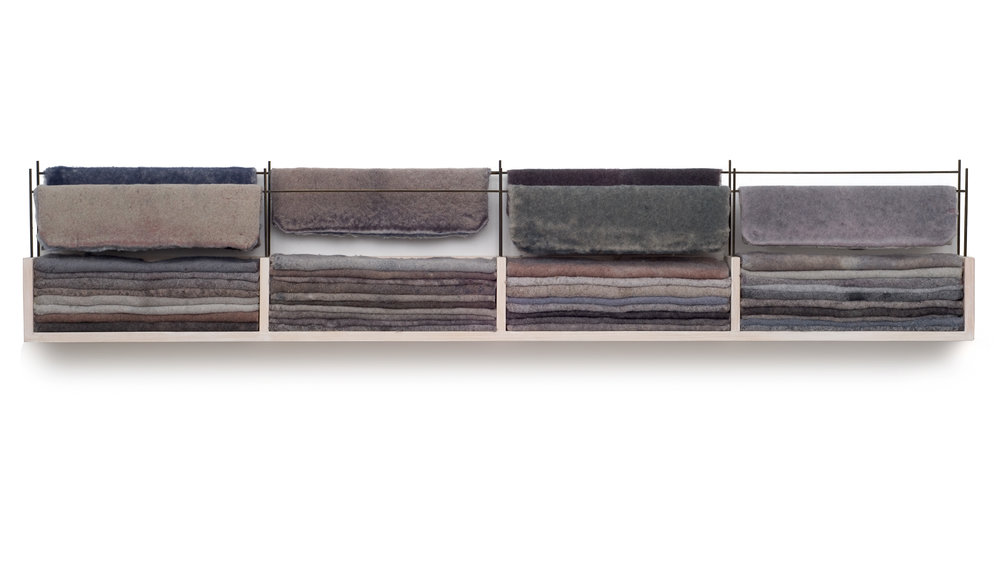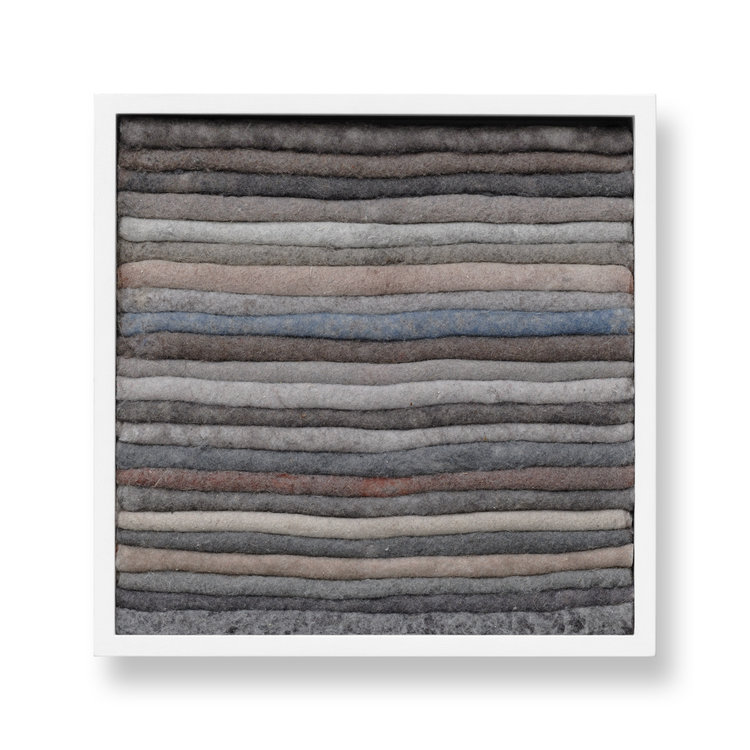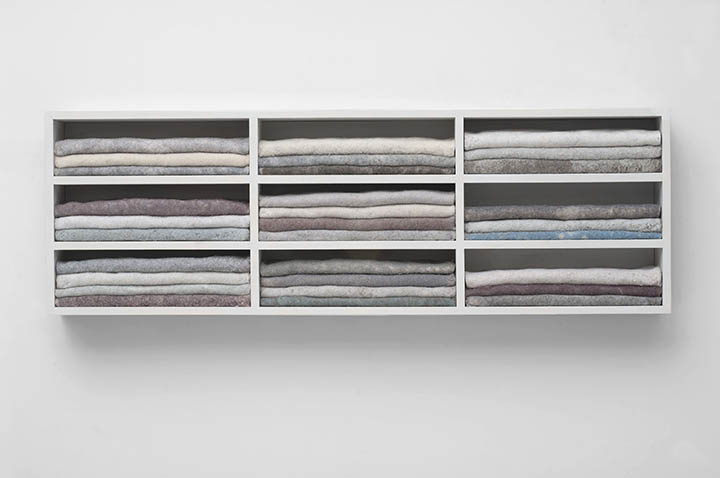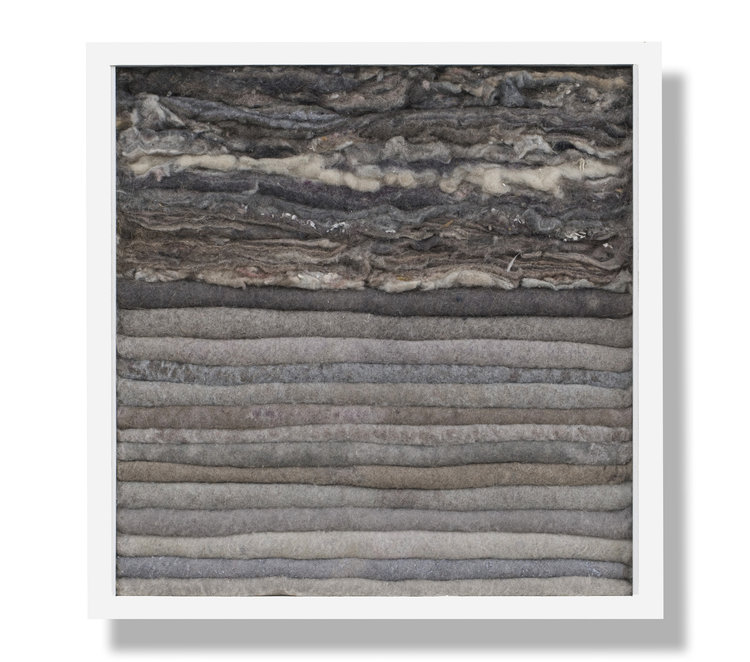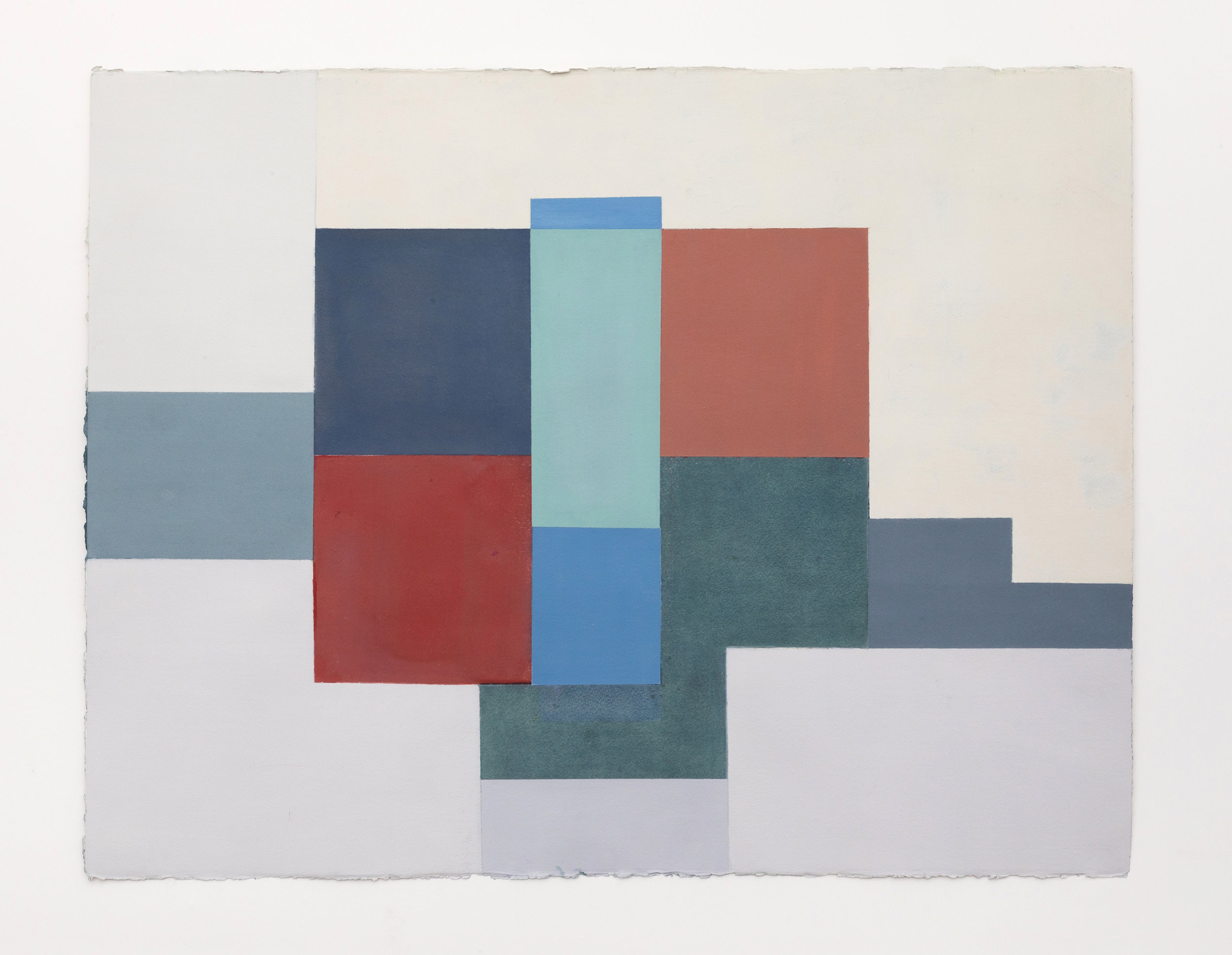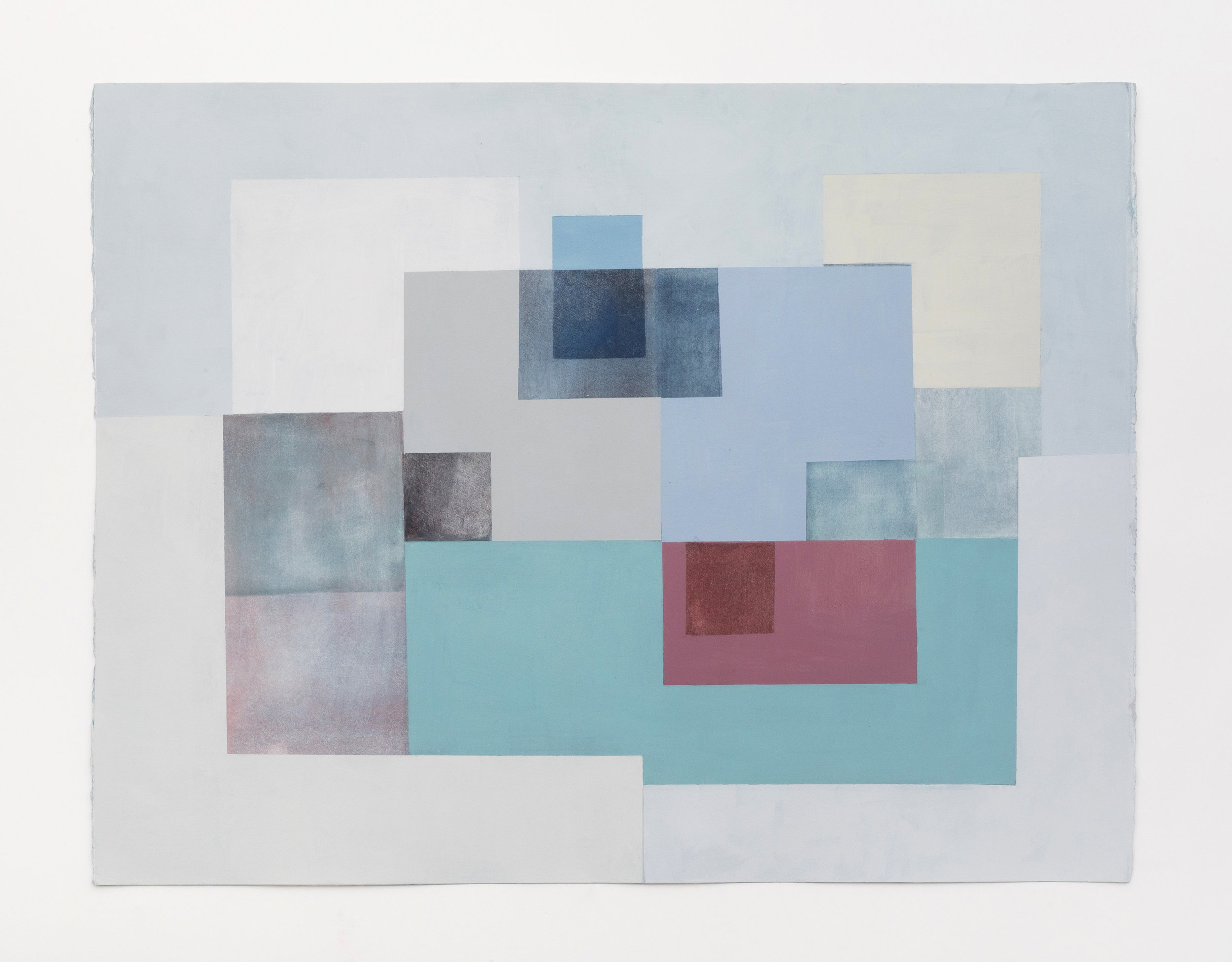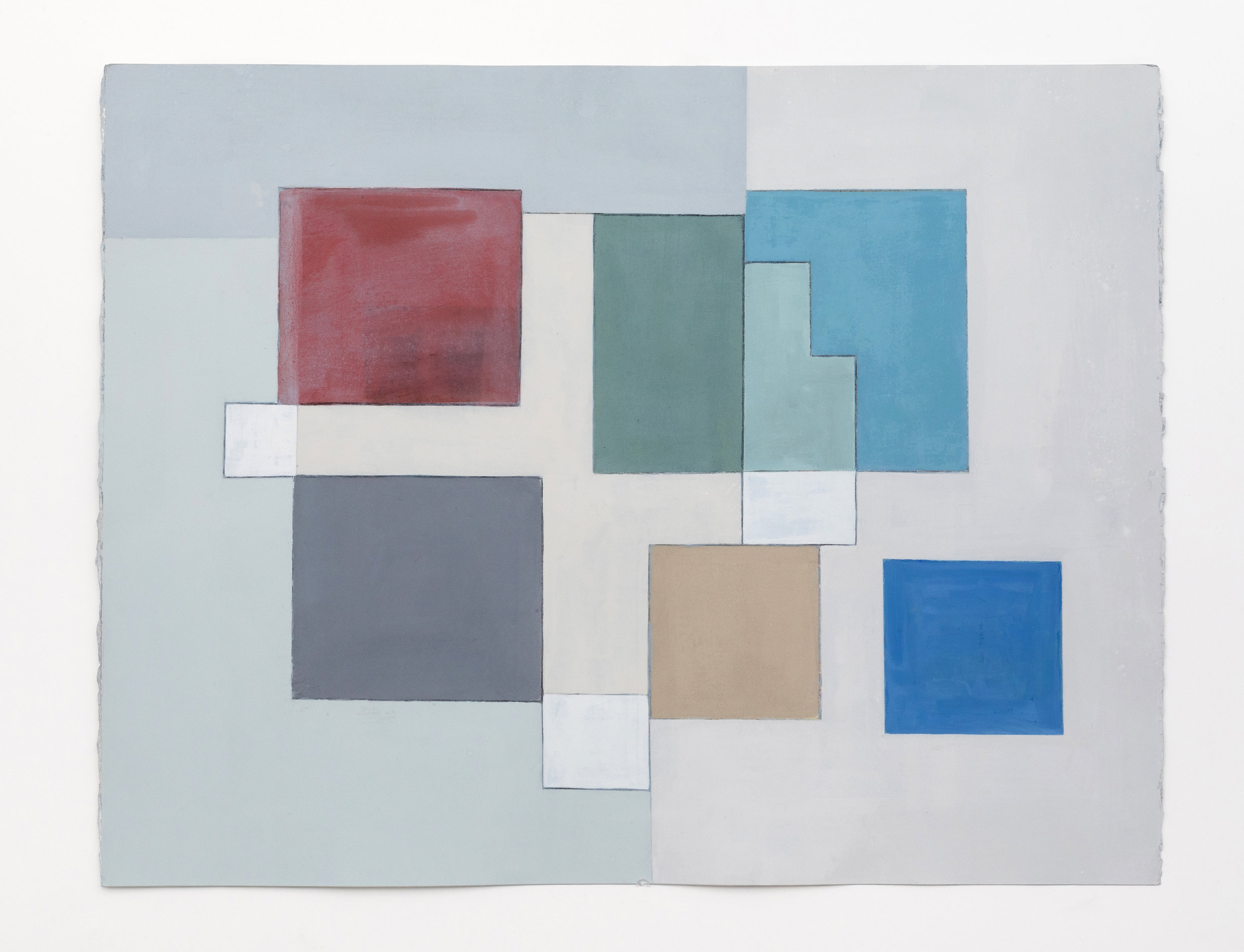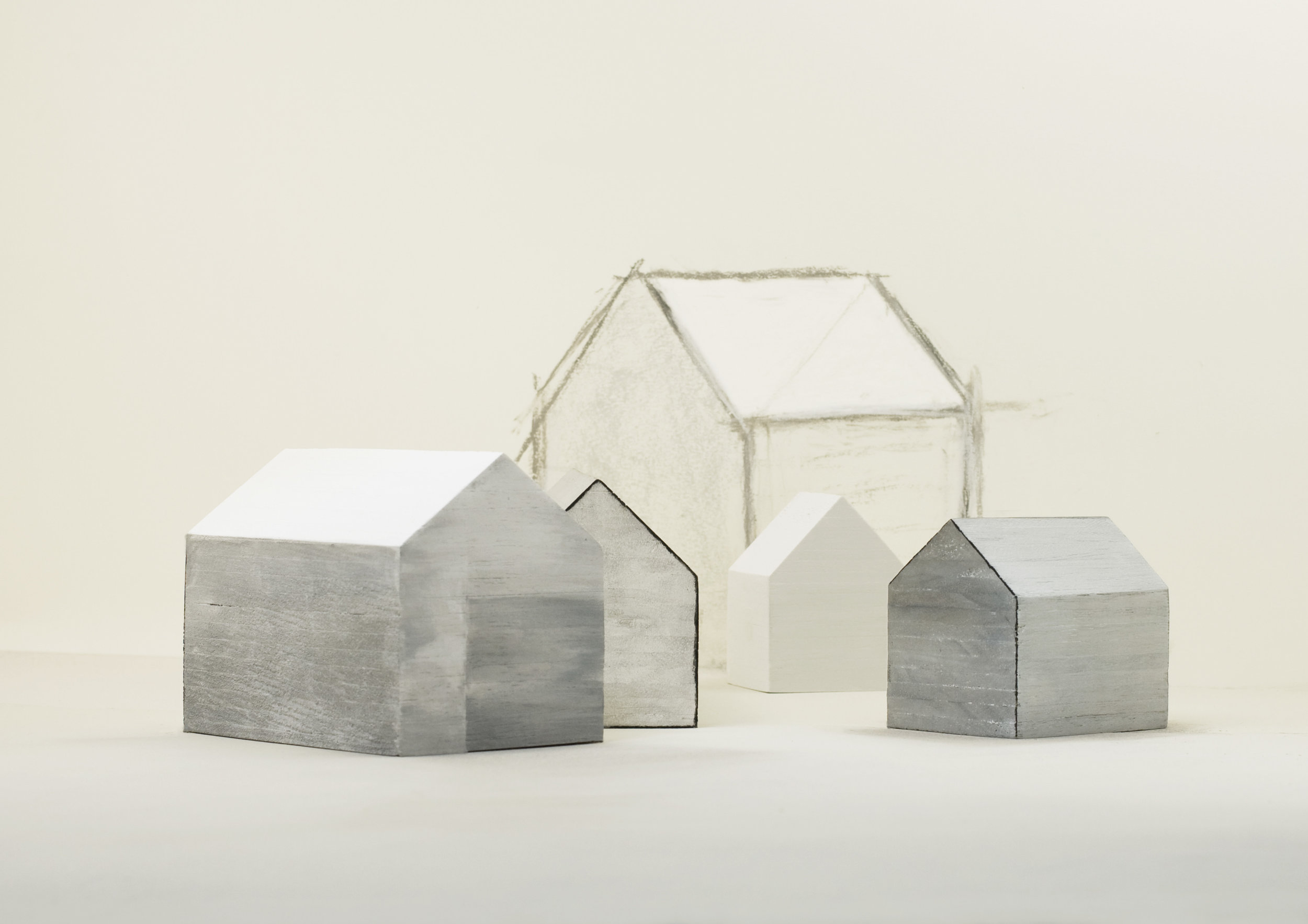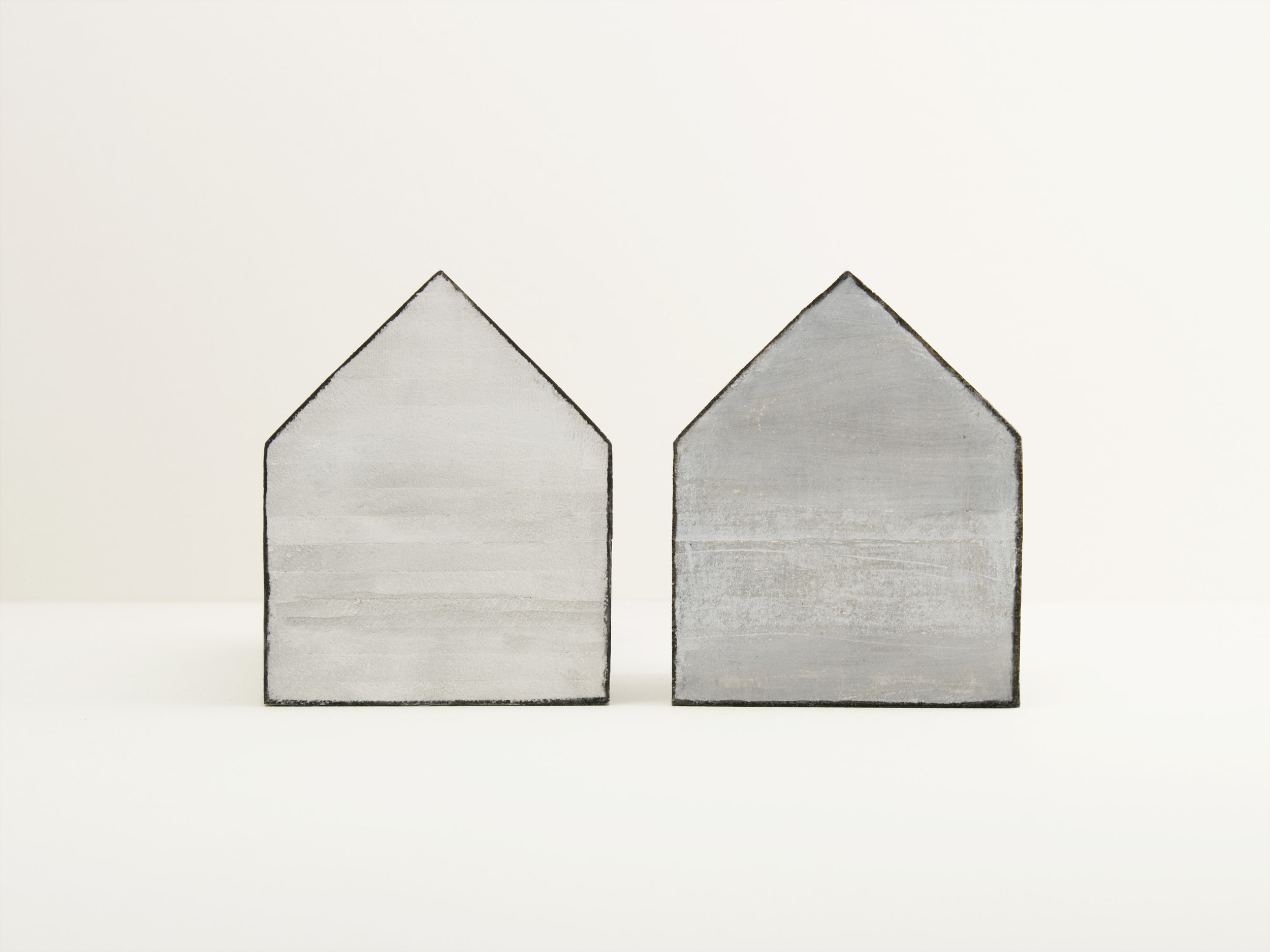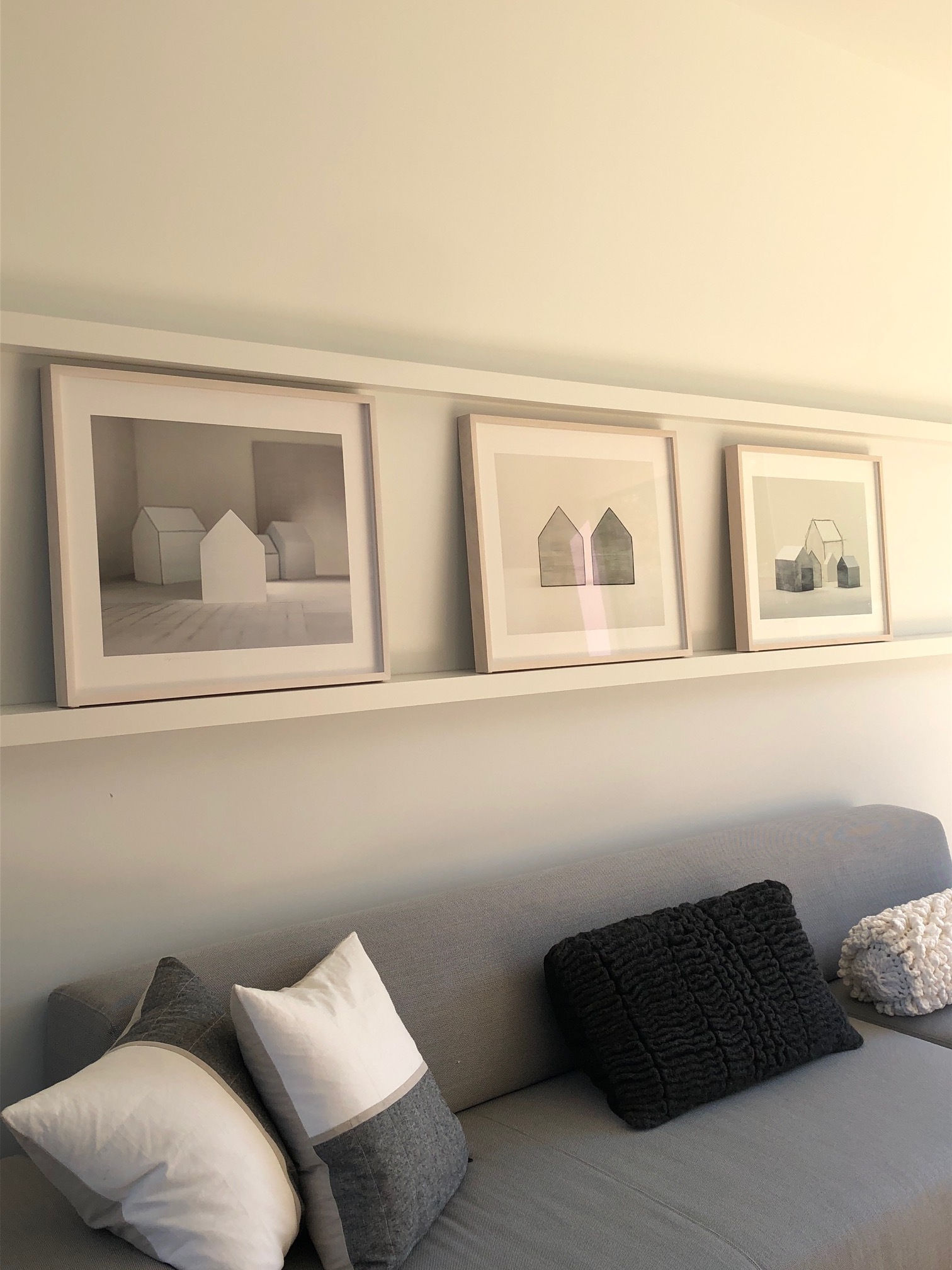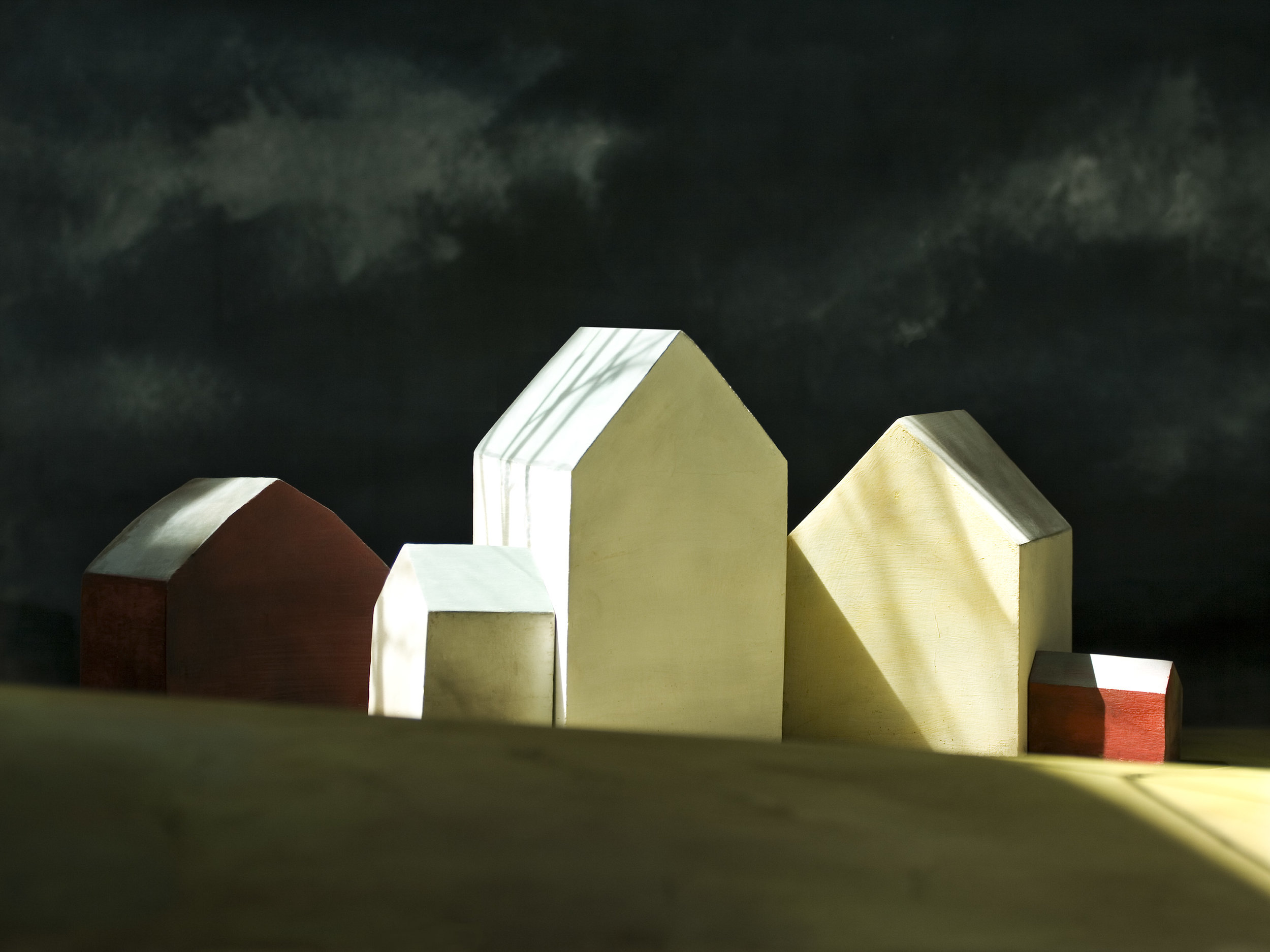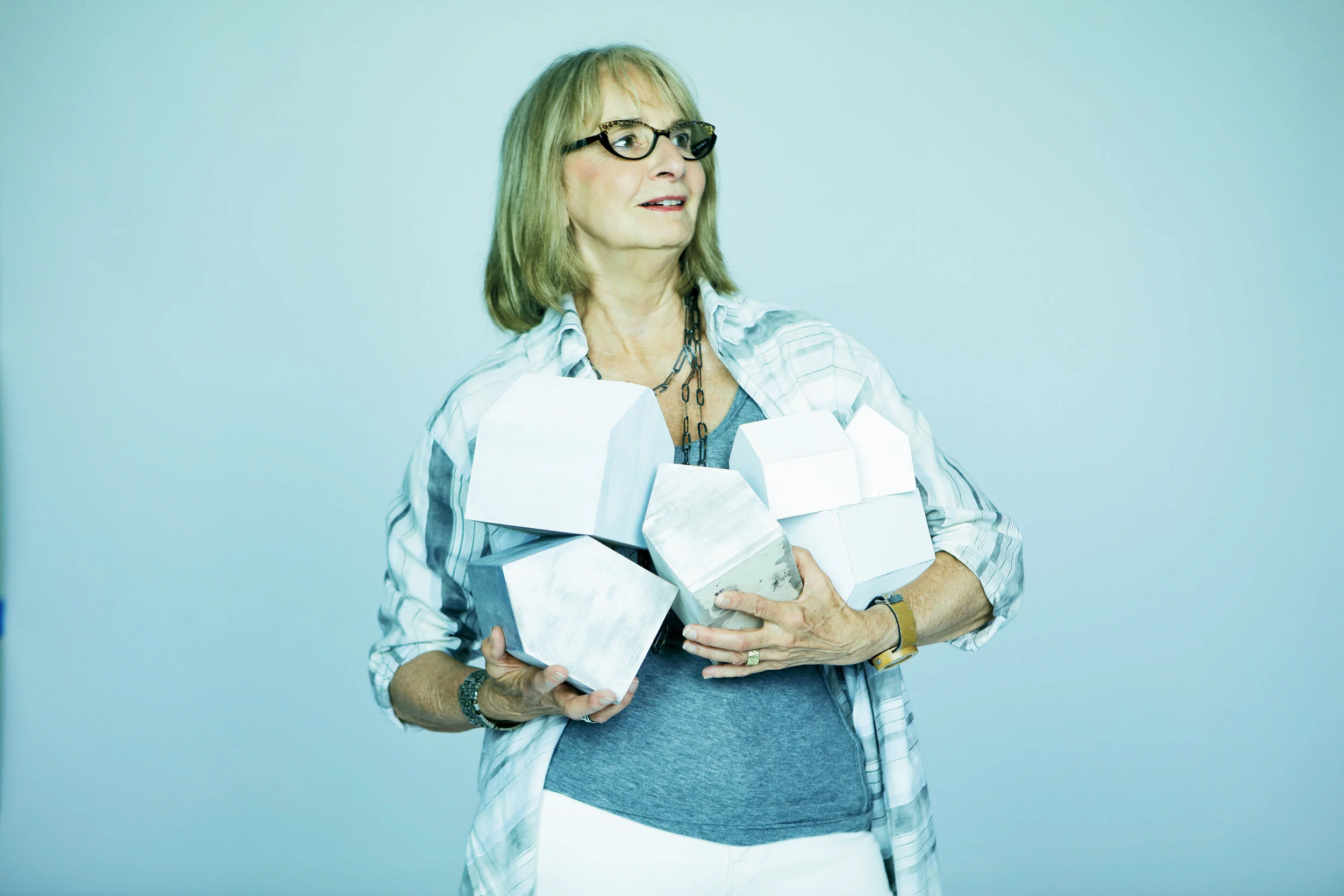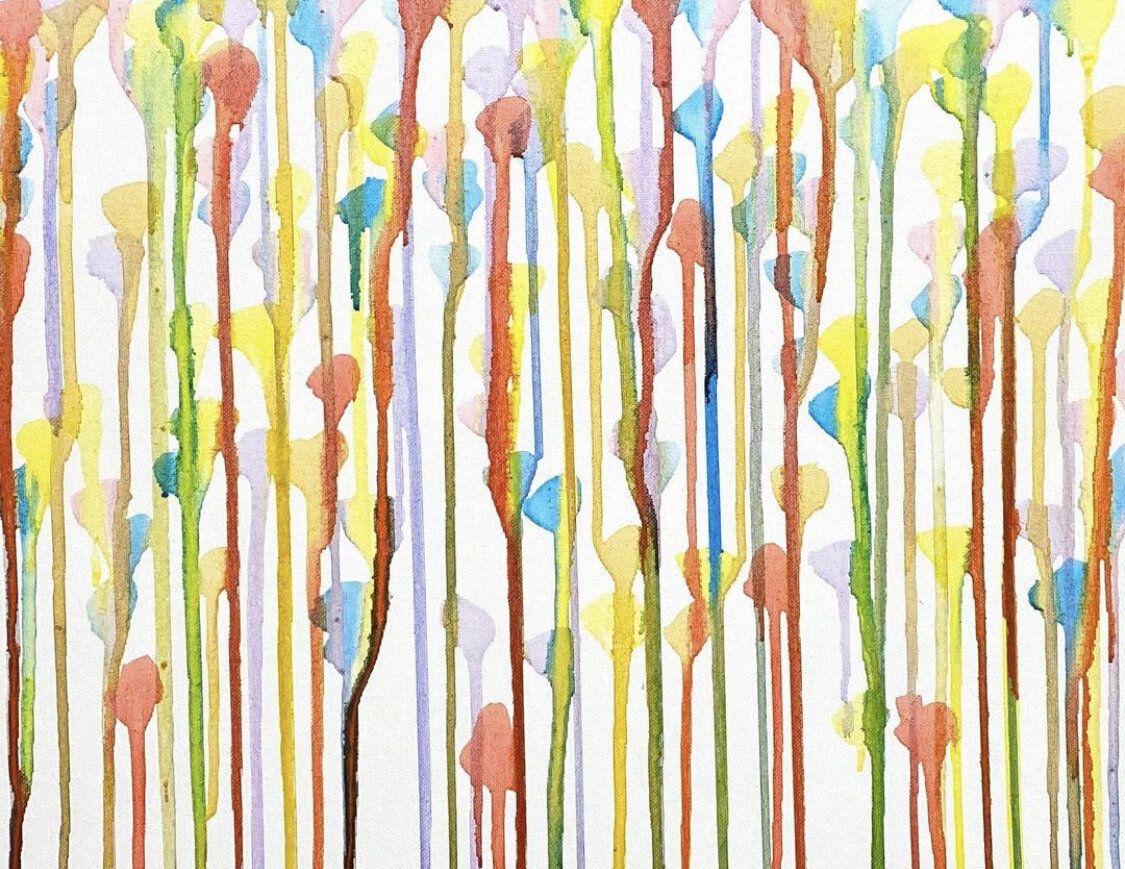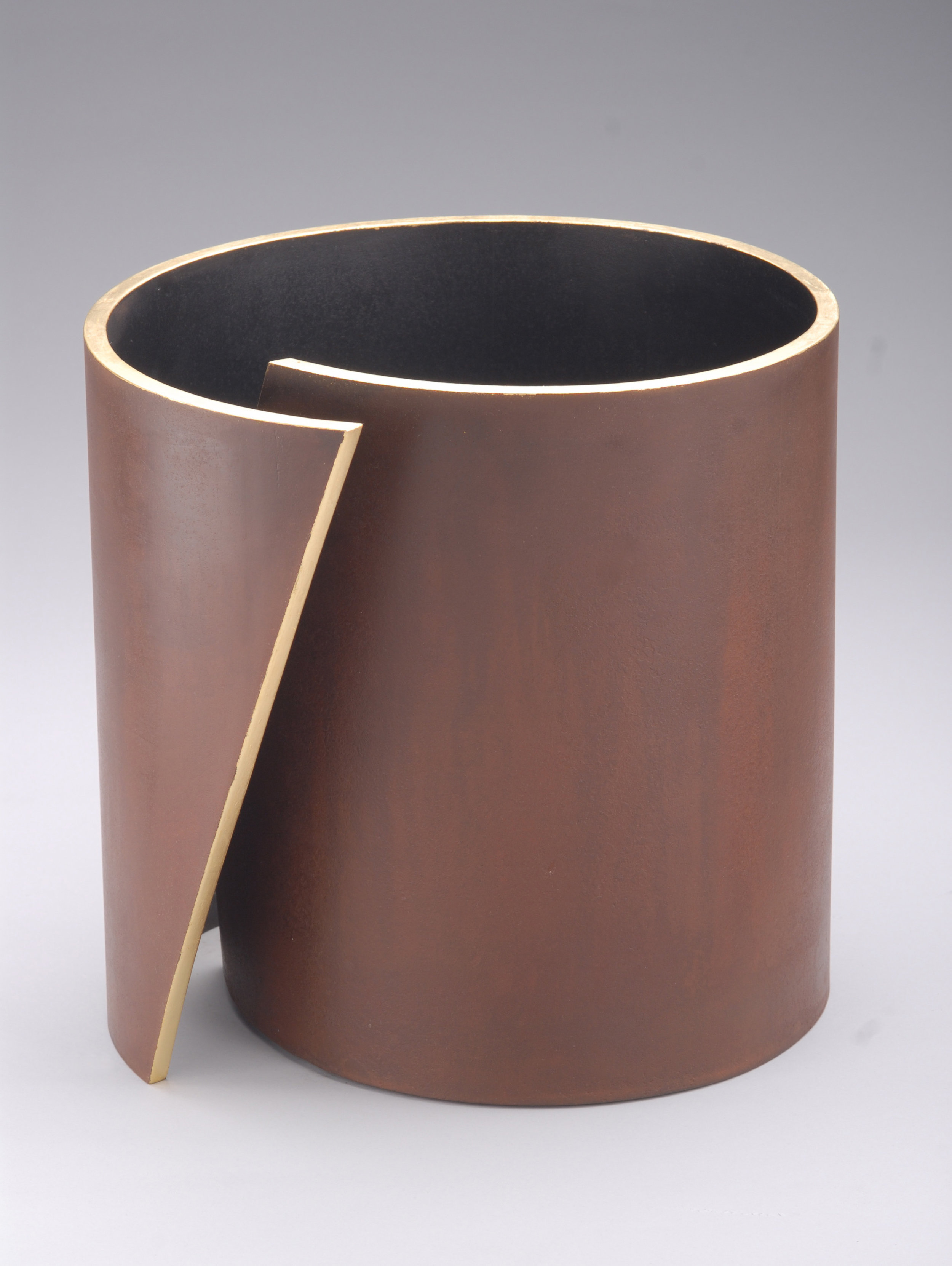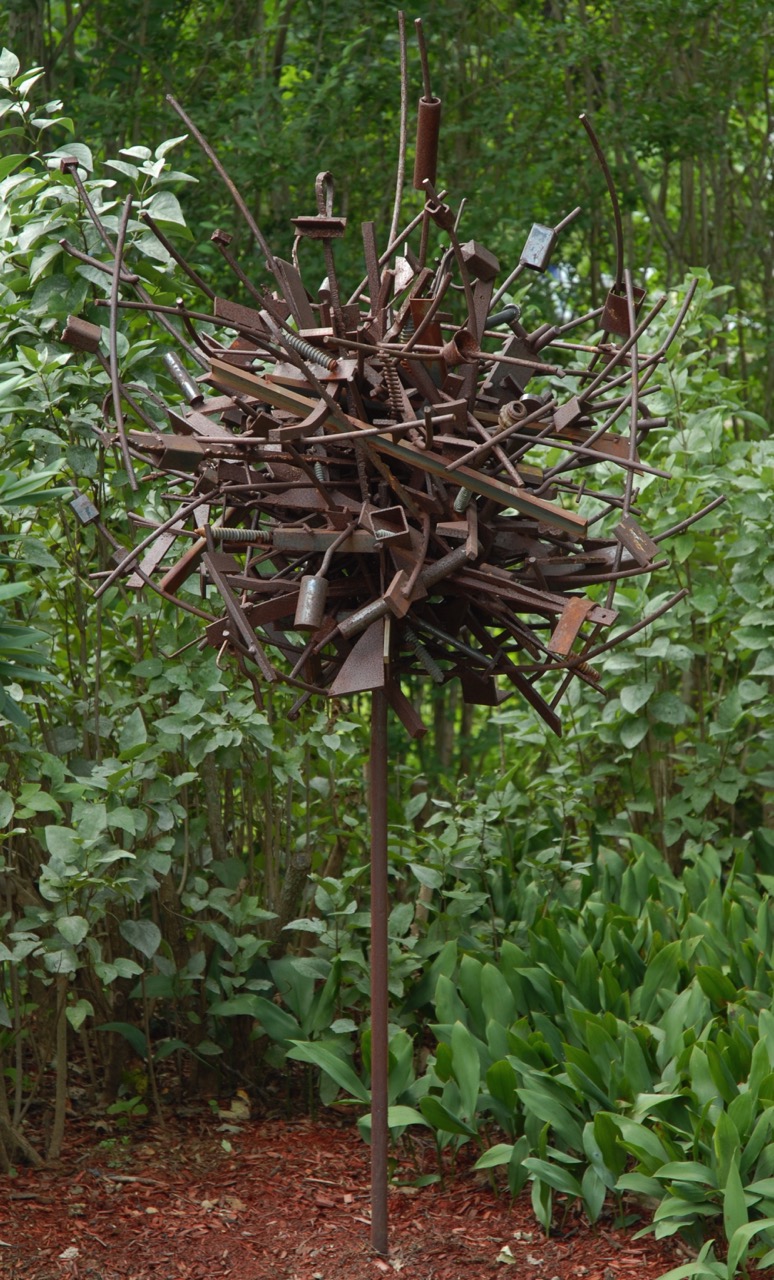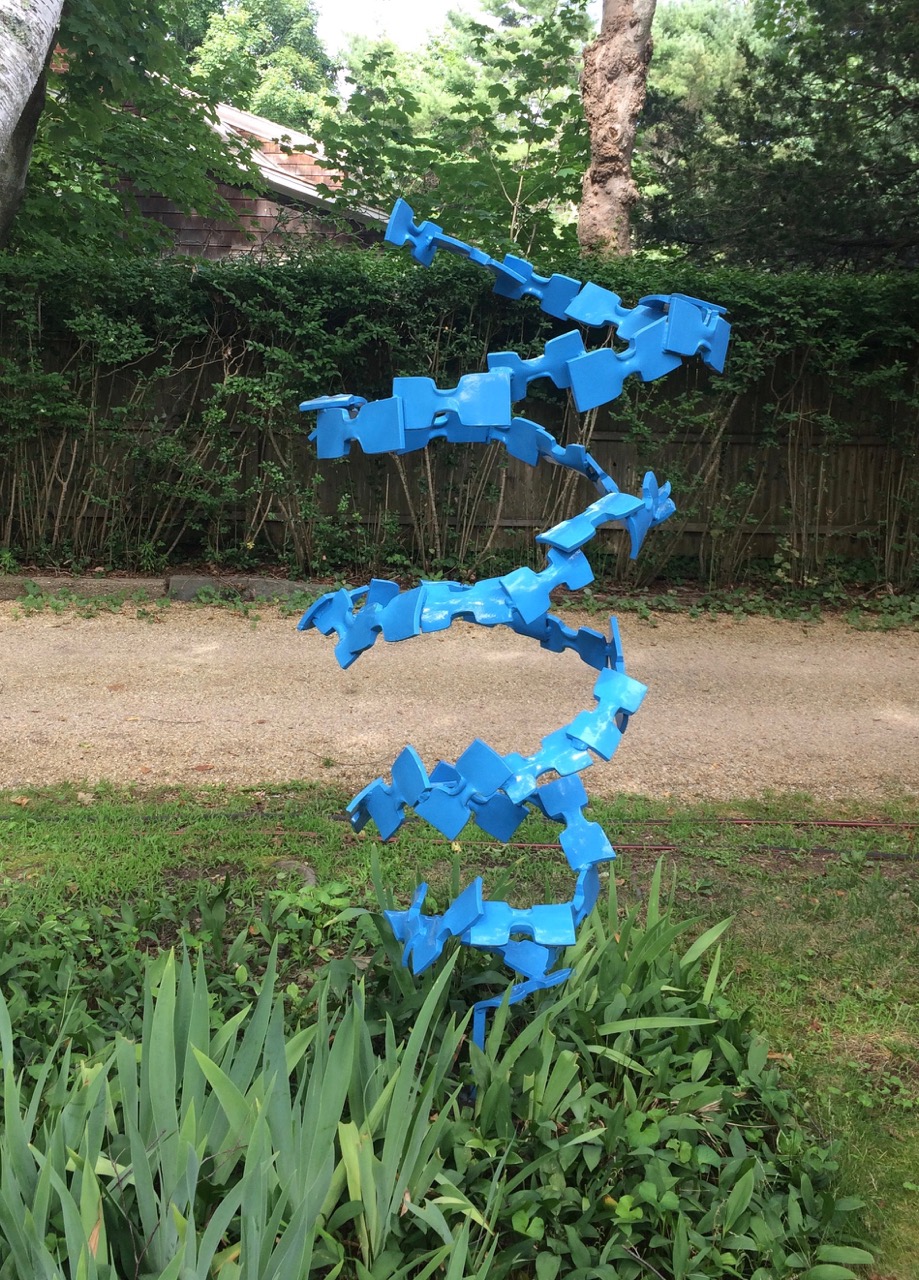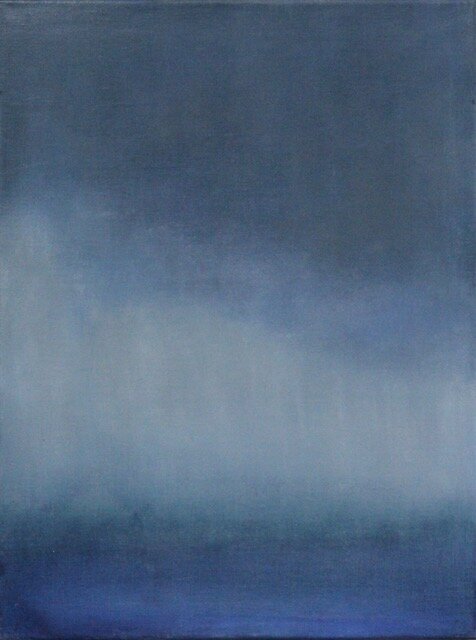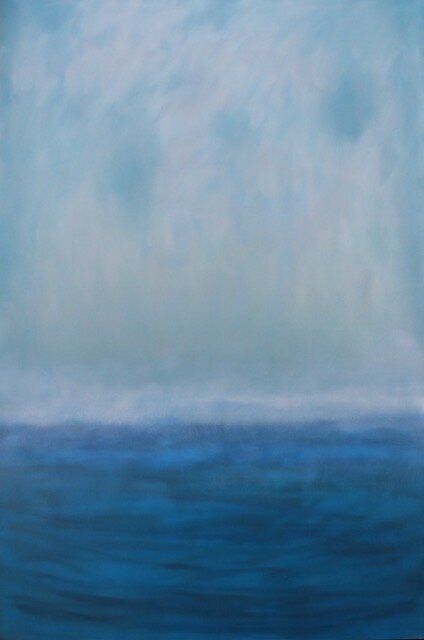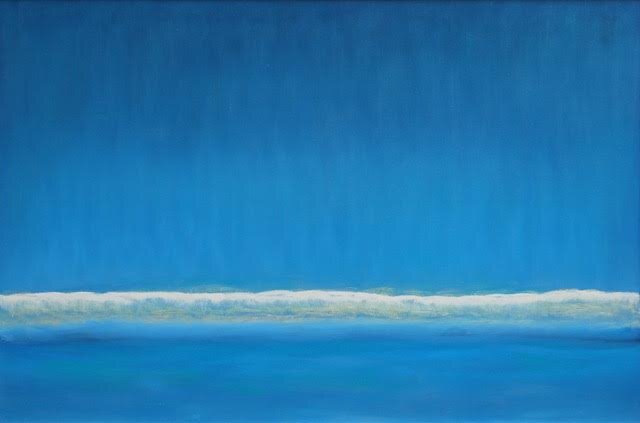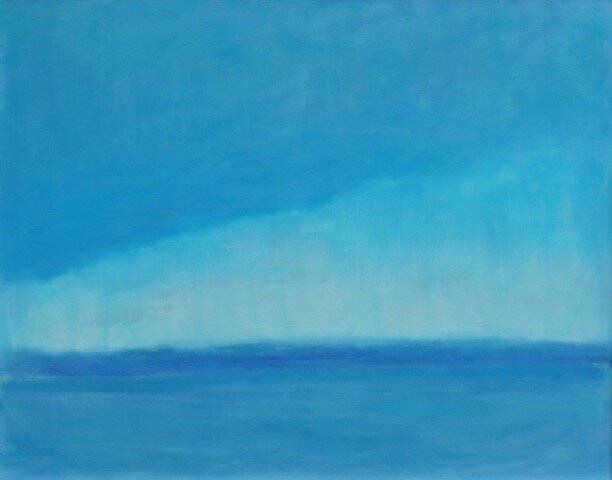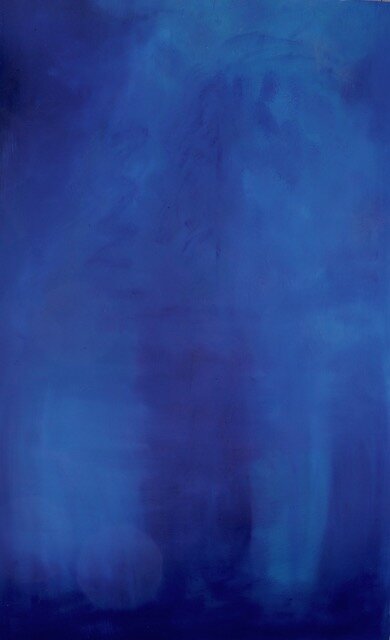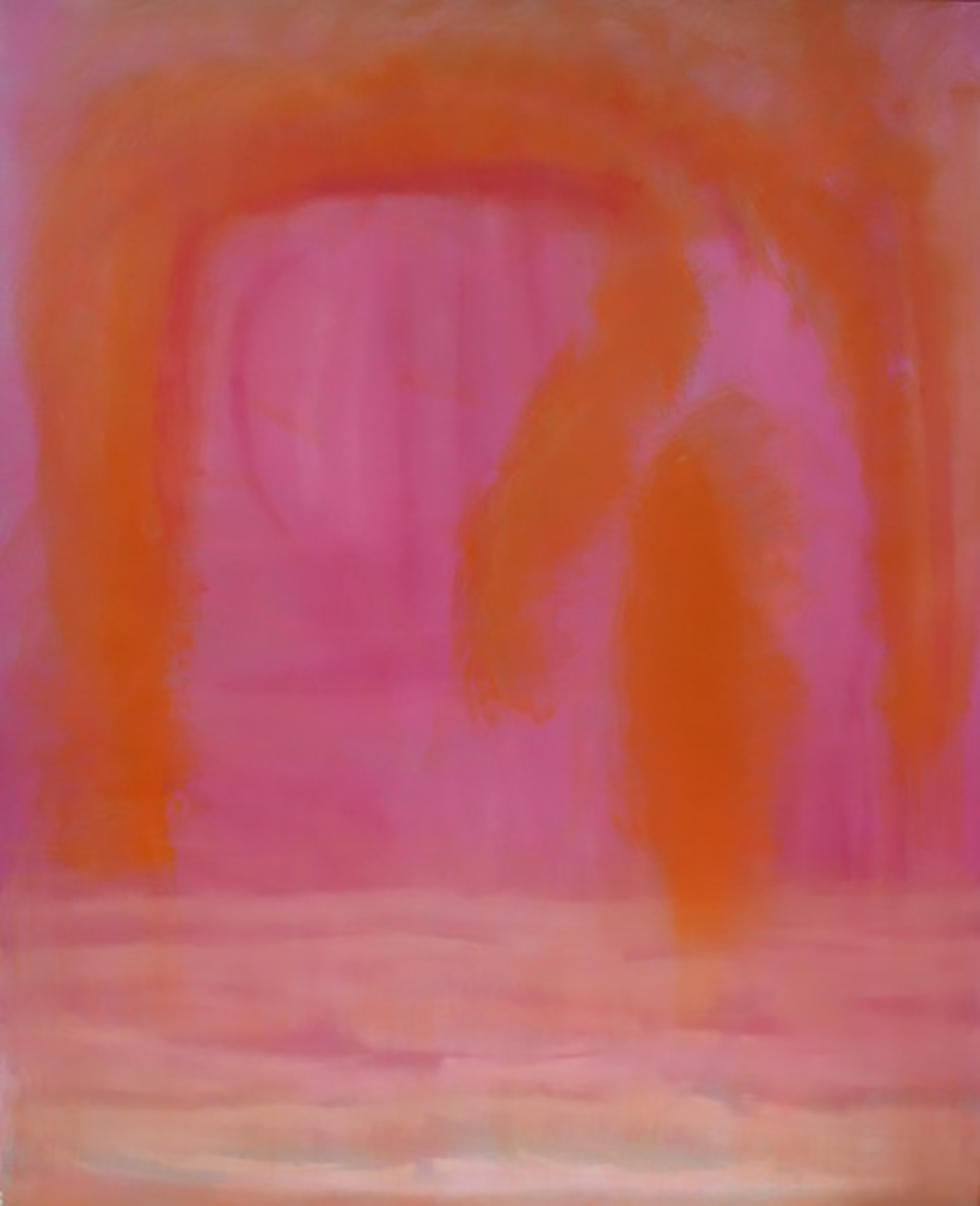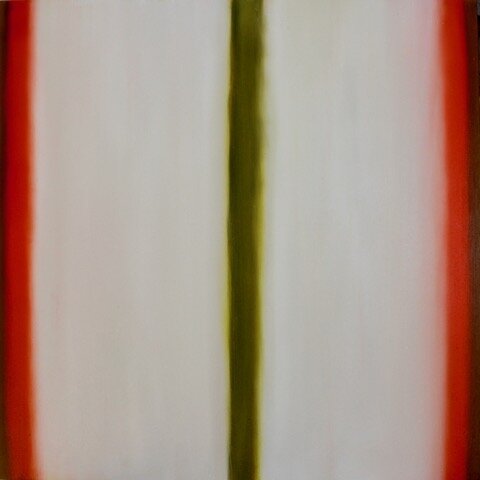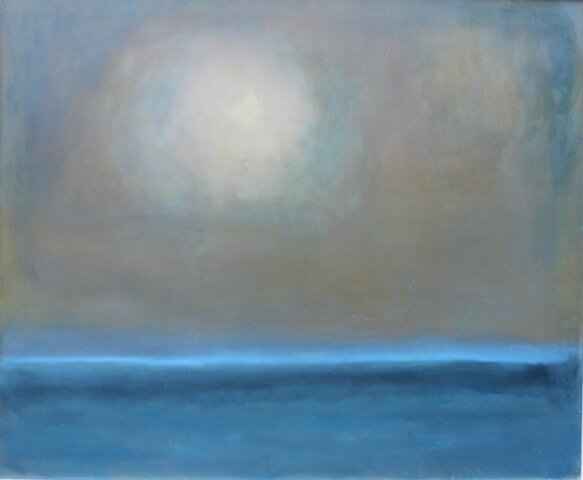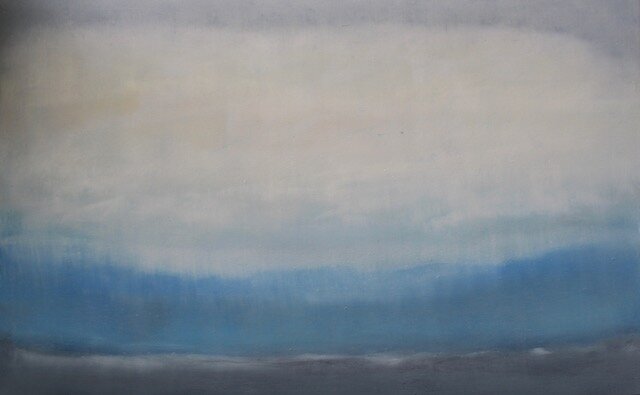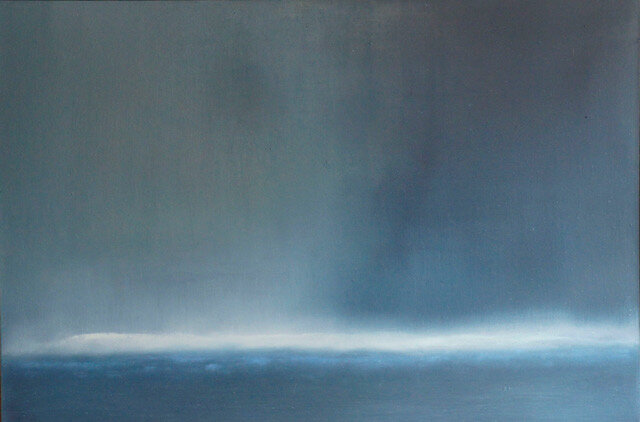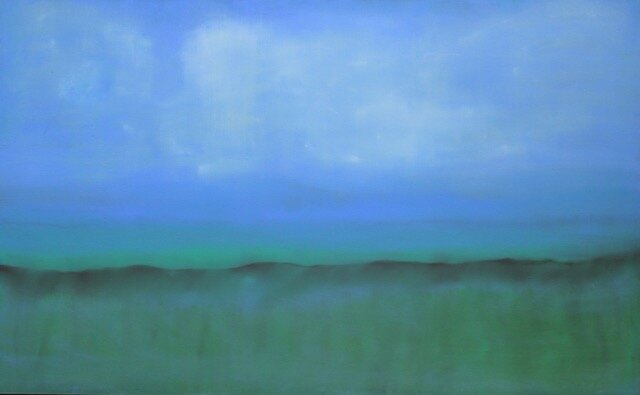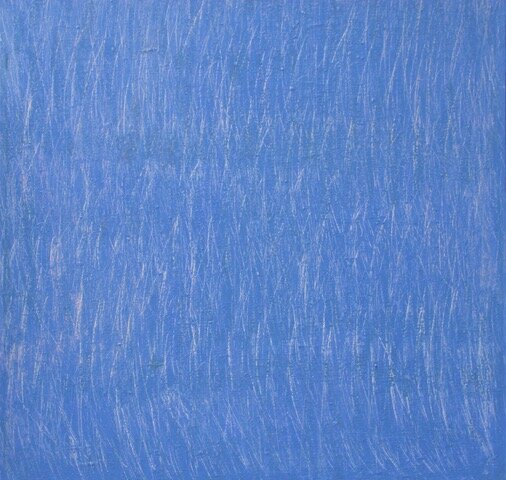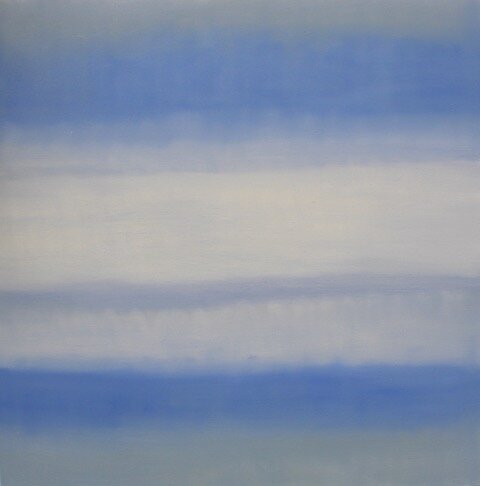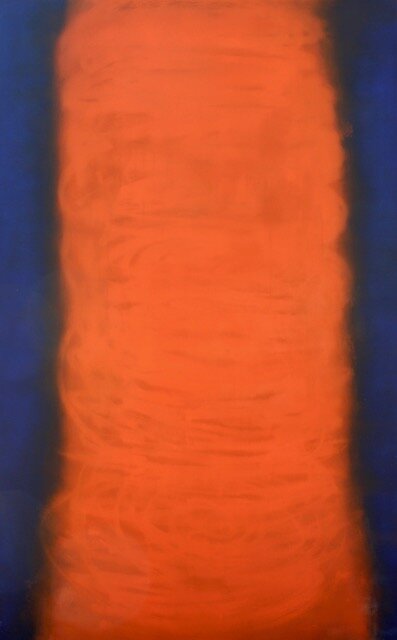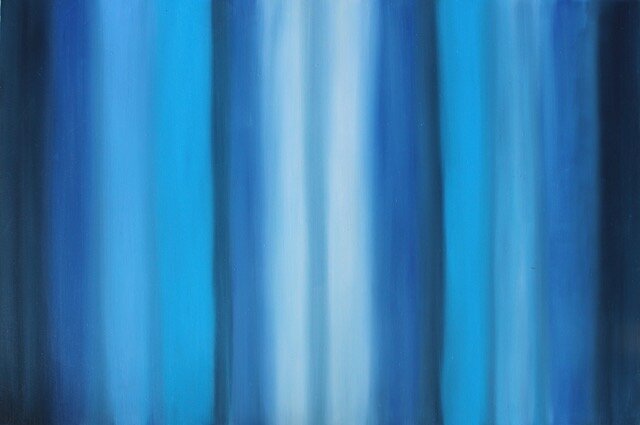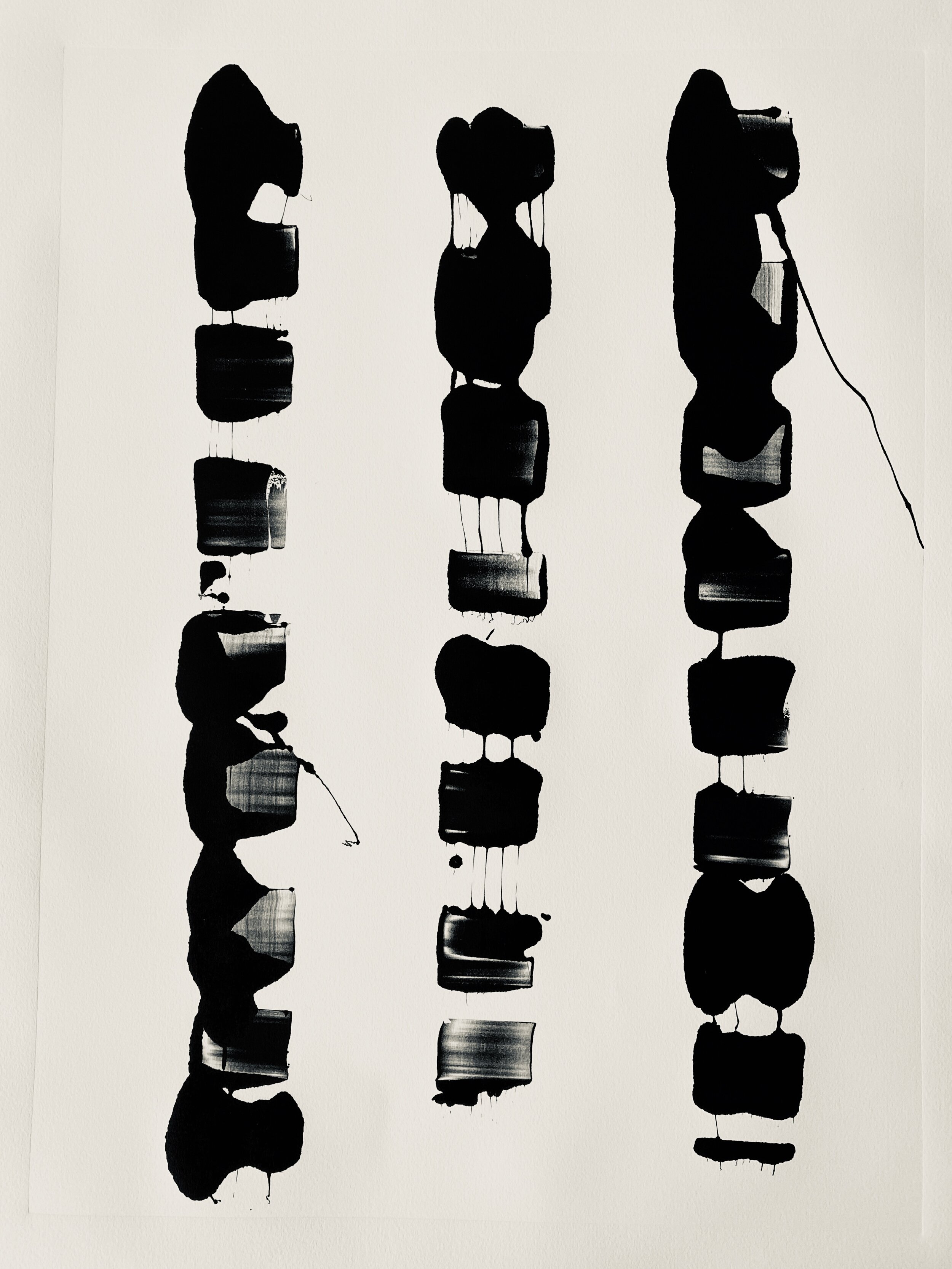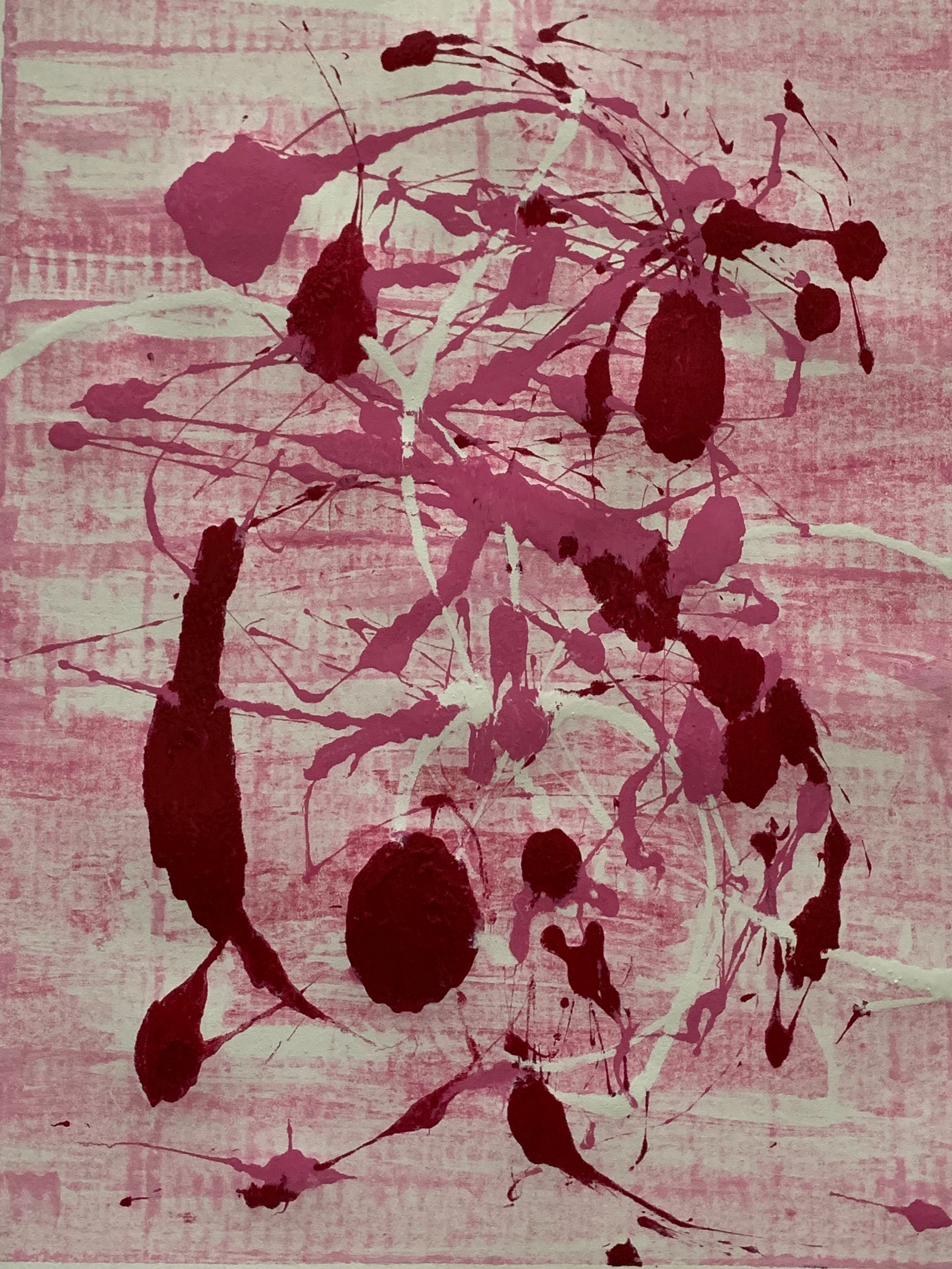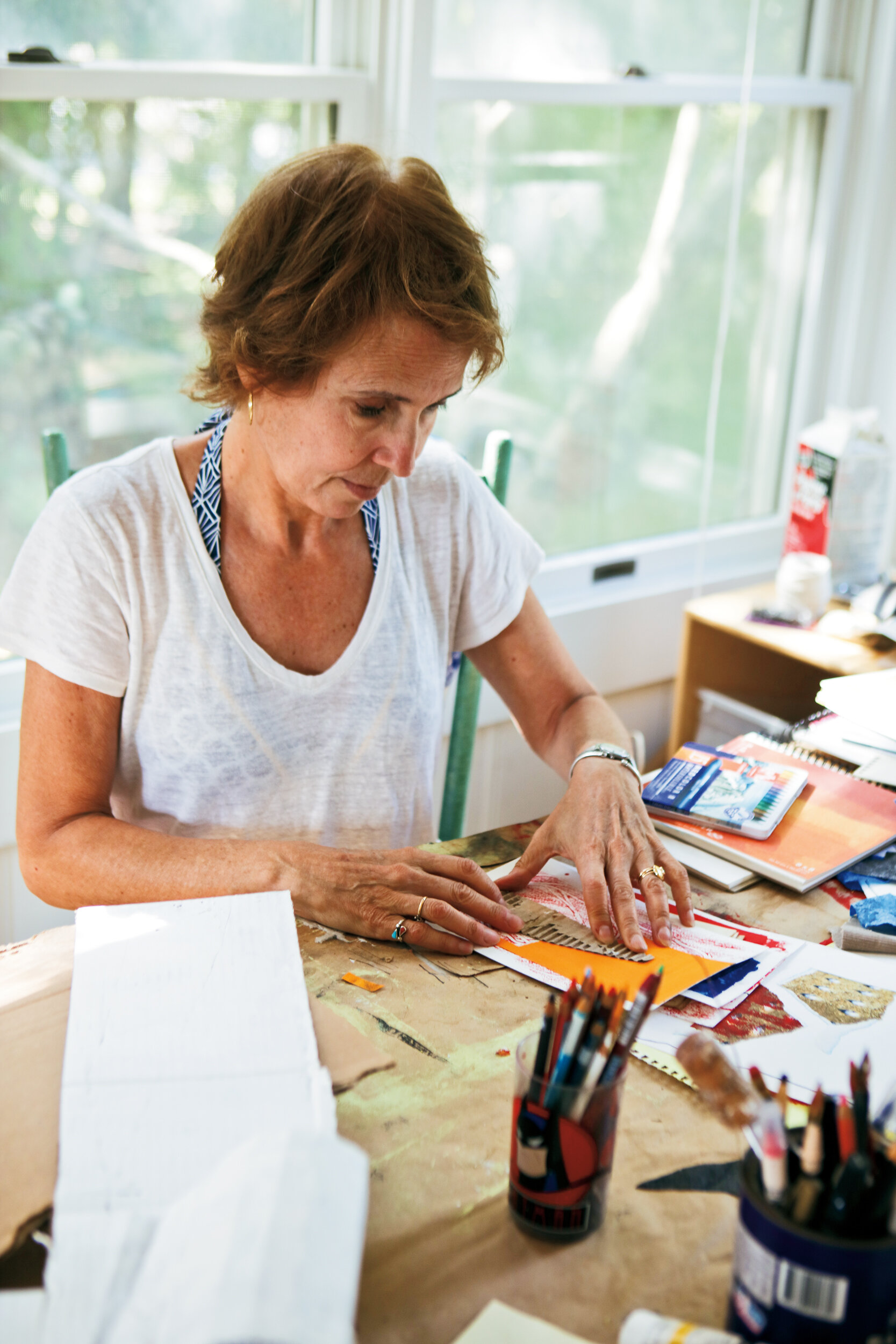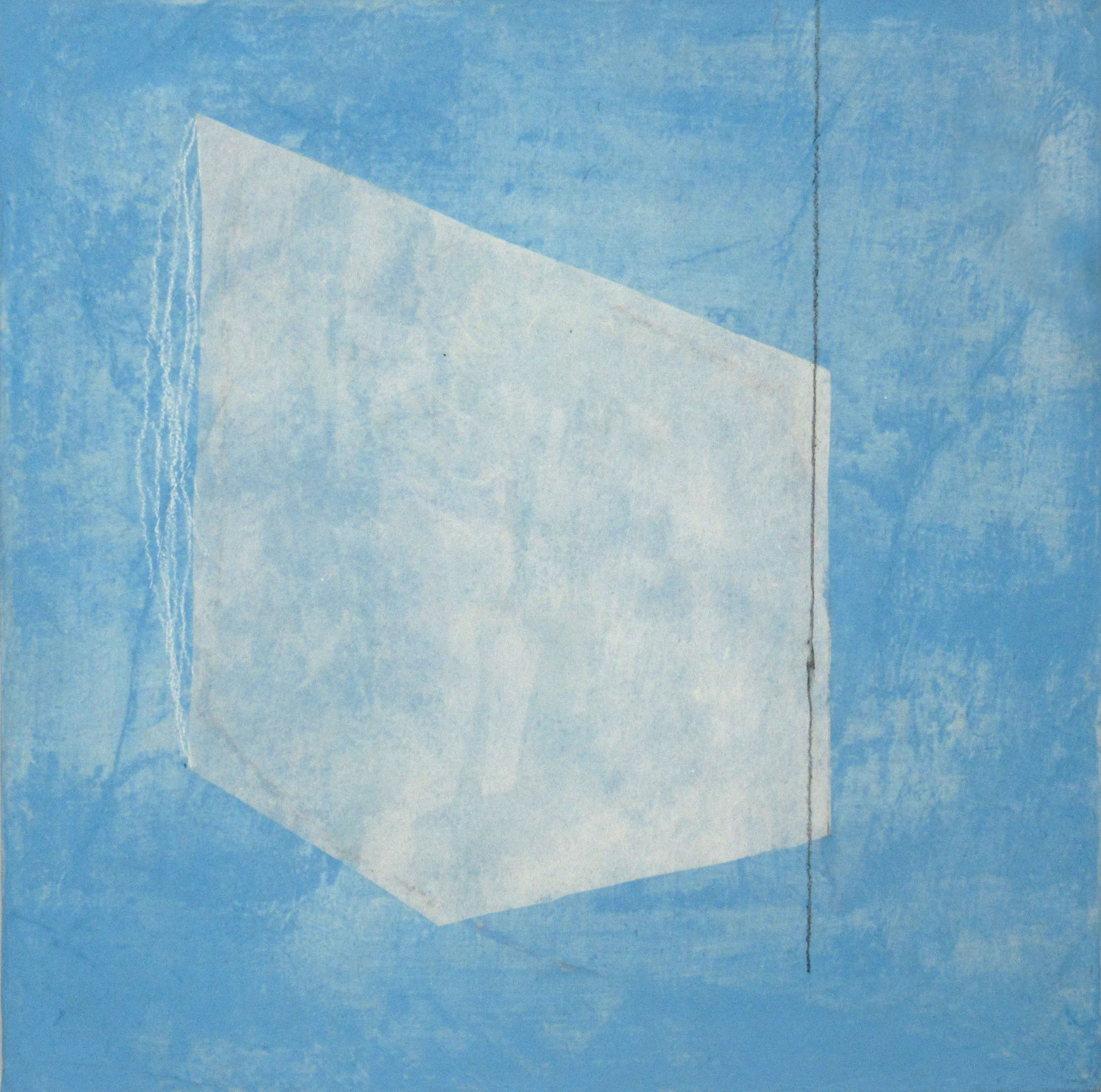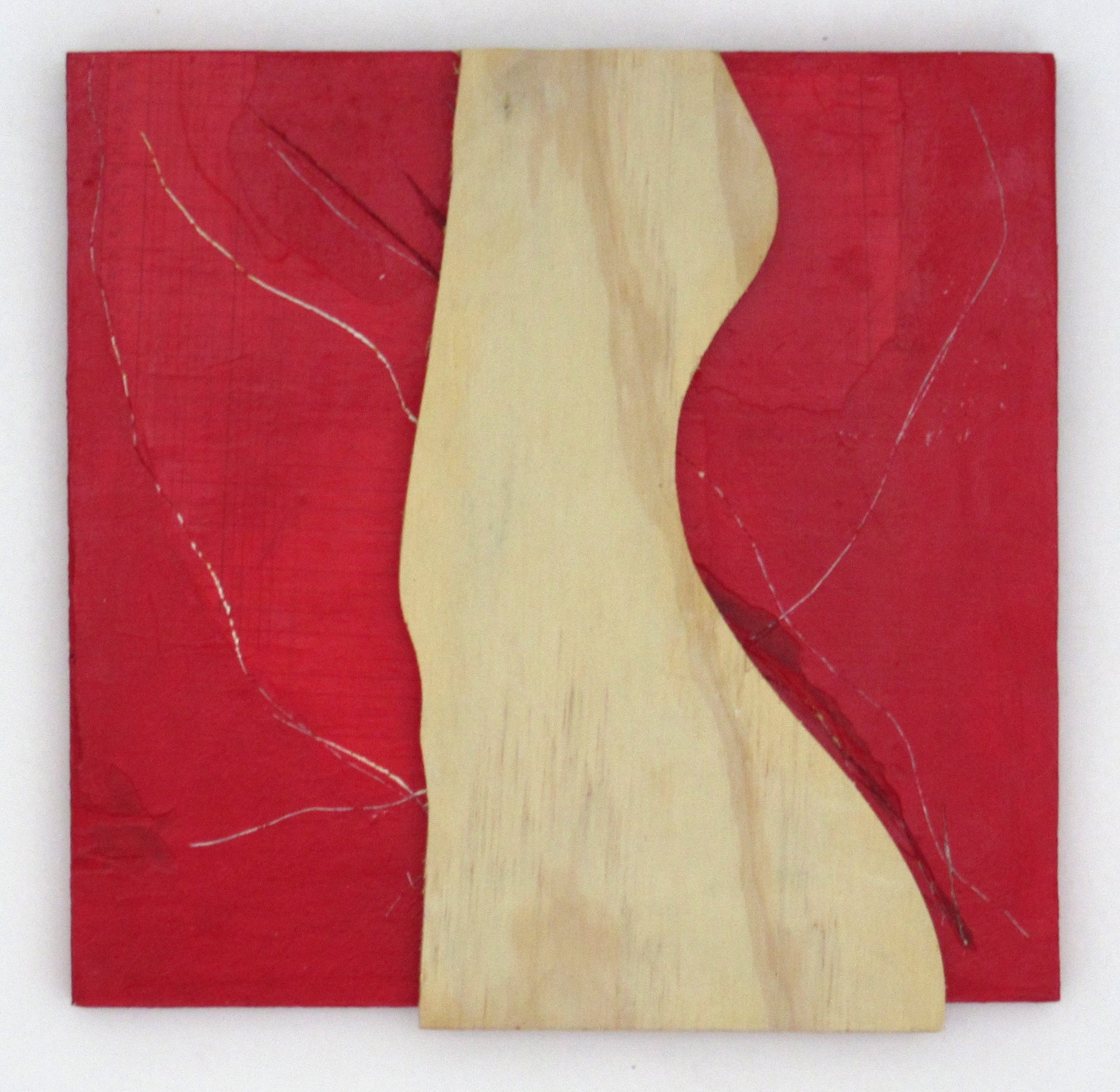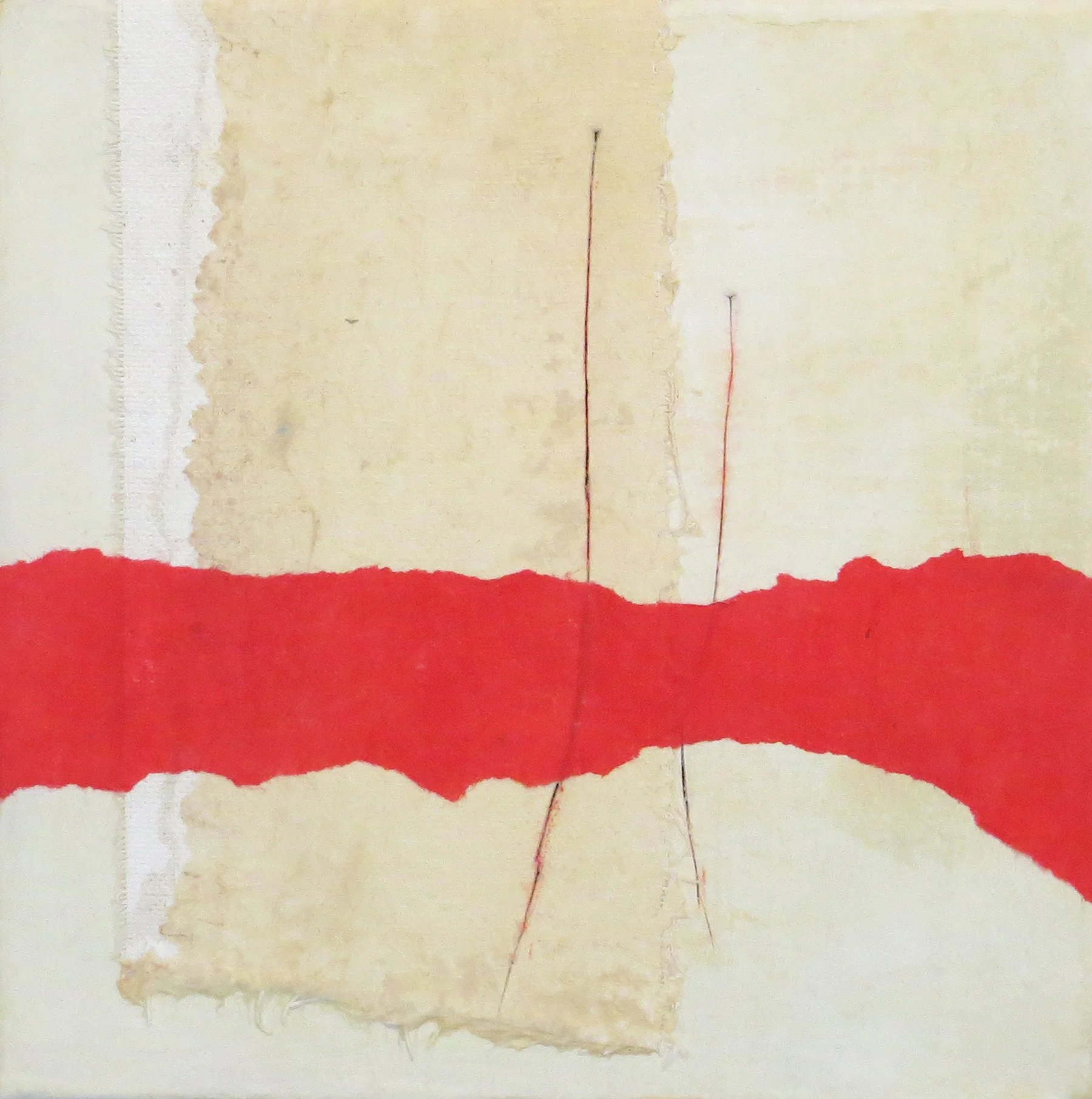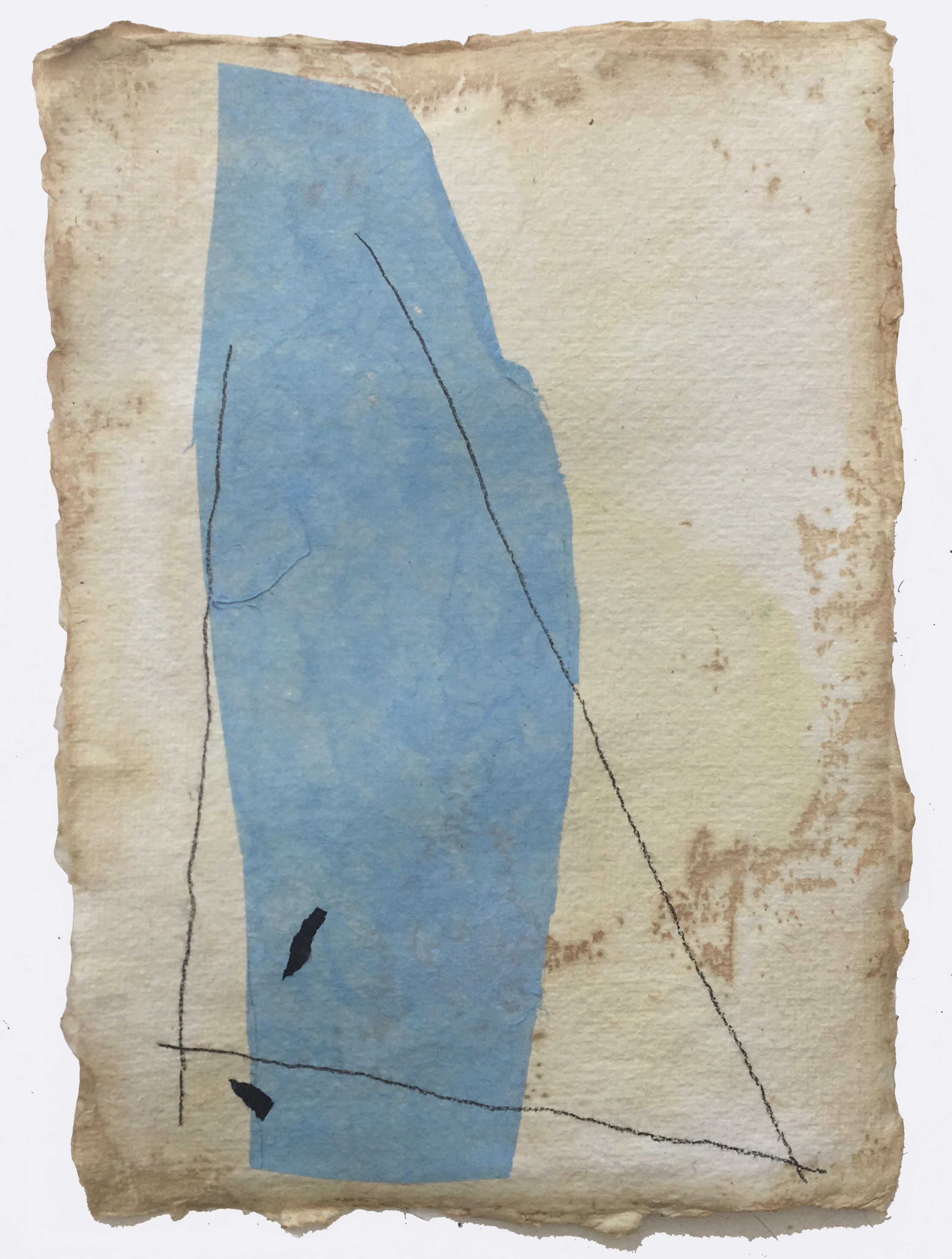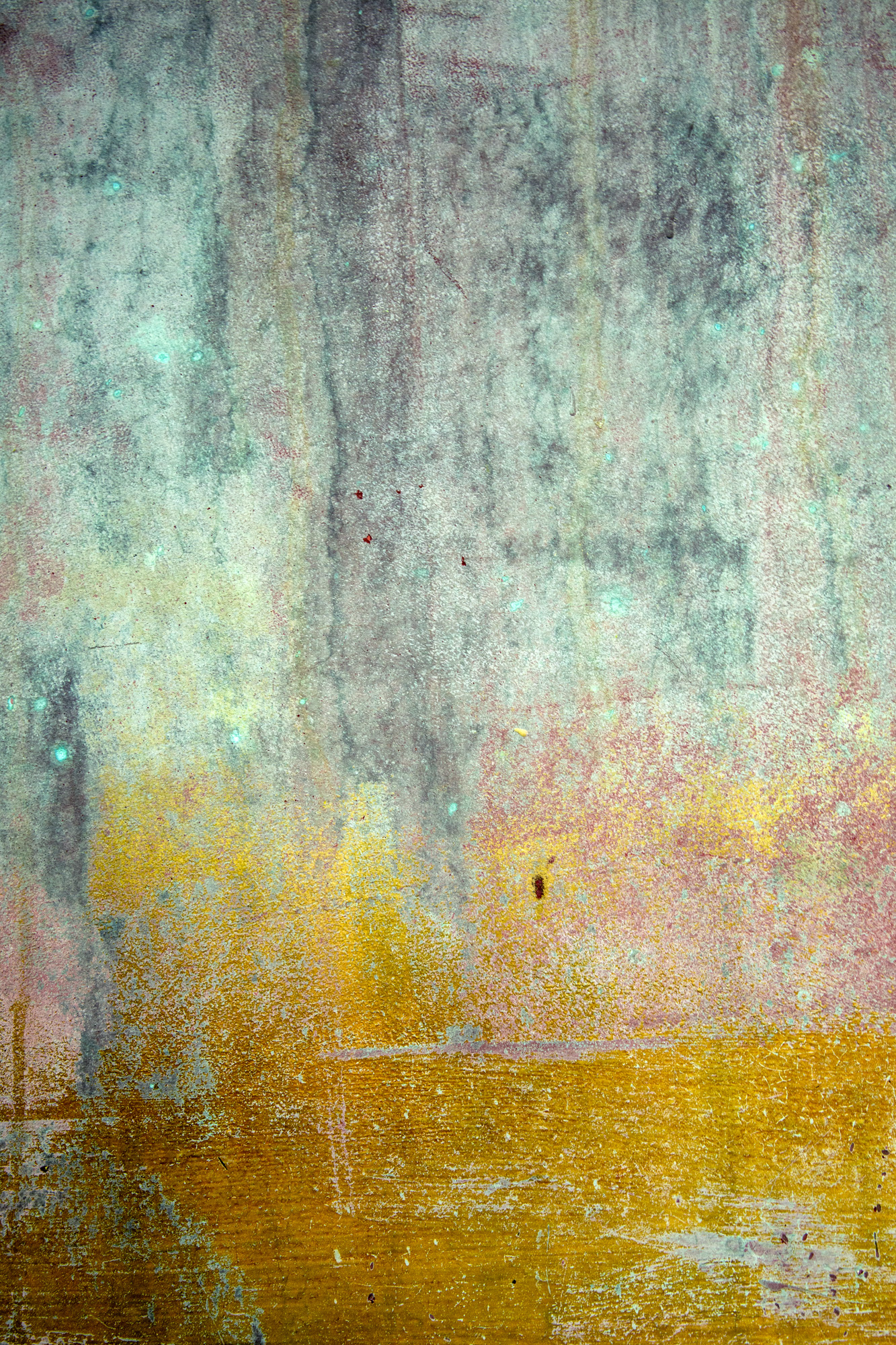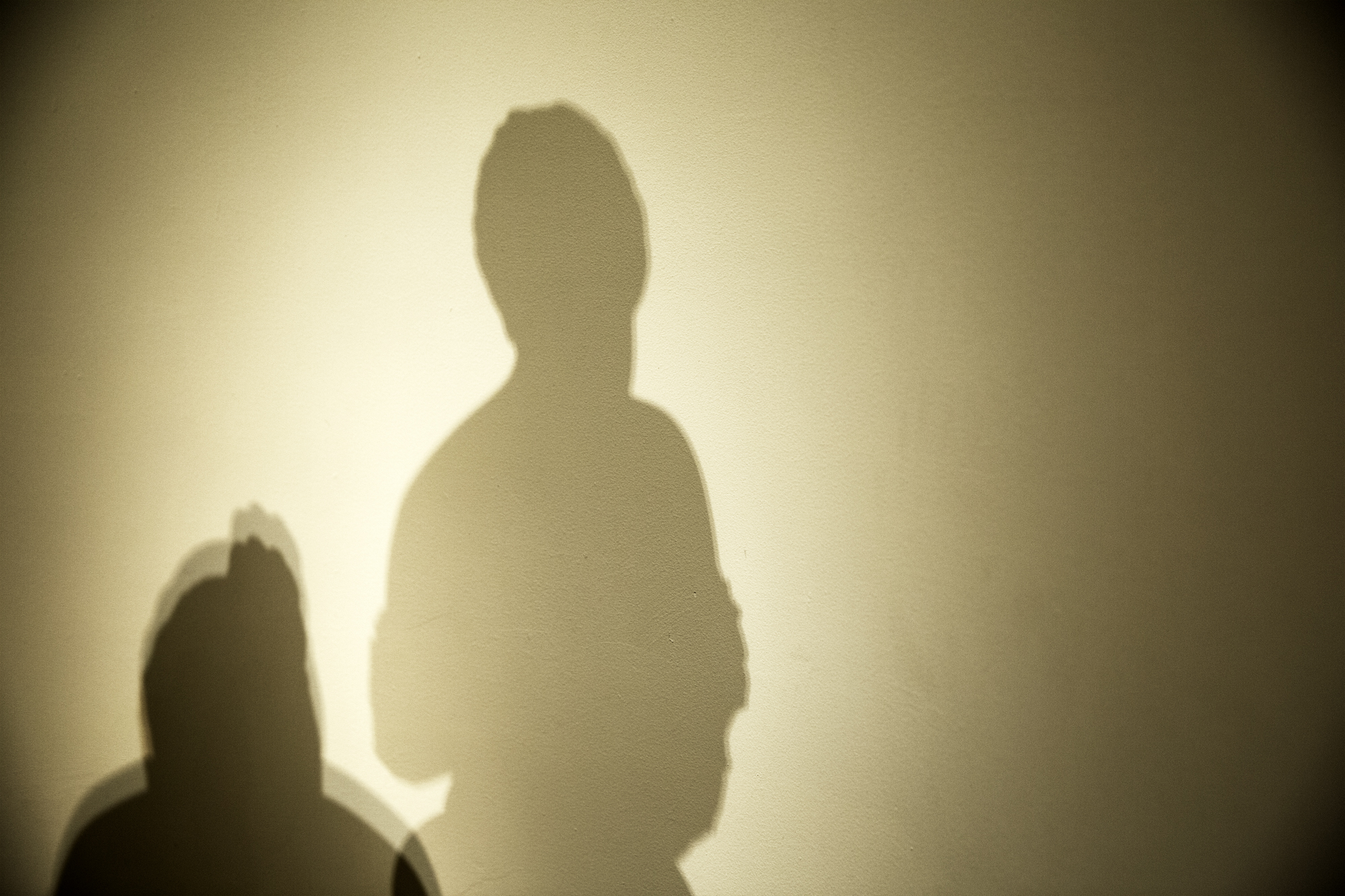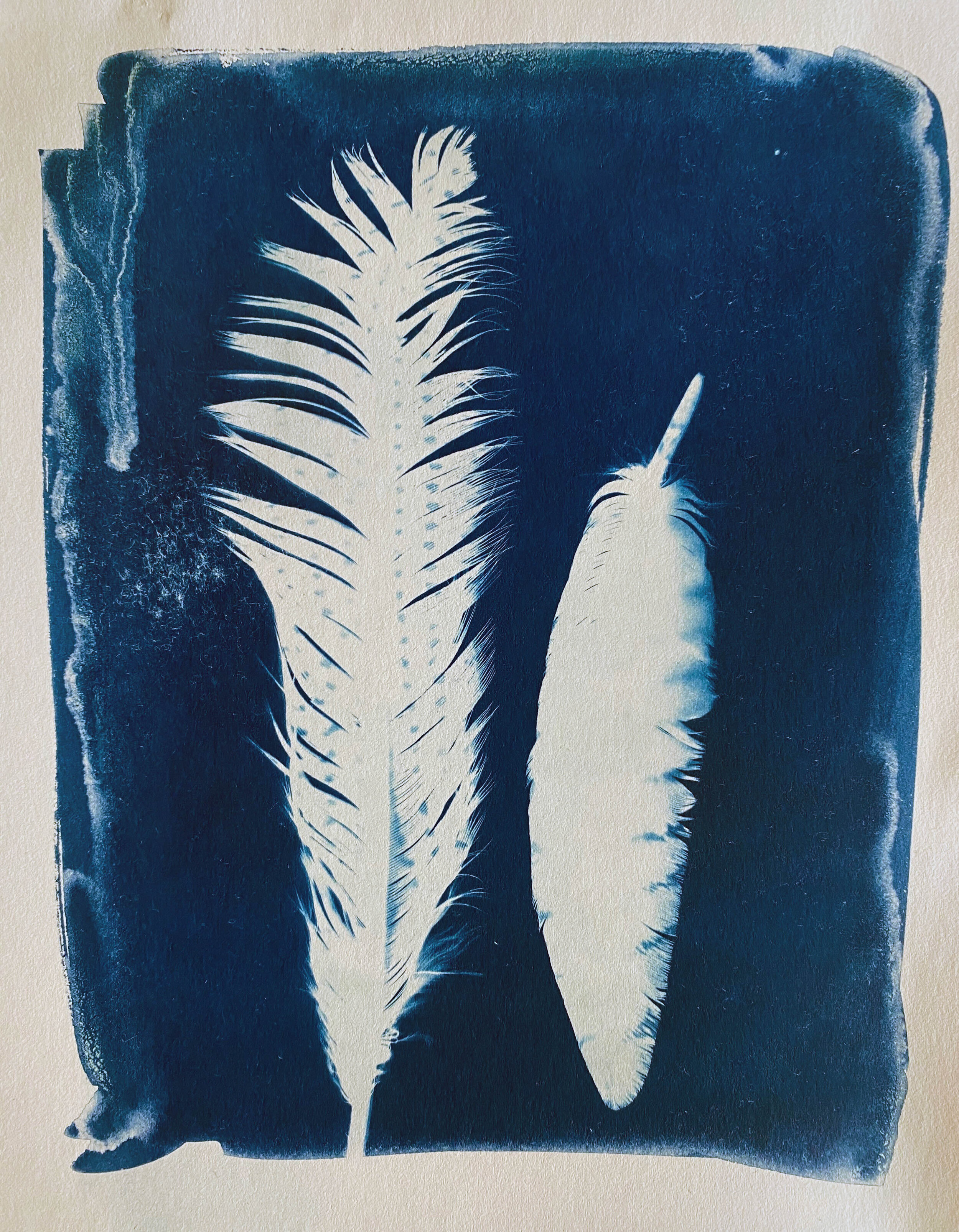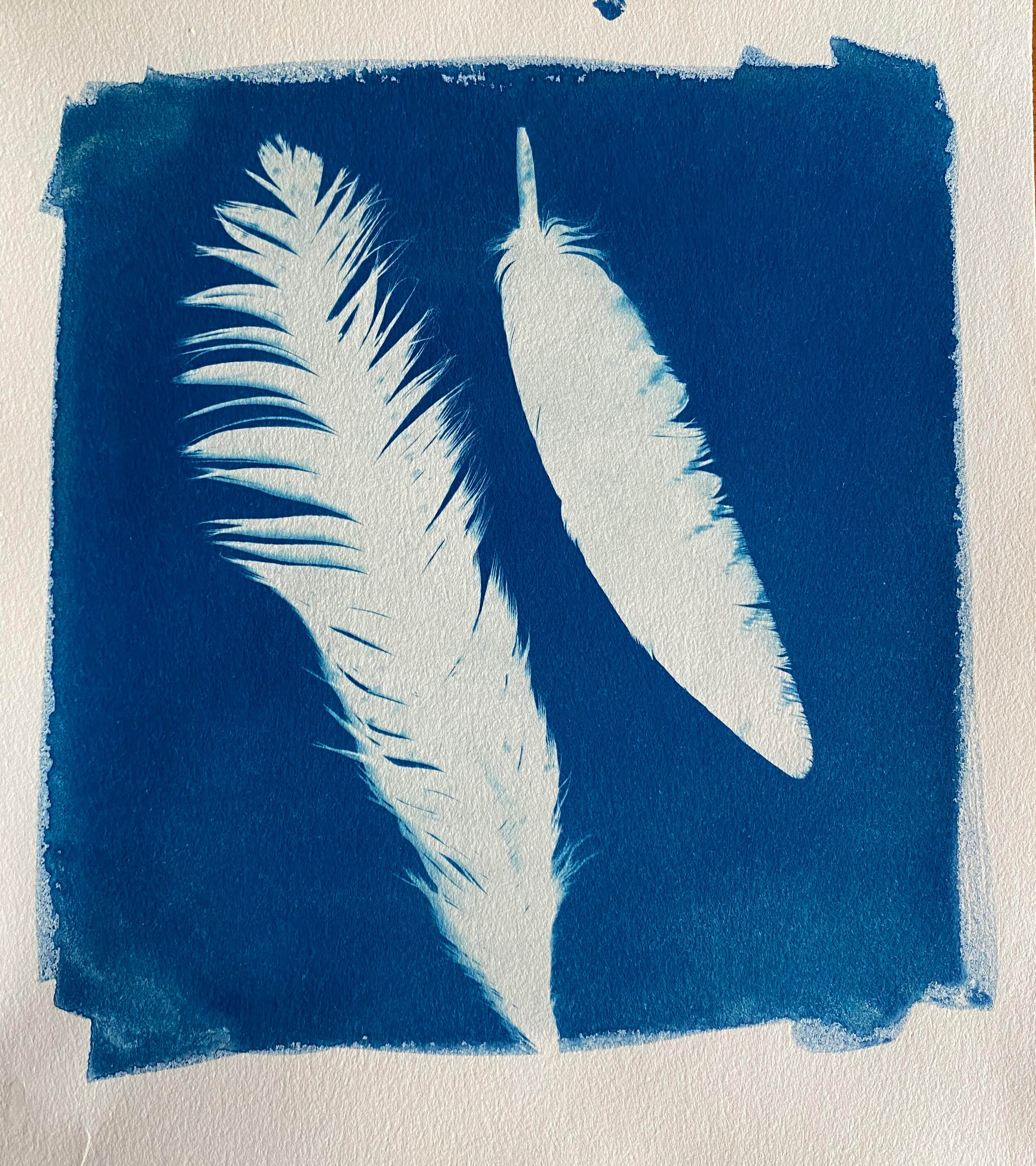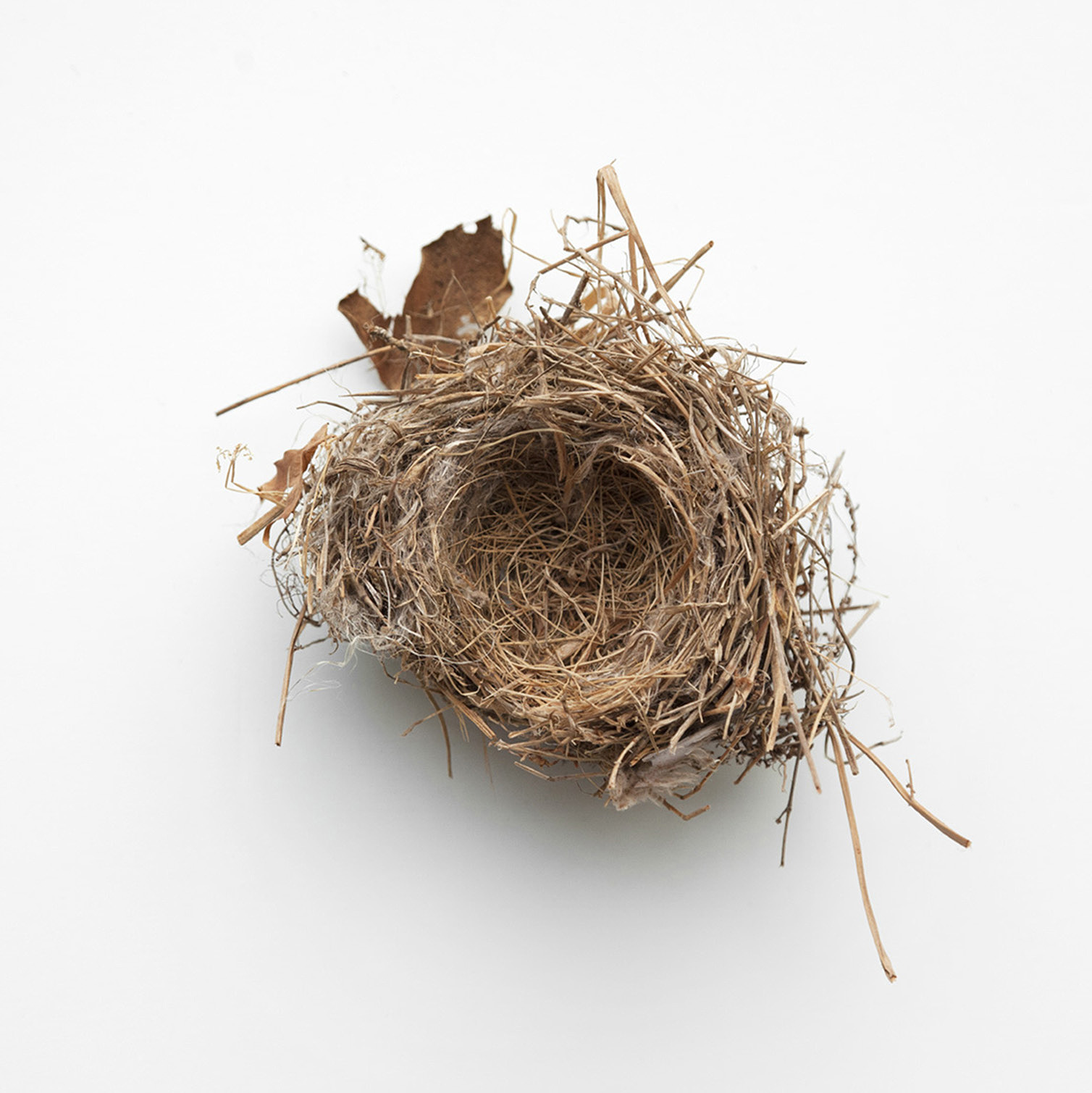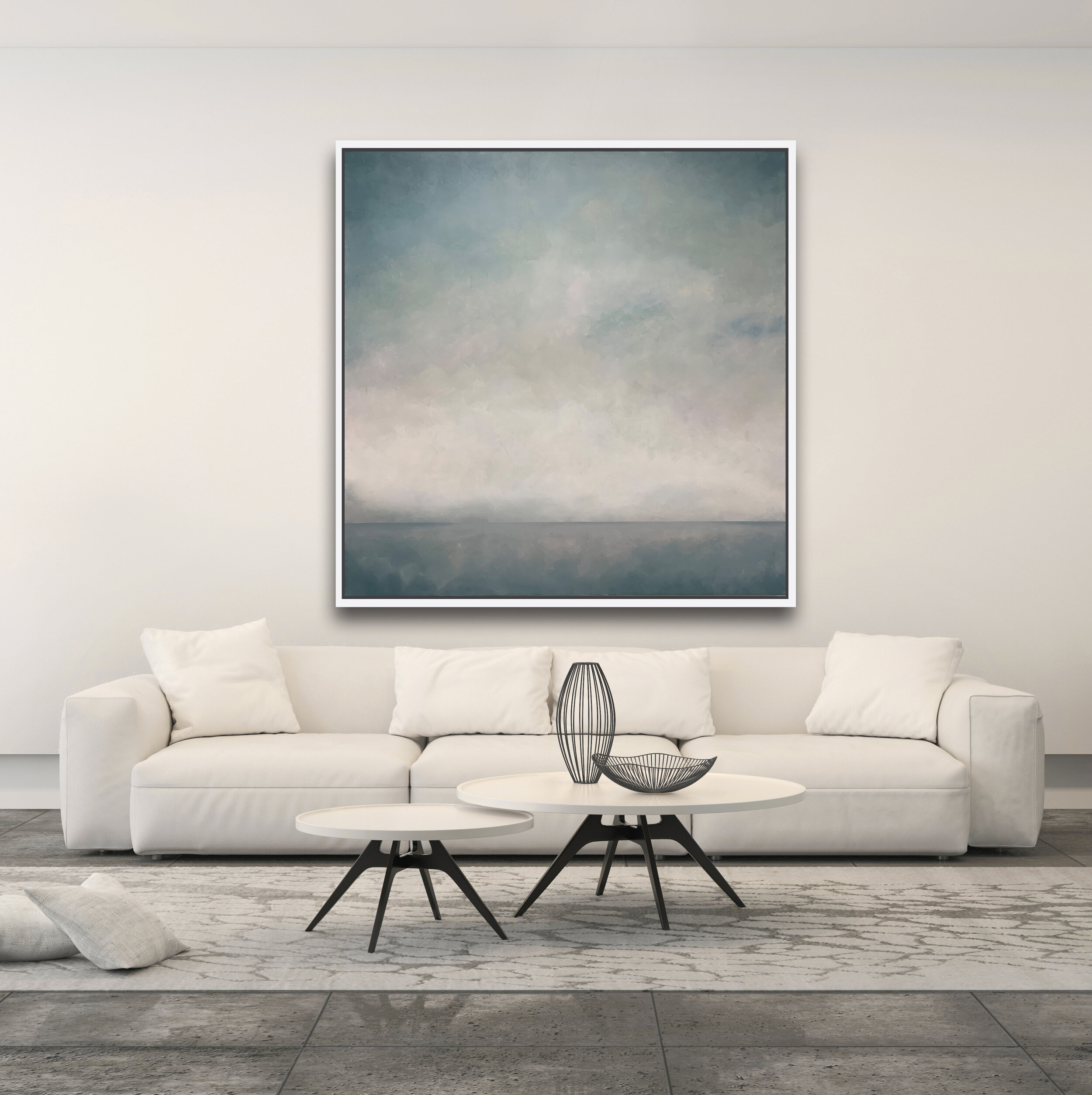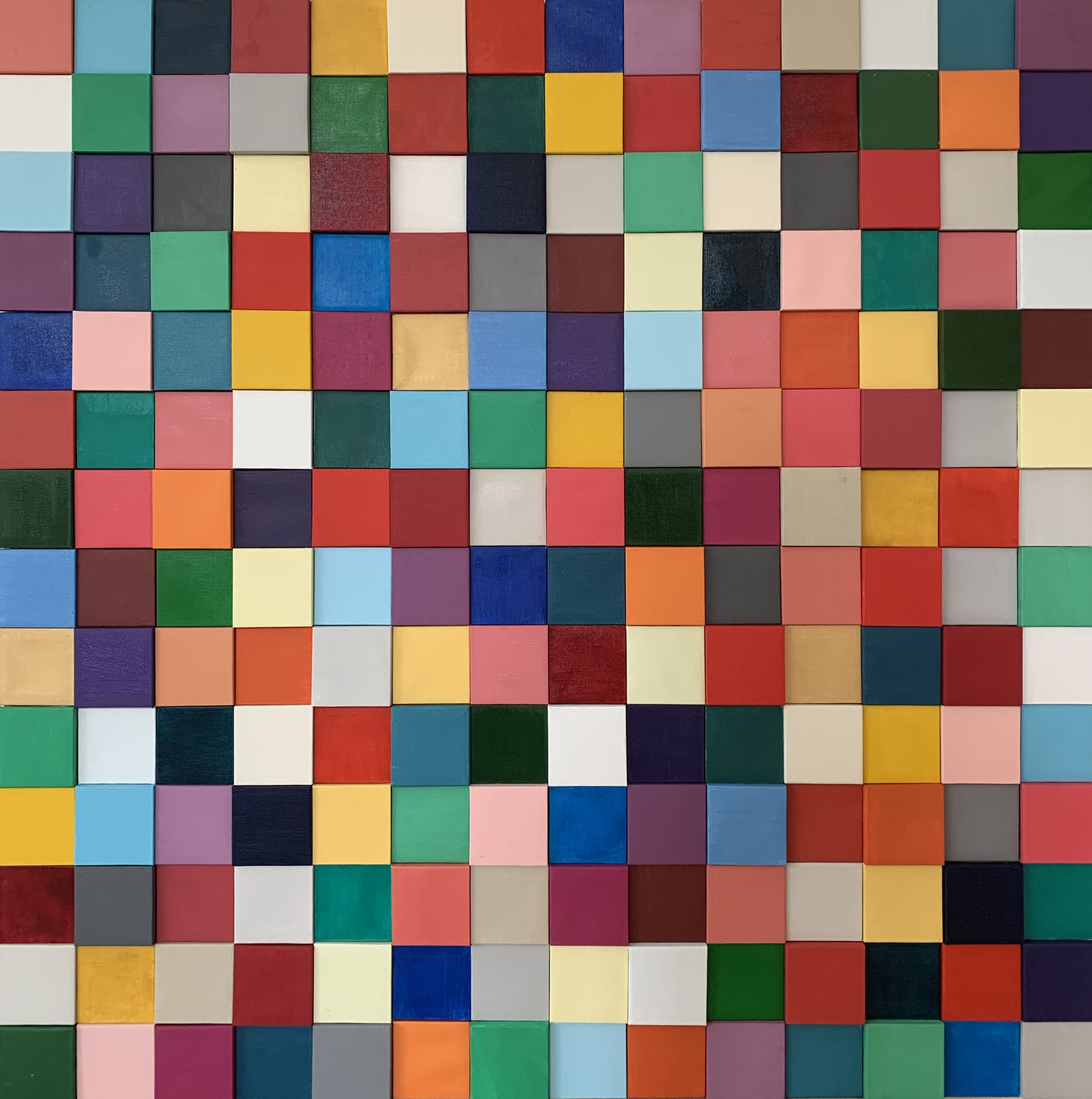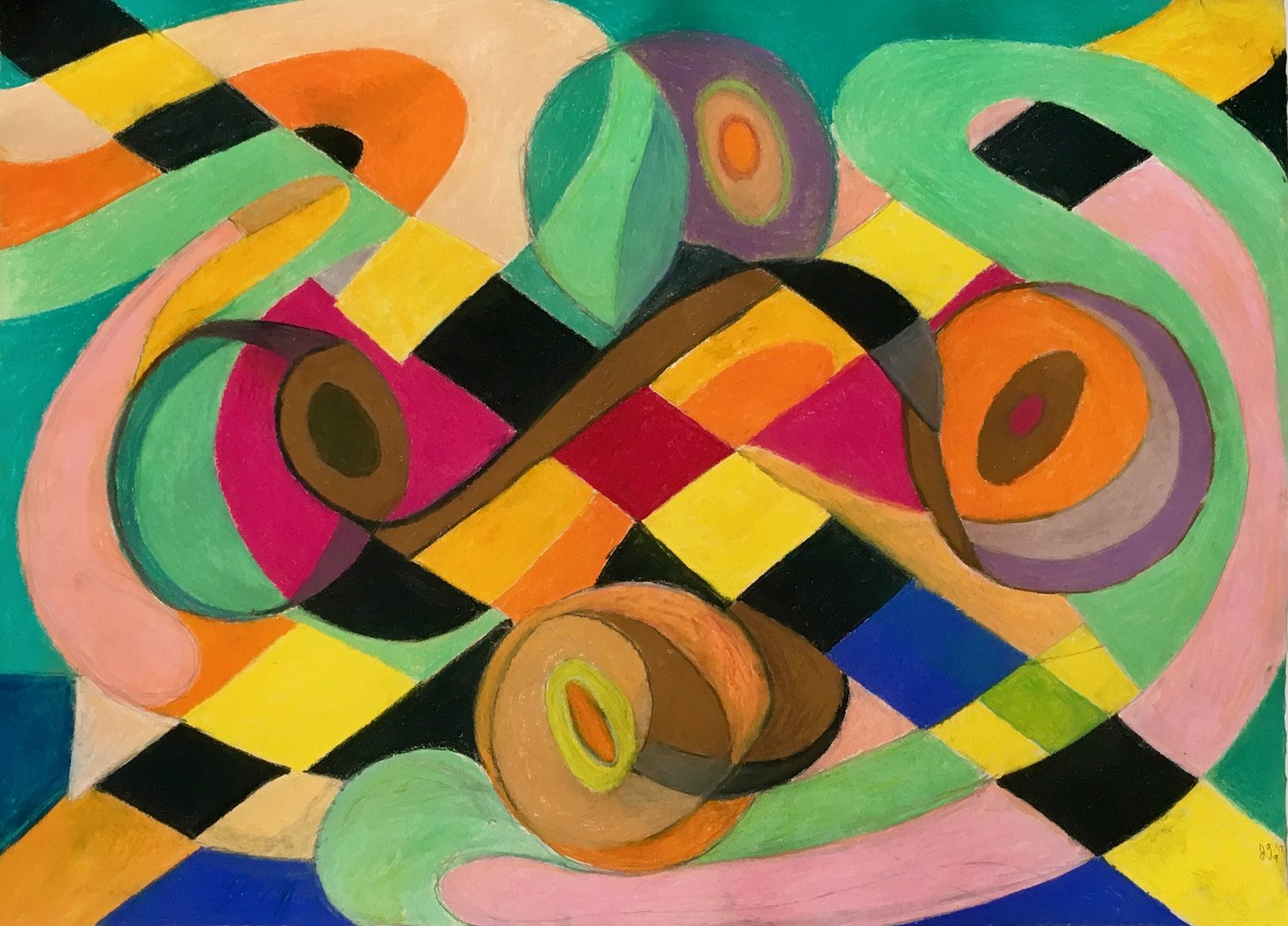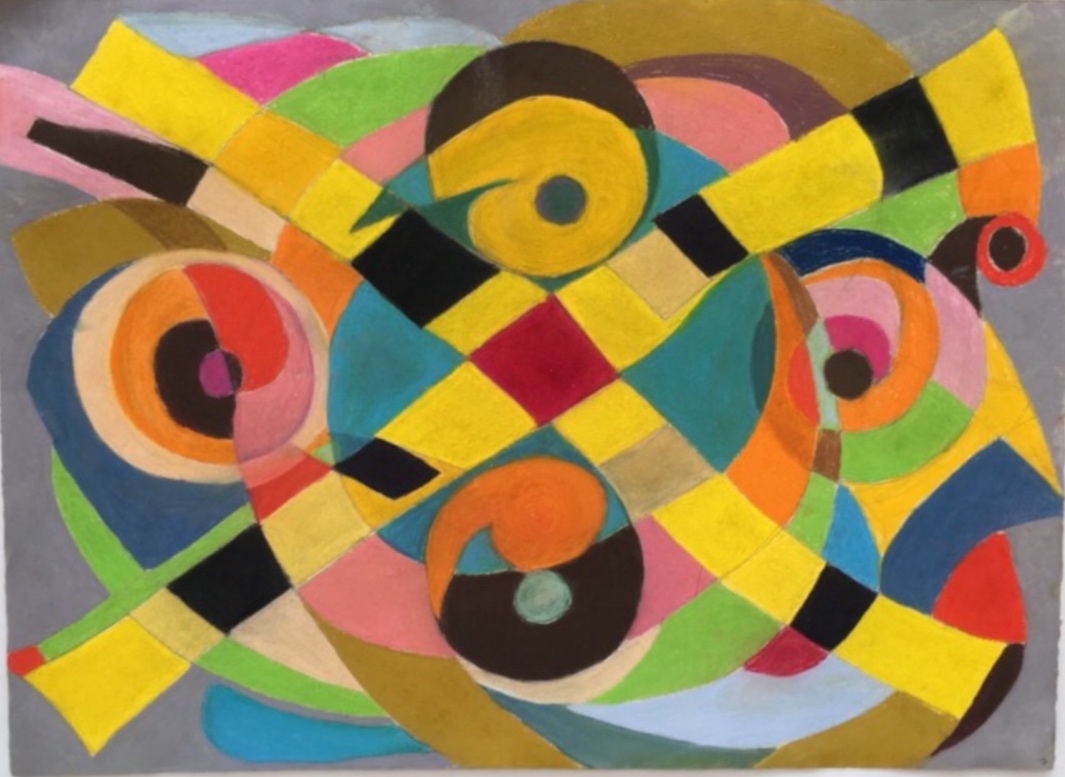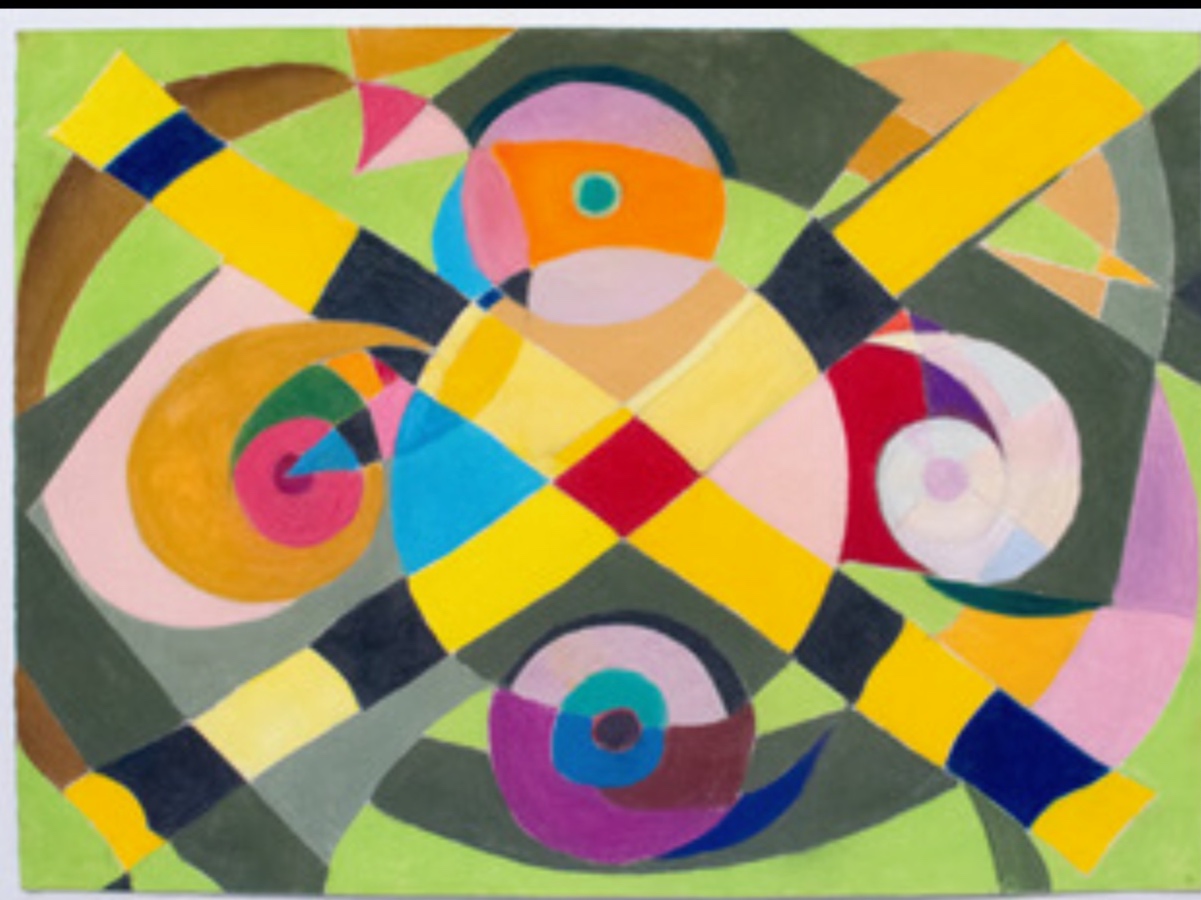“There’s a serenity to Walderdorf’s work, as well as a painterly quality that makes the work feel sensual. He presents the natural world with his particular artistry.”
“My primary subject is beauty. I spend long hours on the beach observing, watching and studying. I see the ocean and sky as continuously changing colors and movement, set into a rhythm of geometric forms, and the people on the beach not as people but as ever evolving shapes. To me, the world is one big canvas and the camera is my instrument to transform the visual into a photographic painting of ever-shifting color and light. My images are never planned, capturing rather a distinct moment in time that is impossible to reconstruct.” - FW
Franz Walderdorff, considers himself an artist who uses photography. His works suggest watercolor—more like products of pigment and wash. They are abstracted visions of the natural world and the everyday: sun, sand, sea, and bathers on the beach. Walderdorff’s photographs often make us wonder what we are looking at: what scale, what location? Where we see sky or sand he sees continuously changing color and movement.
Walderdorff was born in Munich, Germany in 1961 and studied photography at the Lazi school in Stuttgart. After graduating, he moved to Hamburg to work with the photographer Werner Bokelberg, from whom he learned advertising, portrait and beauty photography. In 1986 Walderdorff moved to New York City. After several years of working with photographers like Bruce Weber and Denis Piel, he was picked up by the legendary Carrie Donovan and started shooting for the New York Times Magazine.
Walderdorff’s work has been widely published in Allure, Spanish and Chinese Vogue, Italian, British and German Glamour, among other magazines. He was on contract with Allure for 22 years. He has widely exhibited his pictures in North America as well as Europe. In 2010, Walderdorff moved to Southampton, New York with his wife and two daughters. He dedicates most of his time now to creating art photography and shooting portraits.
Shinnecock, 2012, photograph, 30 x 20 in, edition of 10
ARTIST'S CAROUSEL
rotating exhibit of current & recently sold work
FRANZ WALDERDORFF speaks to folioeast’s COCO MYERS
CM/ WHEN DID YOU START PHOTOGRAPHY? WHAT LED YOU TO IT?
FW/ My father gave me a camera for my 15th birthday. Maybe he thought that would keep me out of trouble. I started experimenting with it right away. I’d walk around the neighborhood in Frankfurt where I grew up and take pictures of anything that captured my attention. A year later I set up a dark room in our basement. I loved being able to process and print everything myself.
CM/ DO YOU HAVE AN ART BACKGROUND/SCHOOLING?
FW/ I studied photography for 2 years in Stuttgart, Germany. Everything else I know I learned through experience.
CM/ HOW WOULD YOU DESCRIBE THE SUBJECT MATTER YOU CHOSE?
FW/ Before I started my art photography I was a beauty photographer. So everything I do is connected to beauty. The ocean to me is the most beautiful and serene place there is. So what I do now is really an extension of what I have always done.
CM/ YOU ARE DRAWN TO THE COEAN—BOTH IN YOUR SEASCAPES AND THE BATHER SERIES. WHAT IS IT ABOUT THE SEA THAT INSPIRES YOU?
FW/ I love movement. I am not a still life photographer. The ocean is never still. It is tremendously powerful, an ever changing seascape of color. And I see the people on the beach as shapes. Not as people.
CM/ DO YOU ENHANCE YOUR PHOTOS IN ANY WAY? TALK ABOUT THE EFFECTS YOU CREATE OF A ‘PAINTING’
FW/ Yes, just like the old masters would spend hours in the dark room, I spend a lot of time on the computer. I draw my inspiration from abstract painters. The bathers series are collages put together from from different photographs. For my Connections series most of the work happens in the camera but often I combine two or more images to make it one art piece.
CM/ WHEN DID YOU COME TO THE EAST END AND WHY?
FW/ We’d had house on Shelter Island since 1990 where we would go for weekends. In 2000, when our oldest daughter started kindergarten, we decided to move to Sag Harbor full time. We wanted a more relaxed life for the children.
CM/ YOU WORK MOSTLY LARGE-SCALE, WHY?
FW/ I think my work lends itself to being large scale. I am conveying the vastness of nature. It has a much bigger impact.
CM/ WHAT INSPIRES YOU TO KEEP MAKING ART?
FW/ There is nothing better. I have never done anything else professionally other then take pictures. As long as I can create new work I will keep on doing it.


